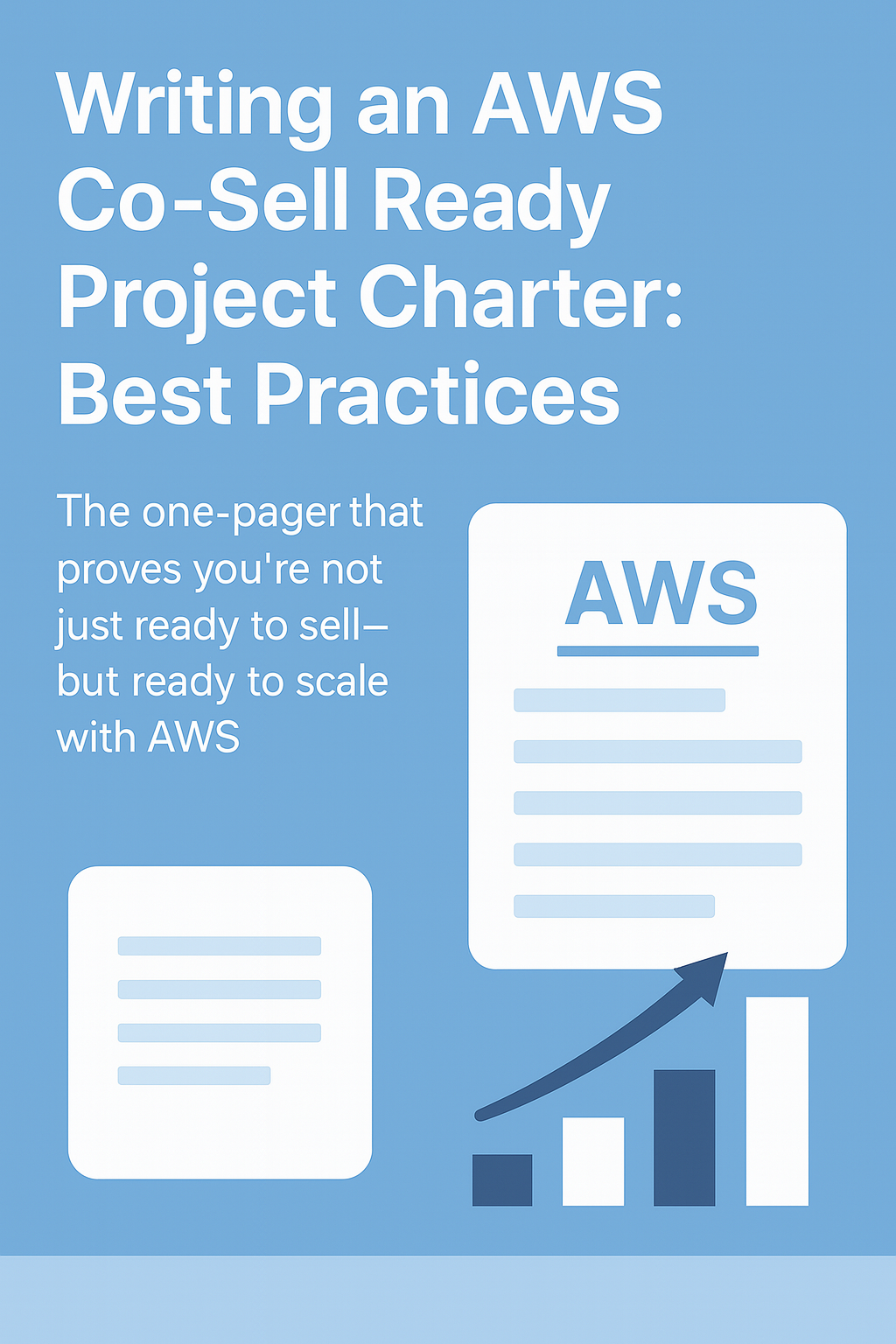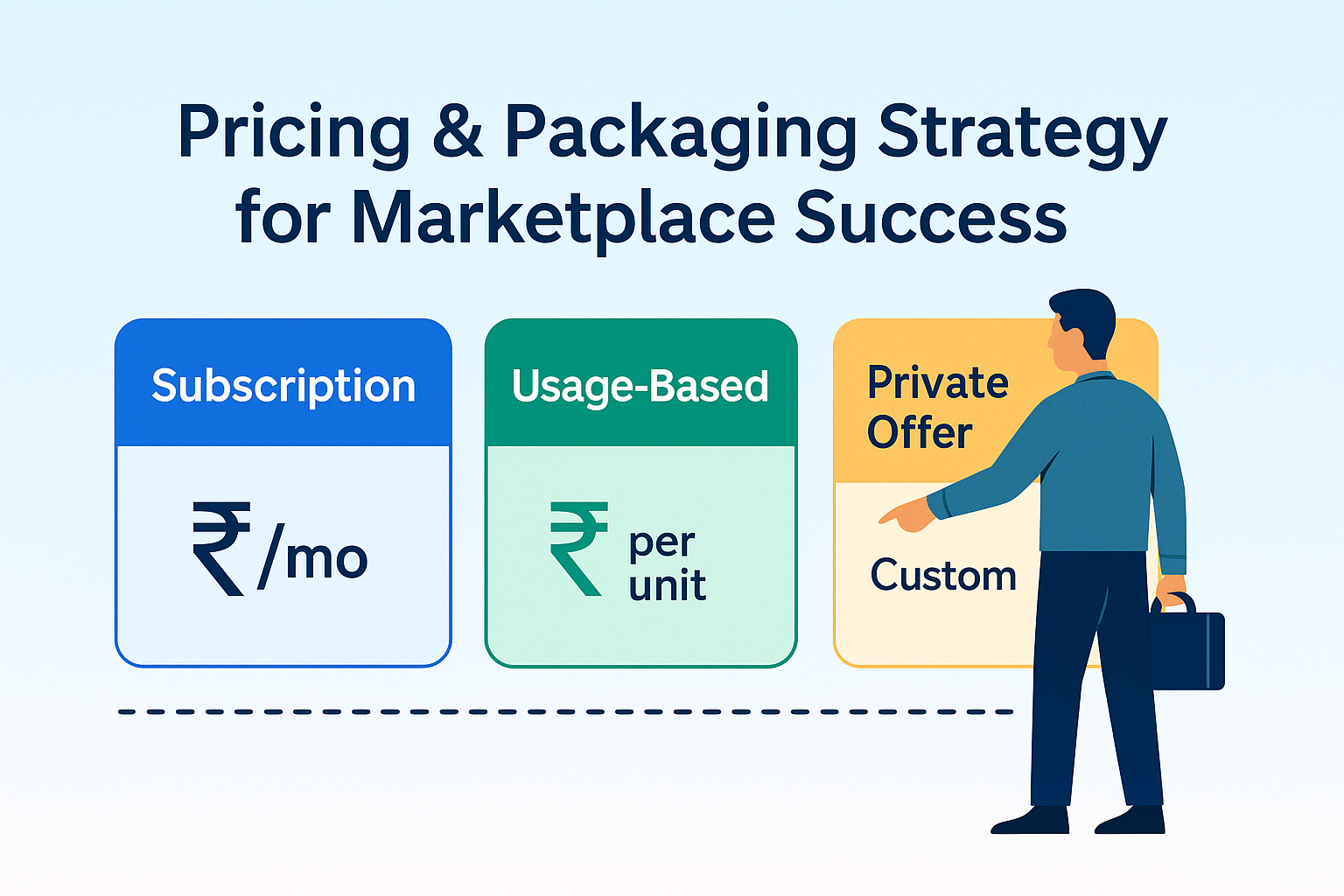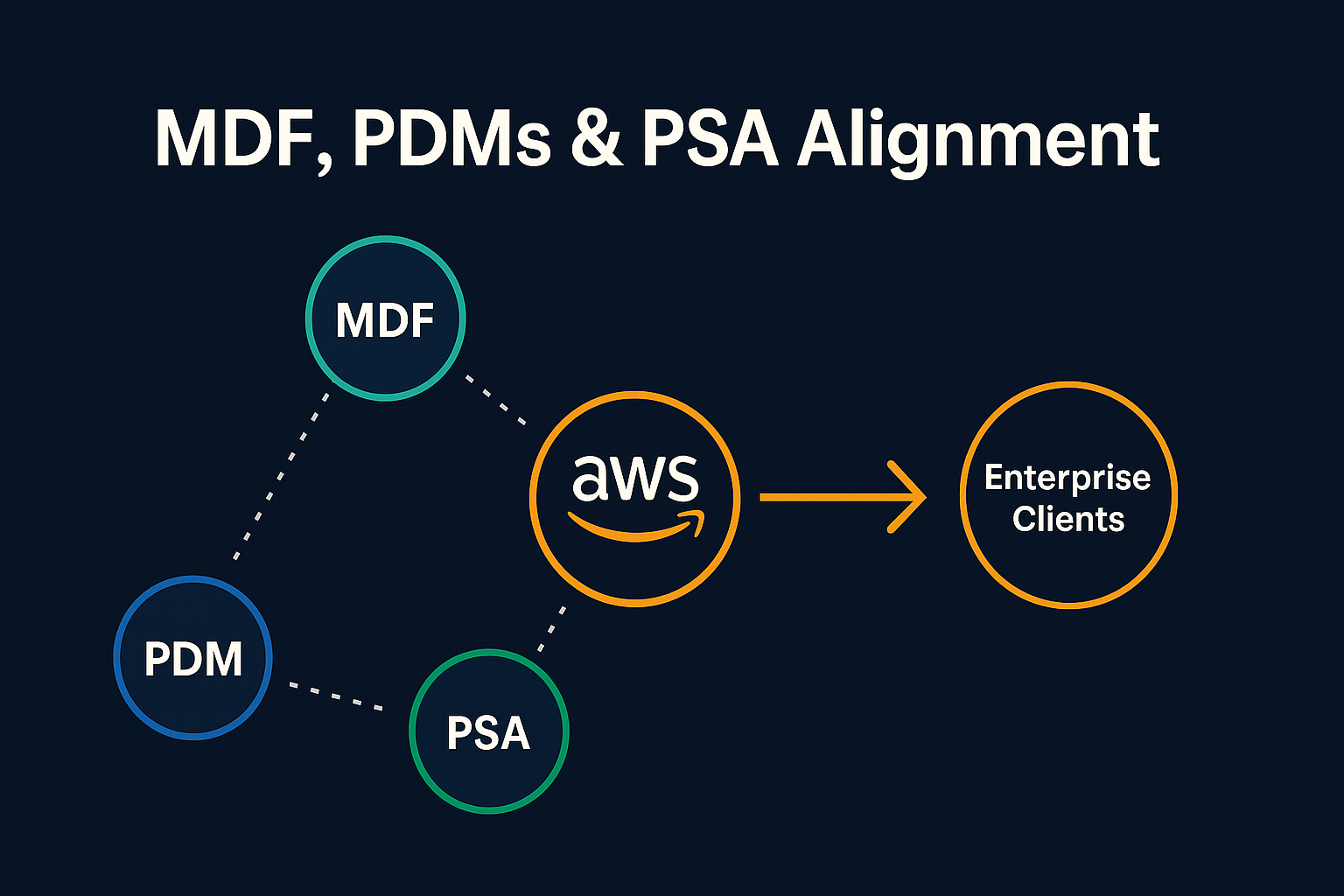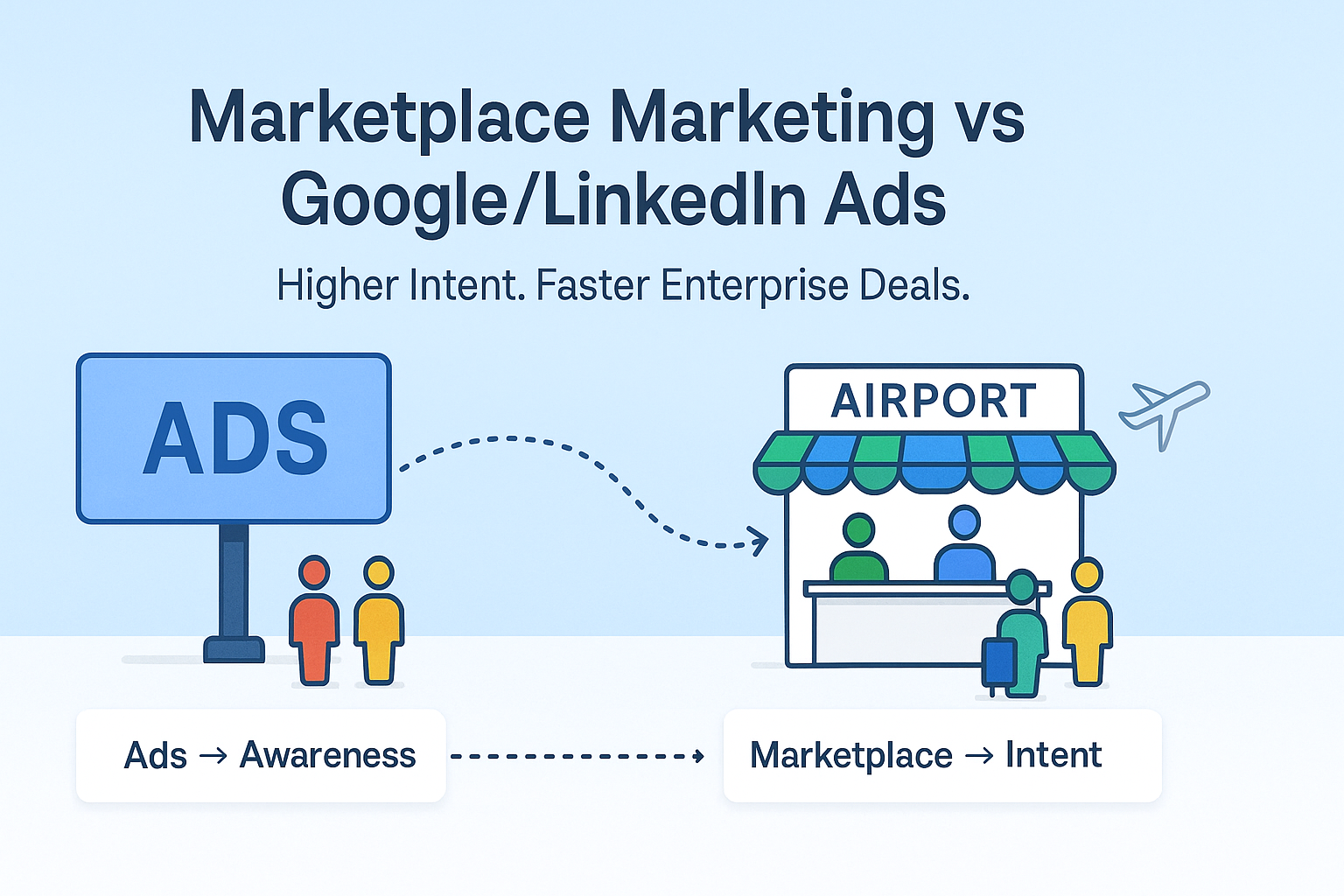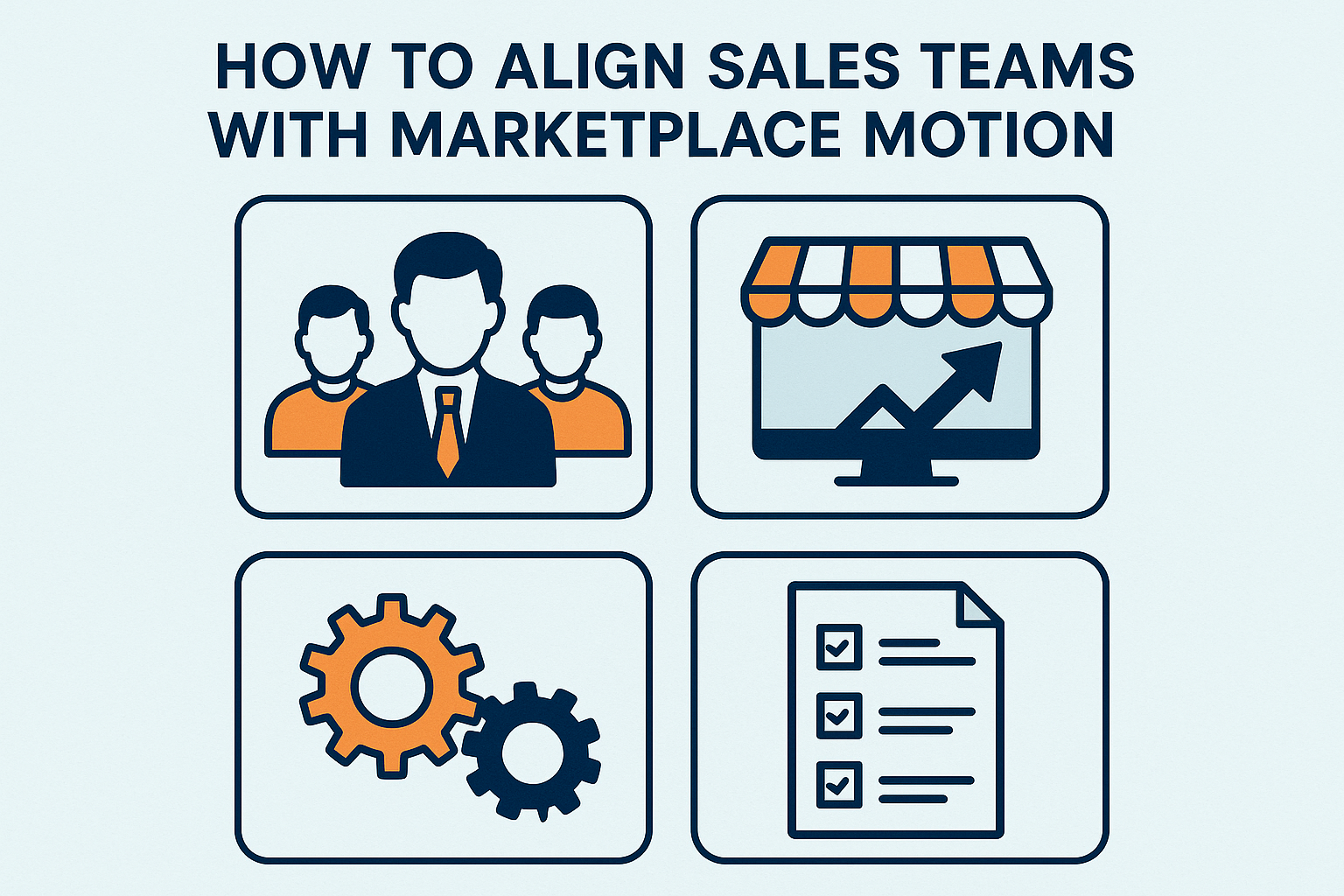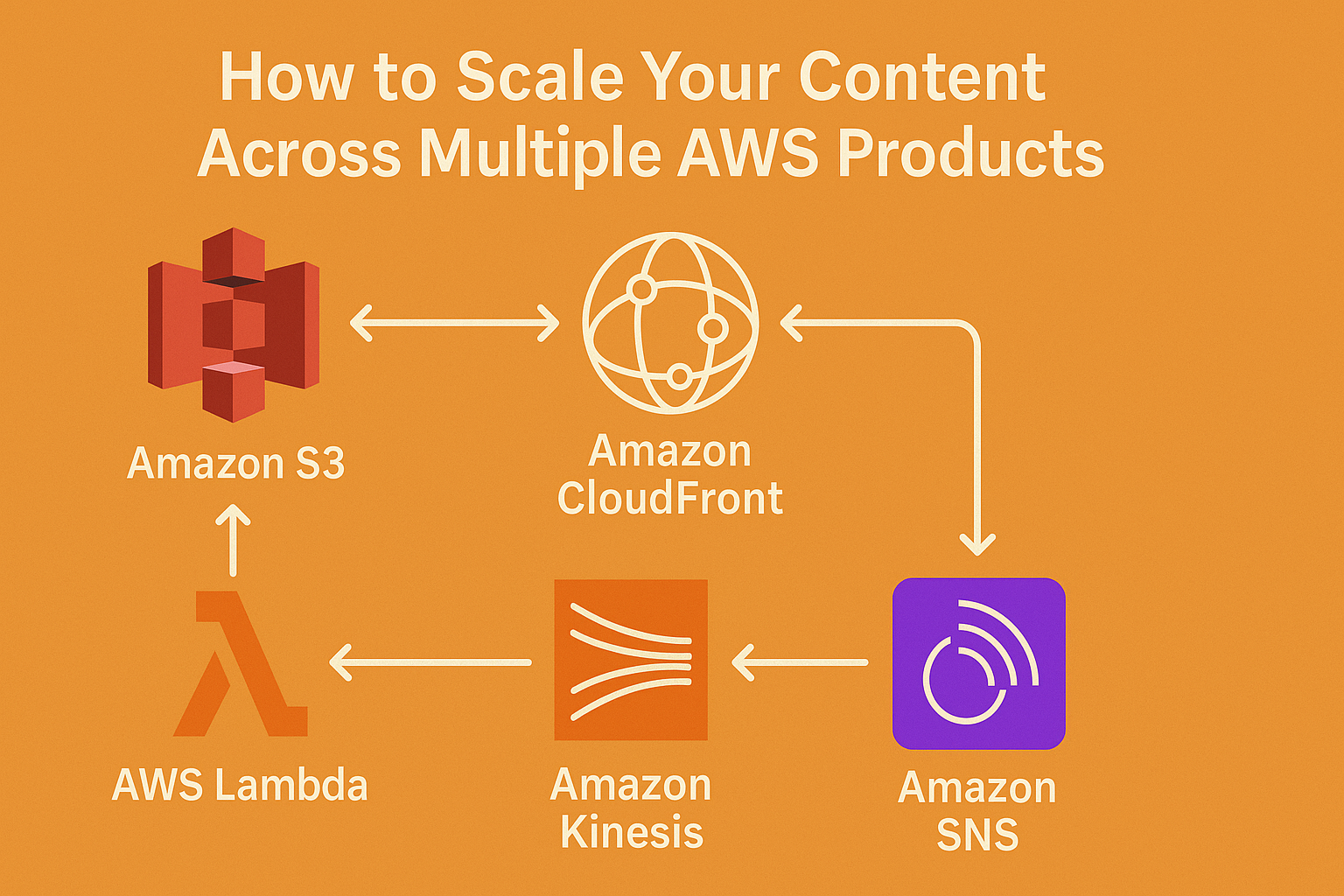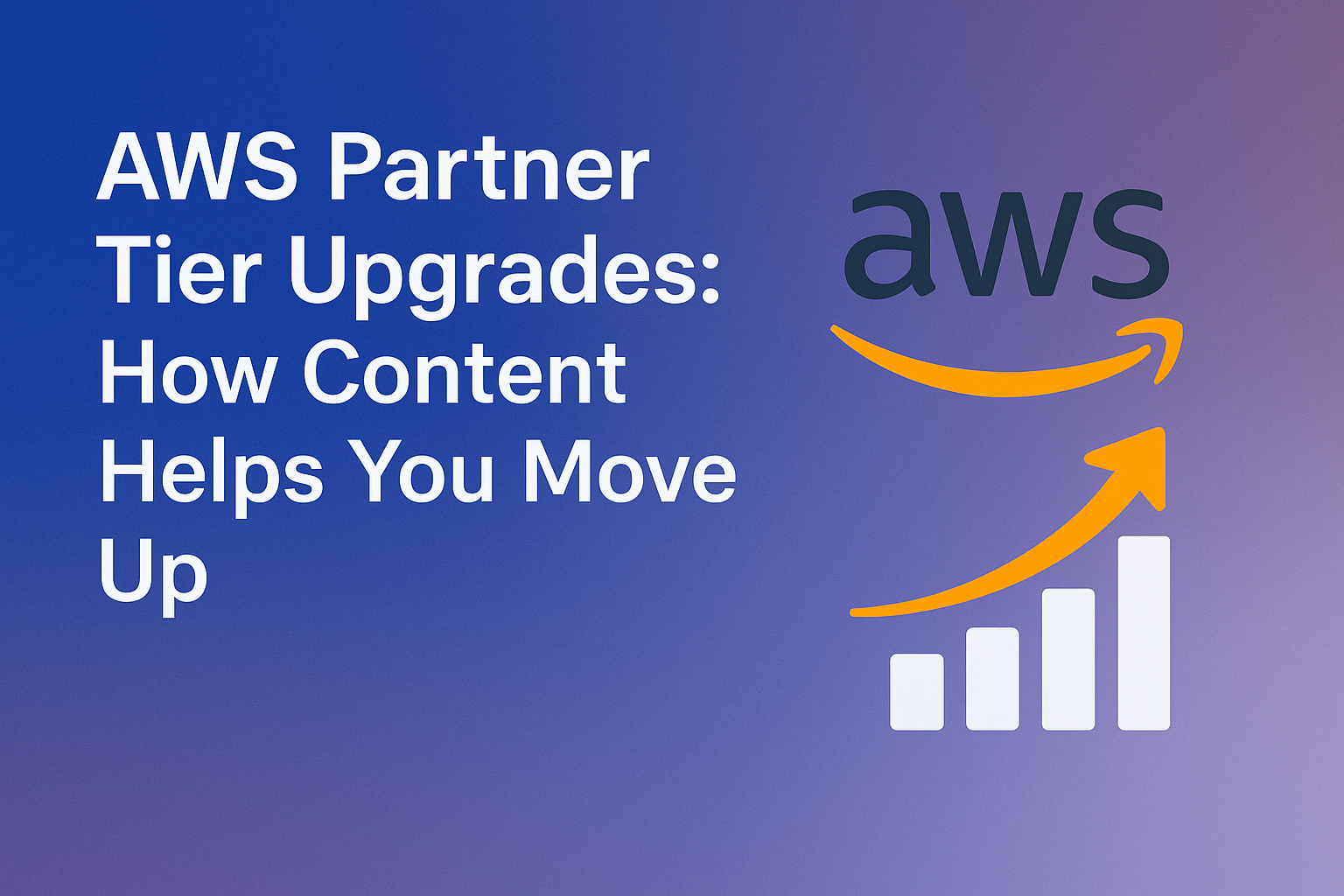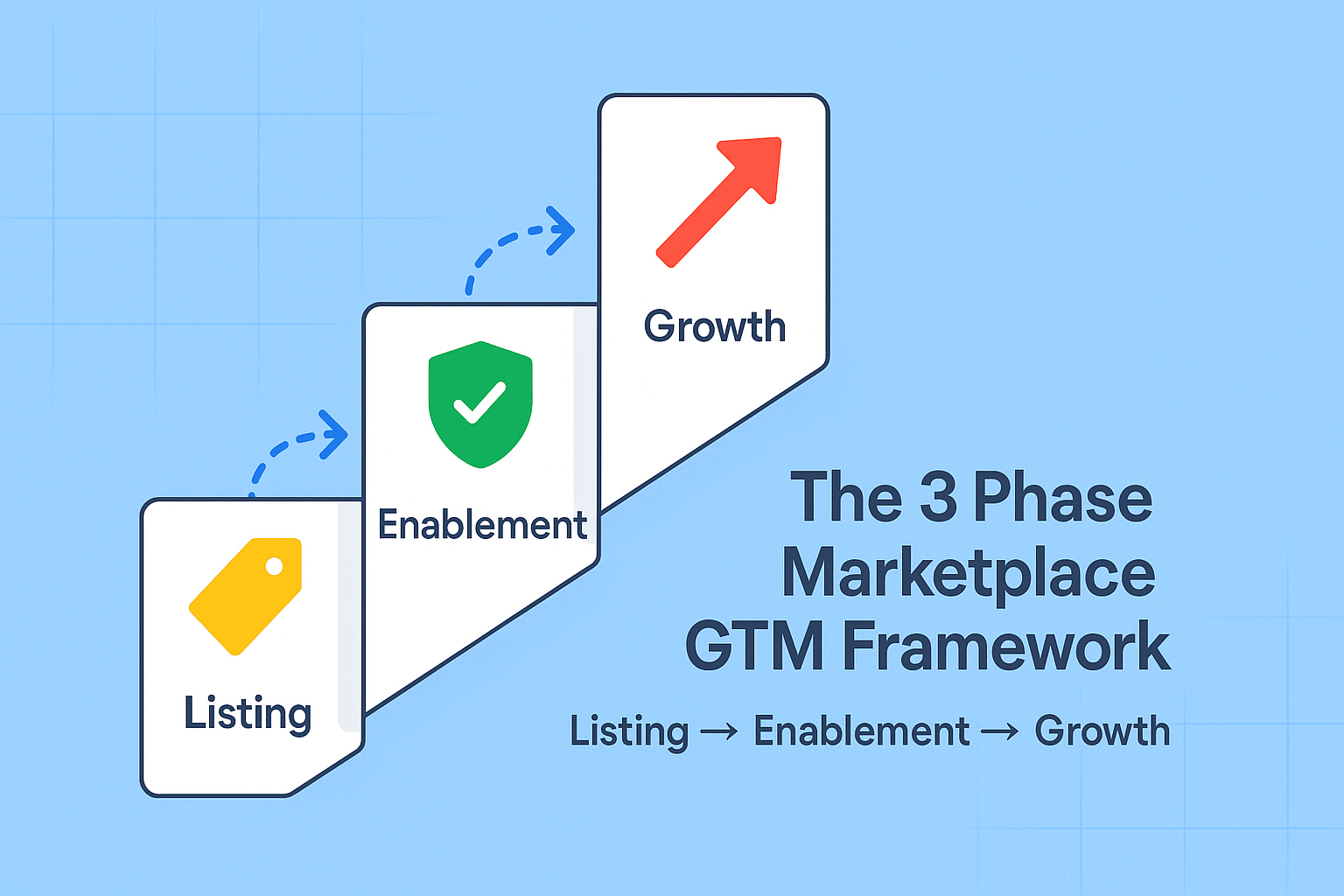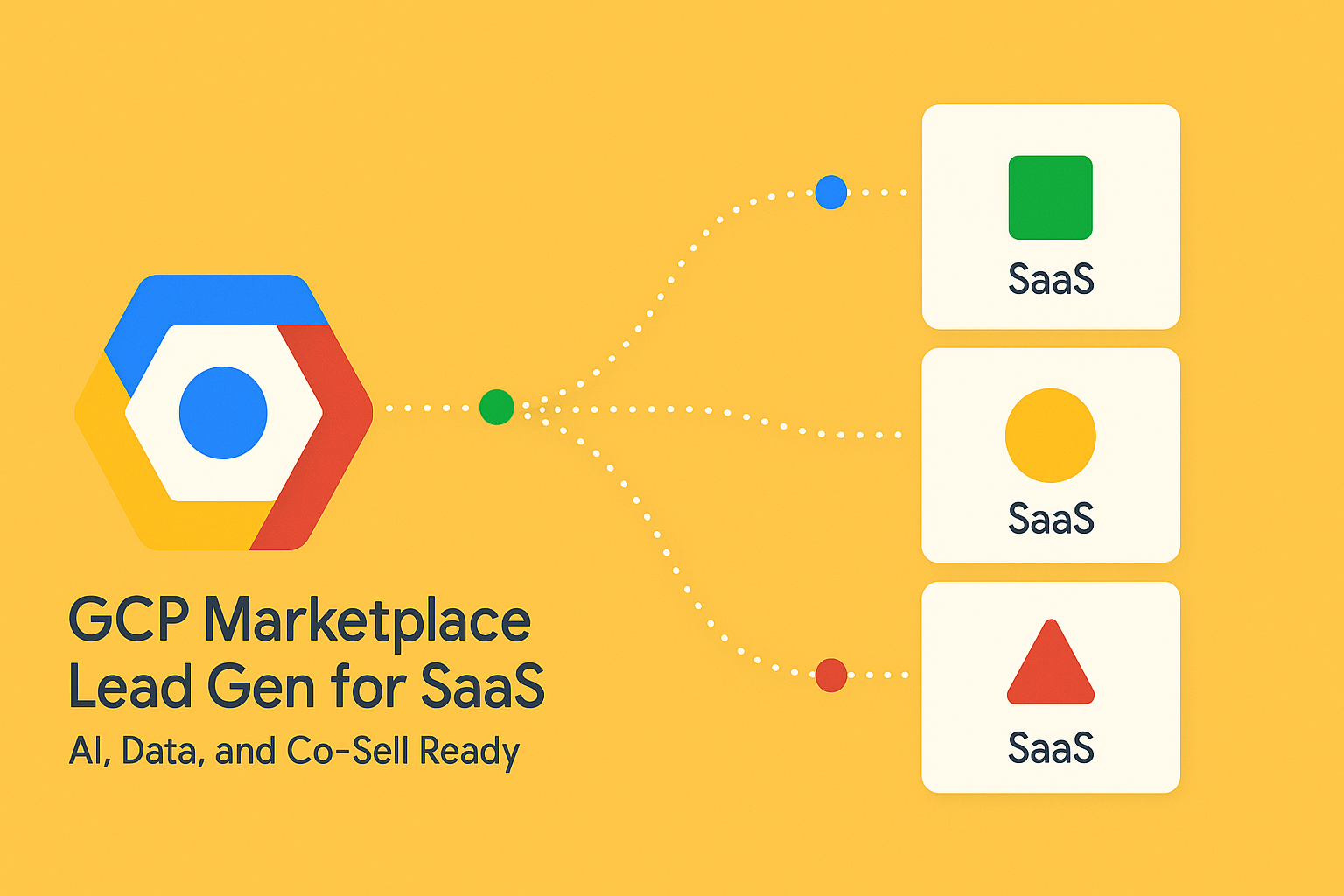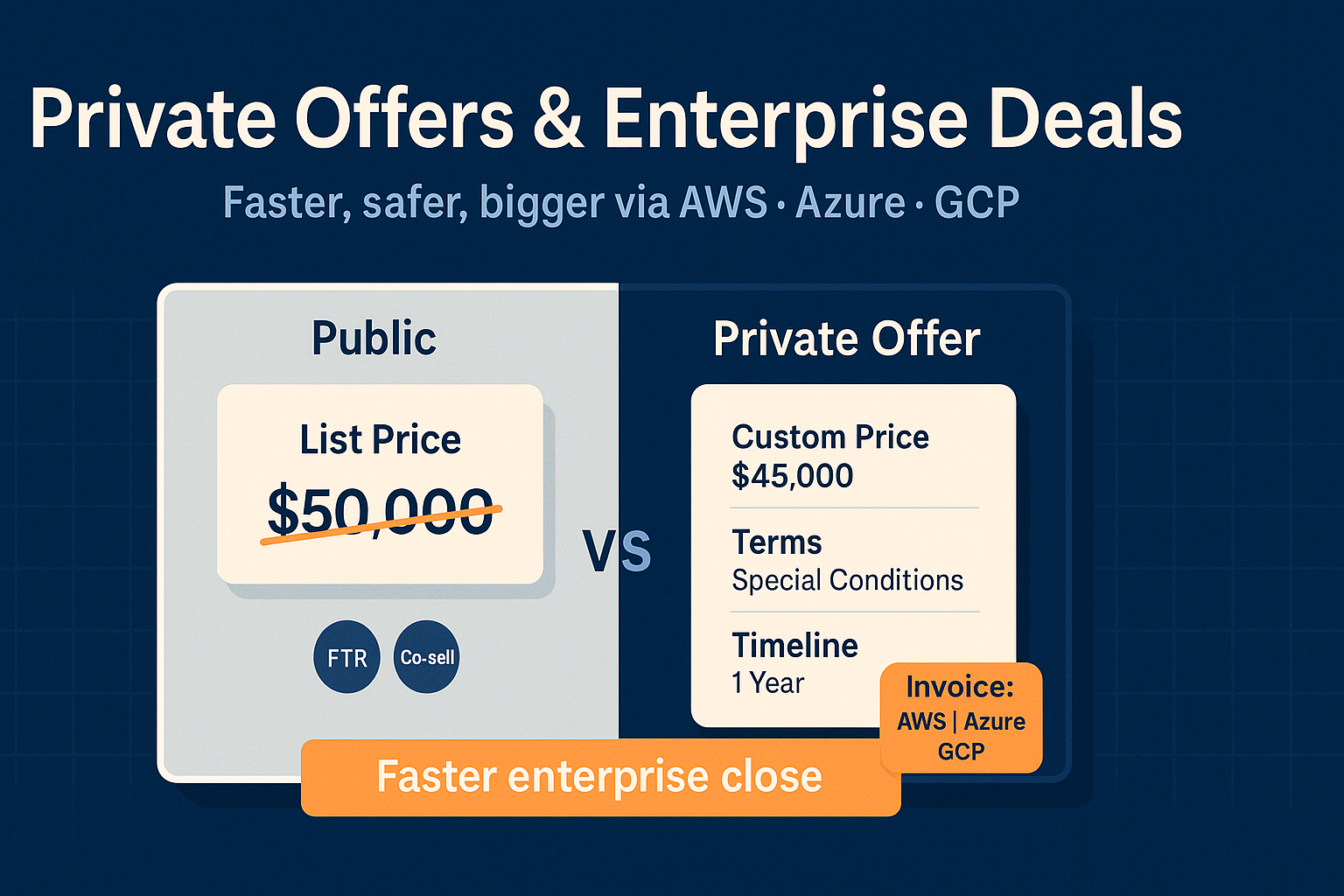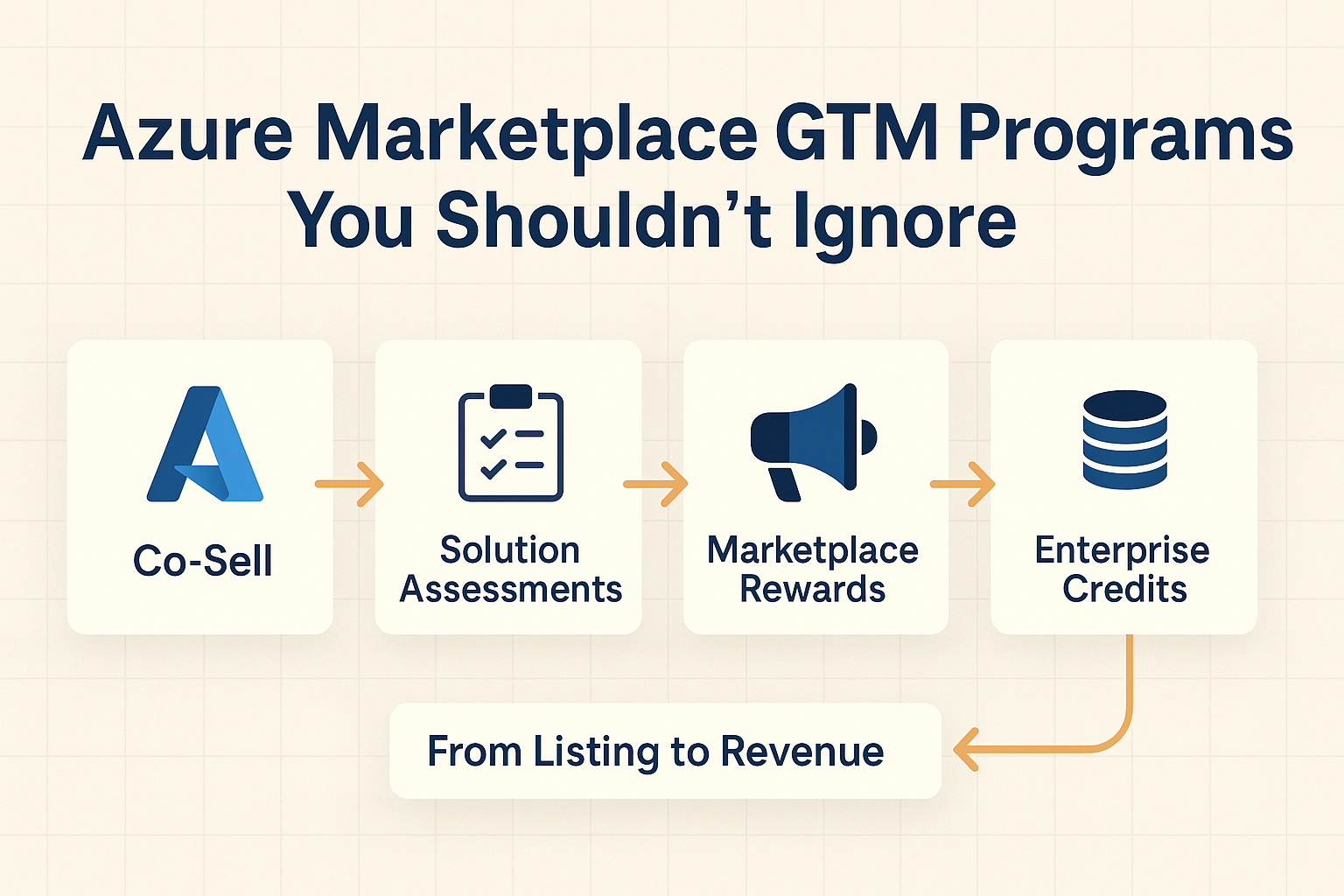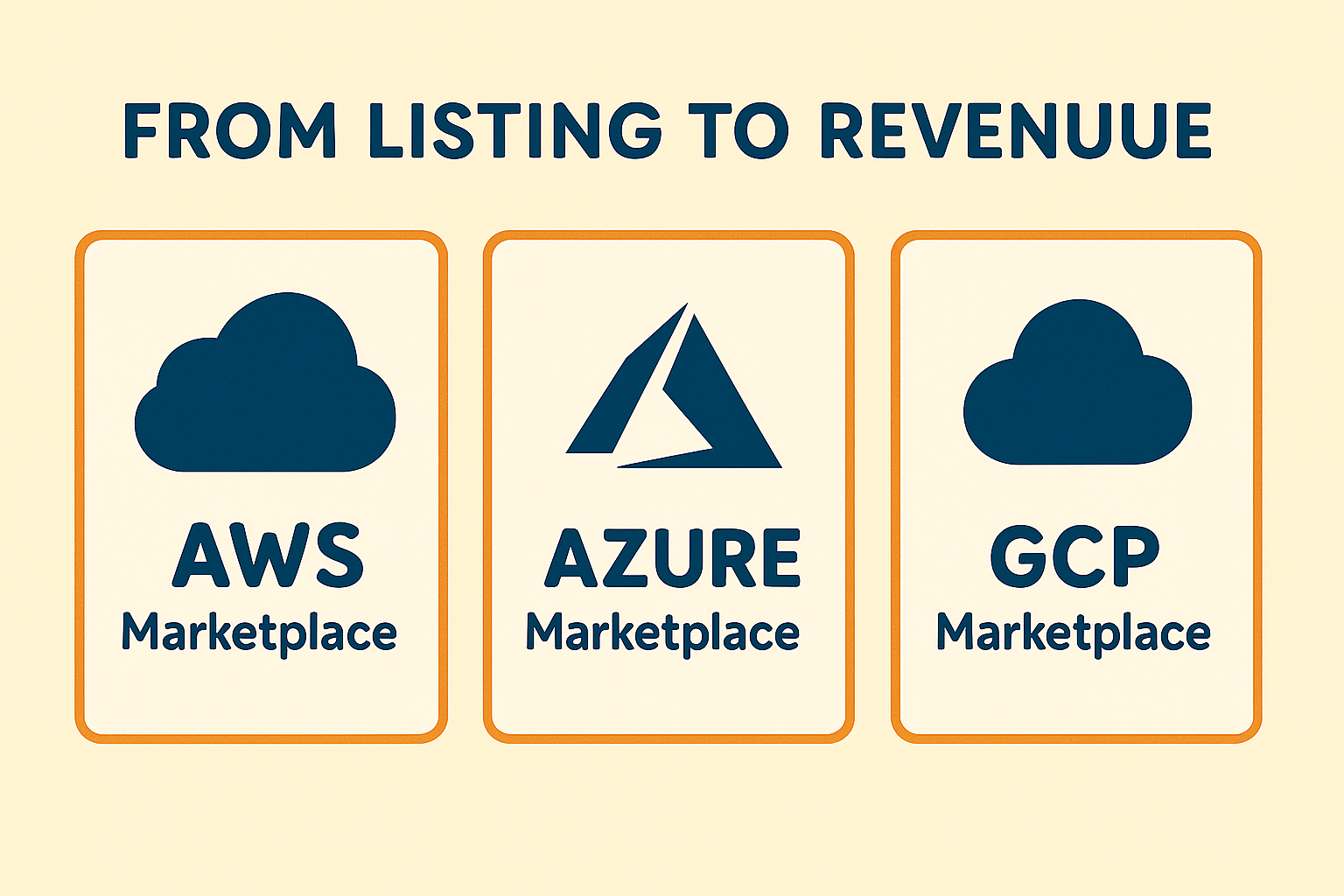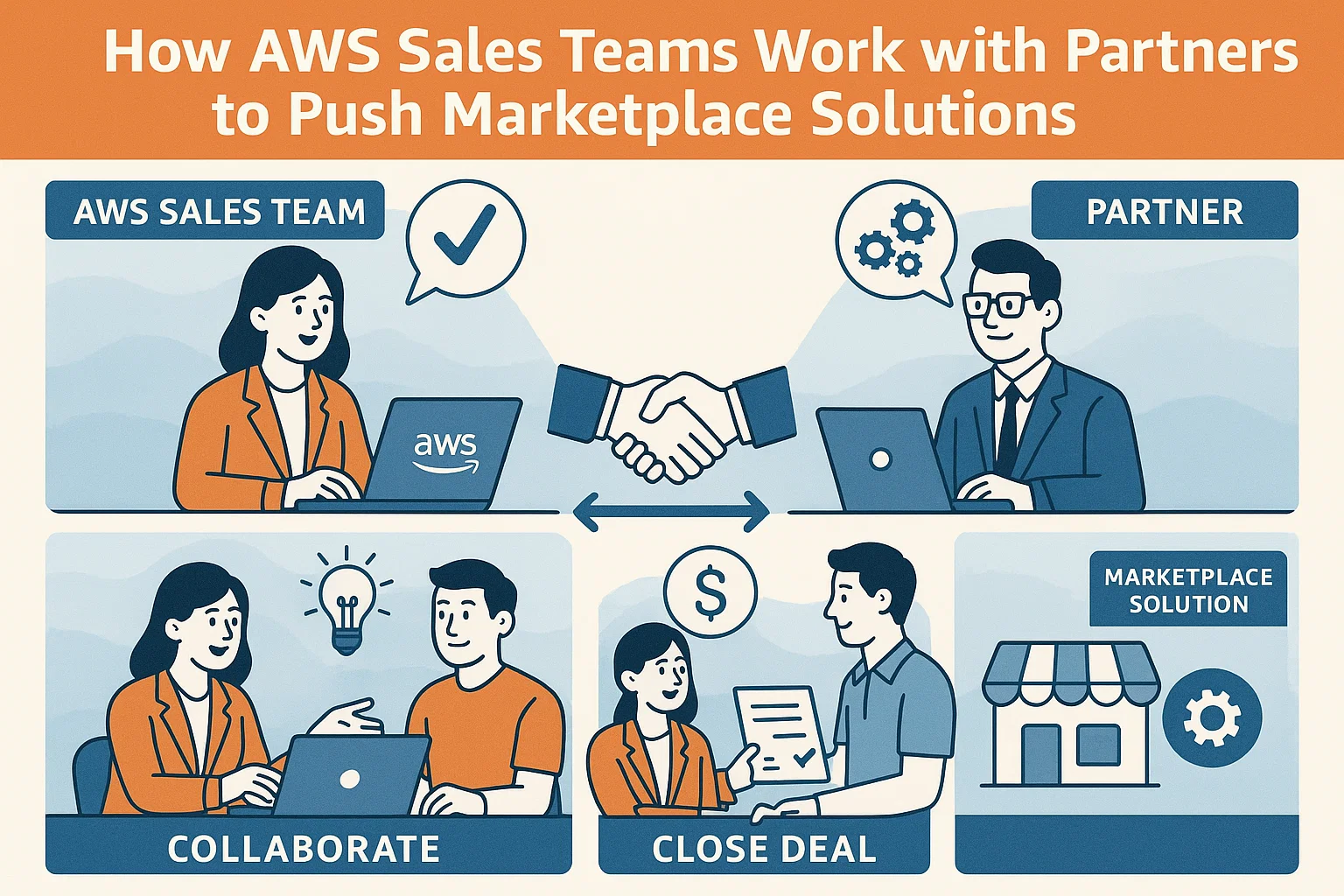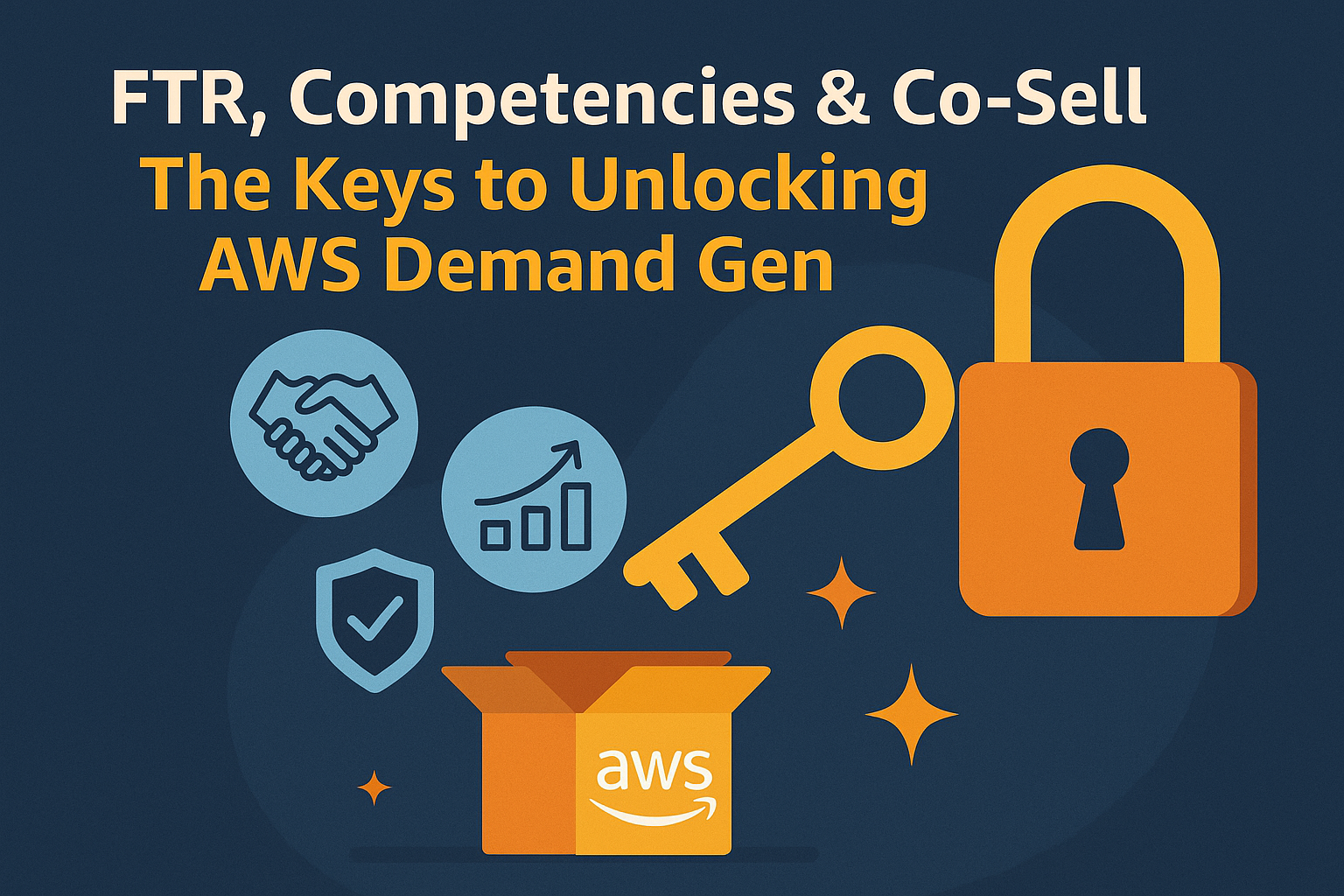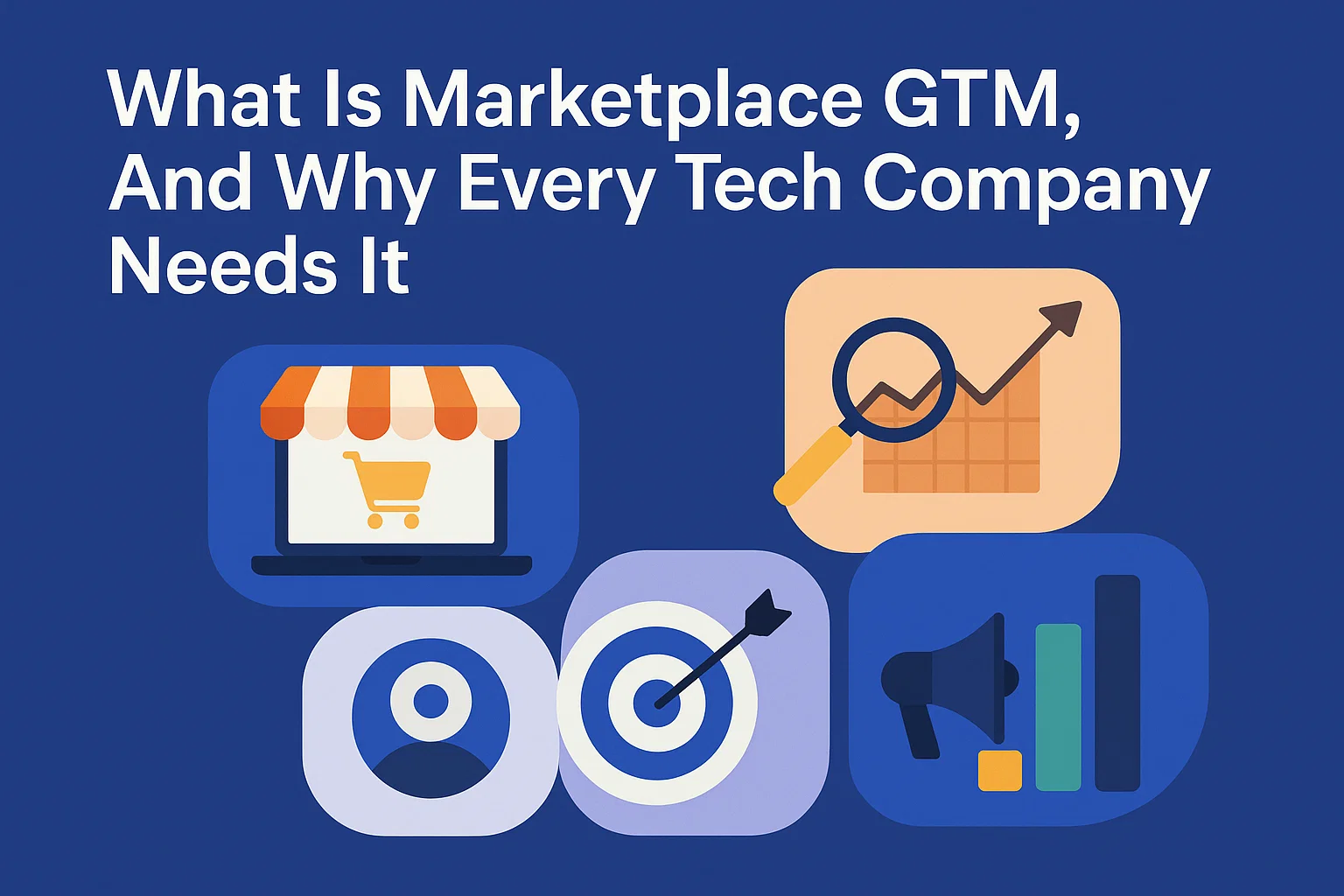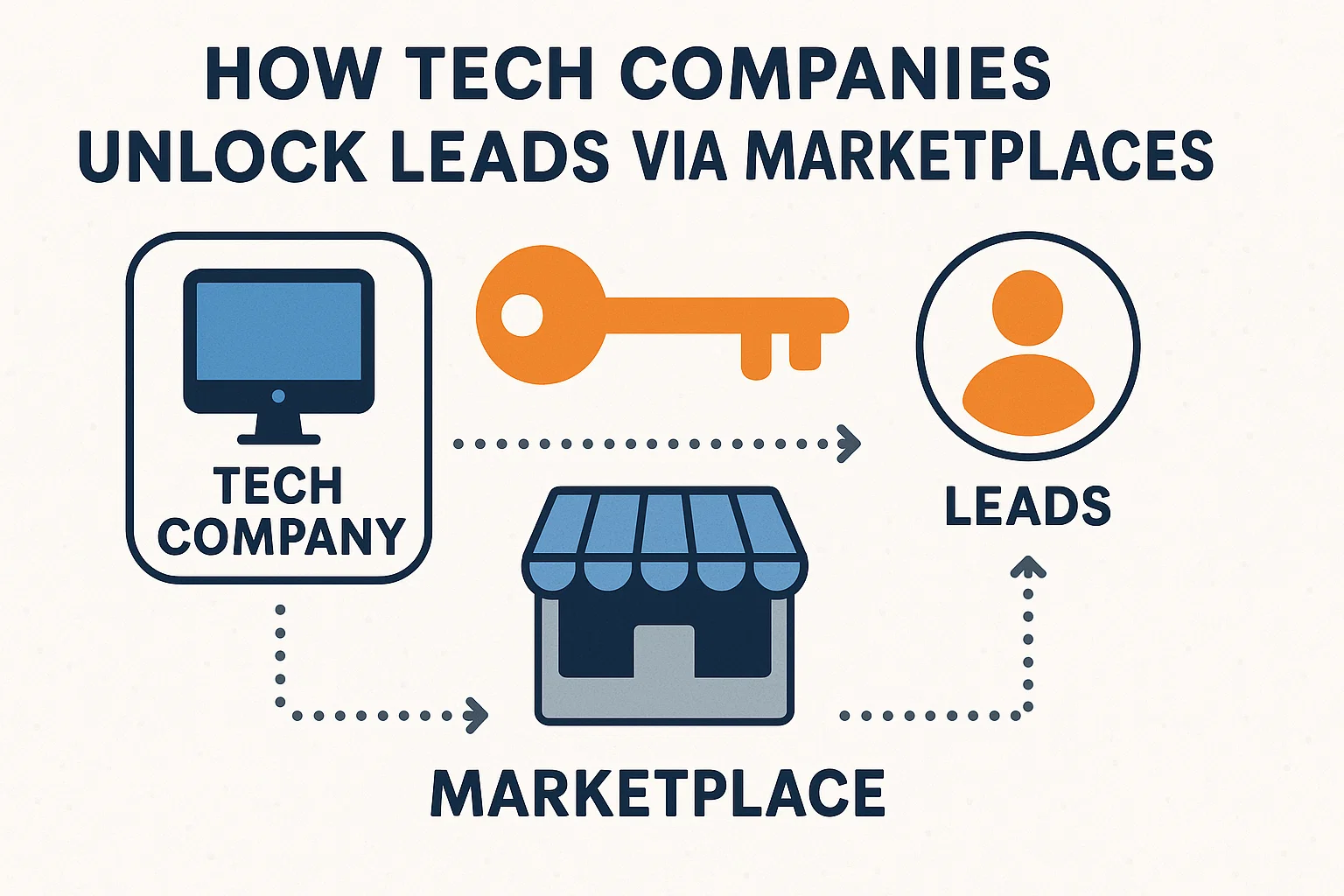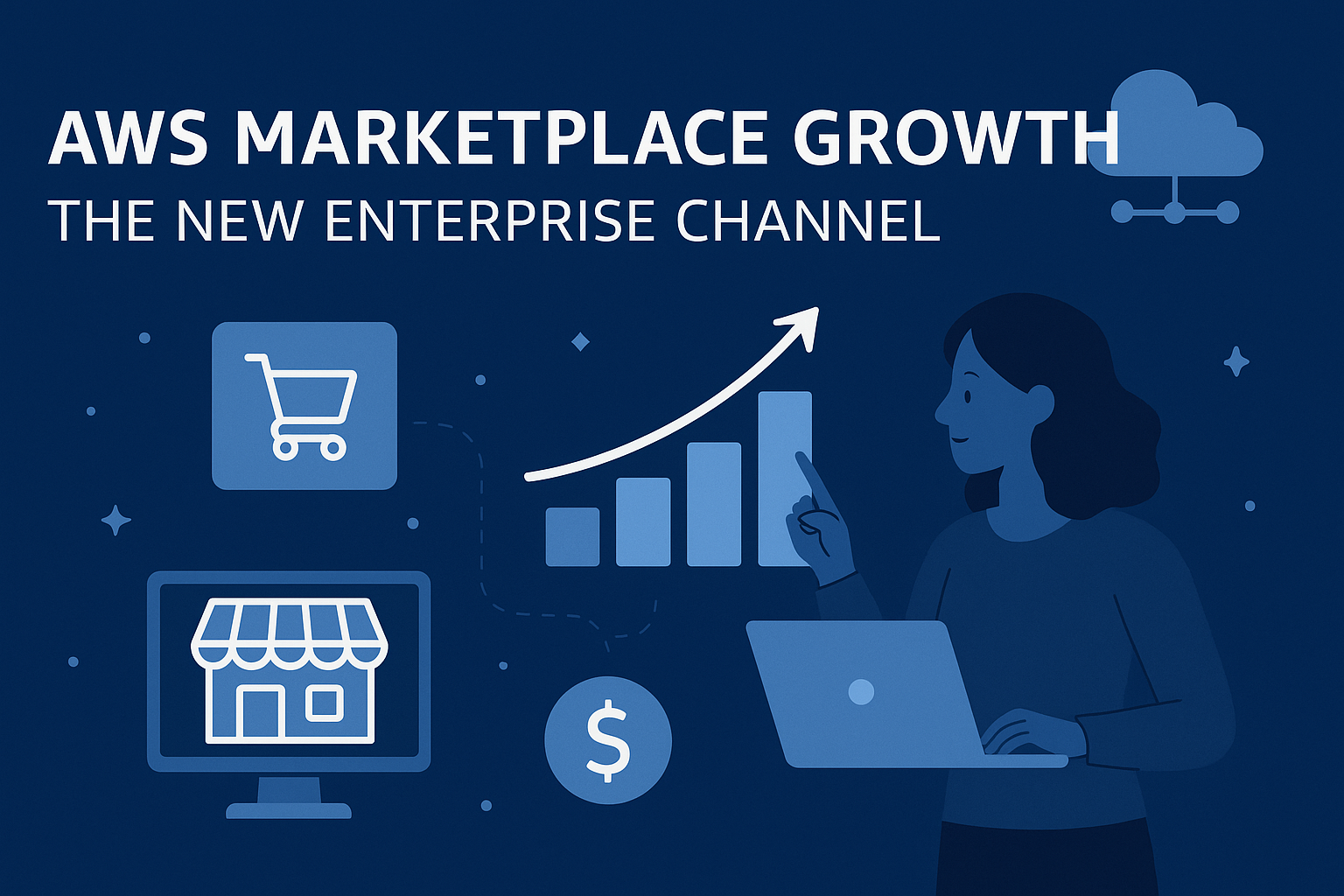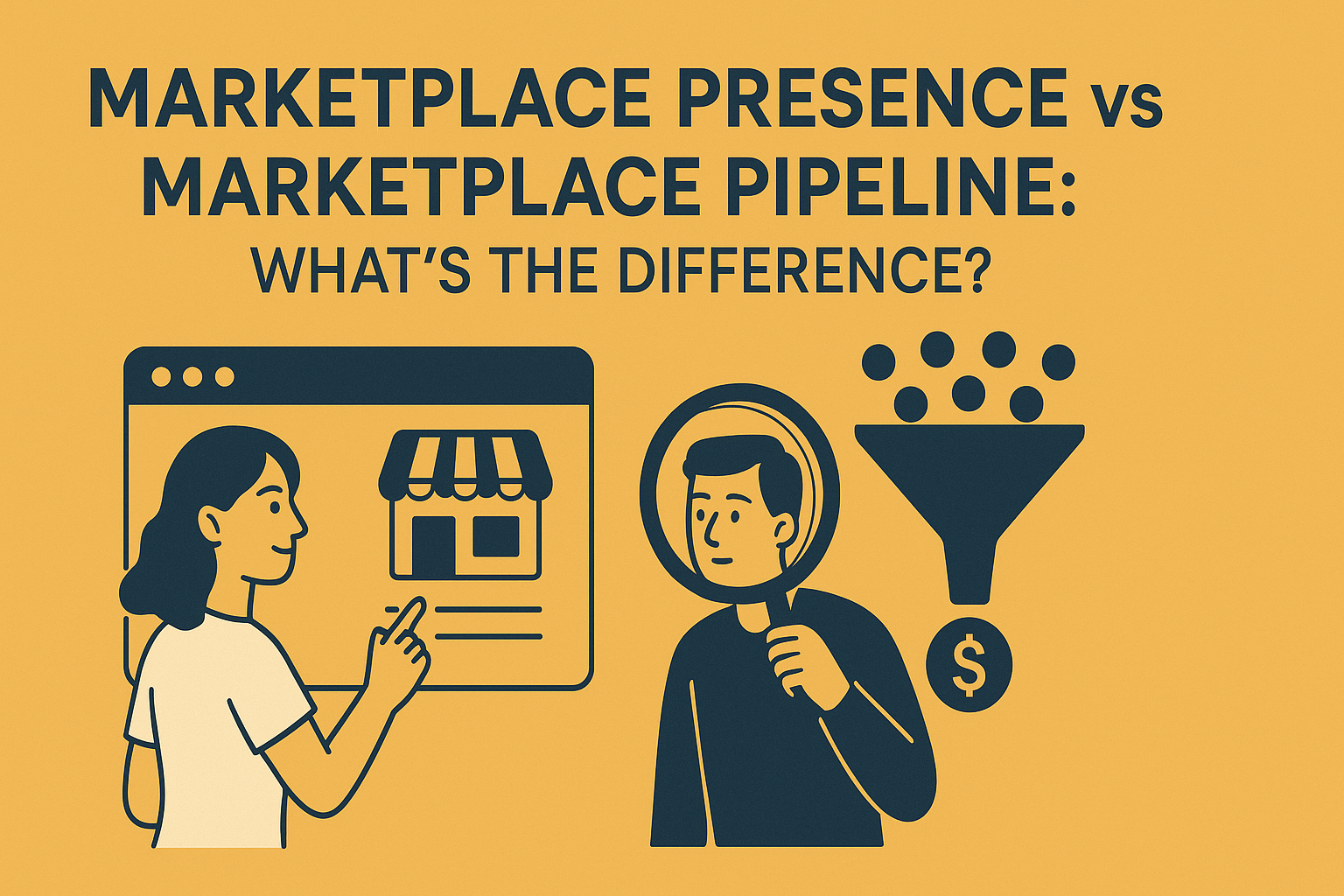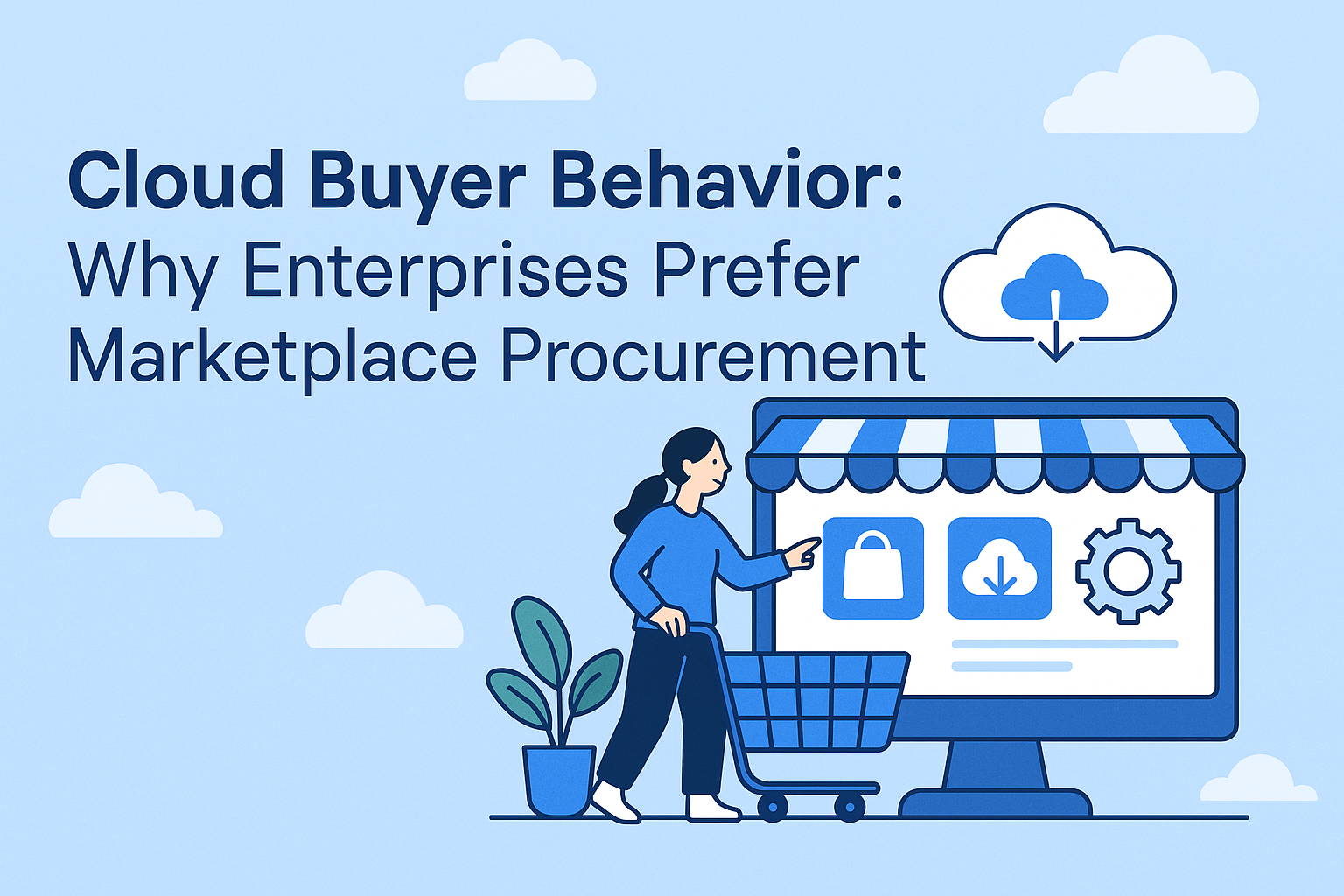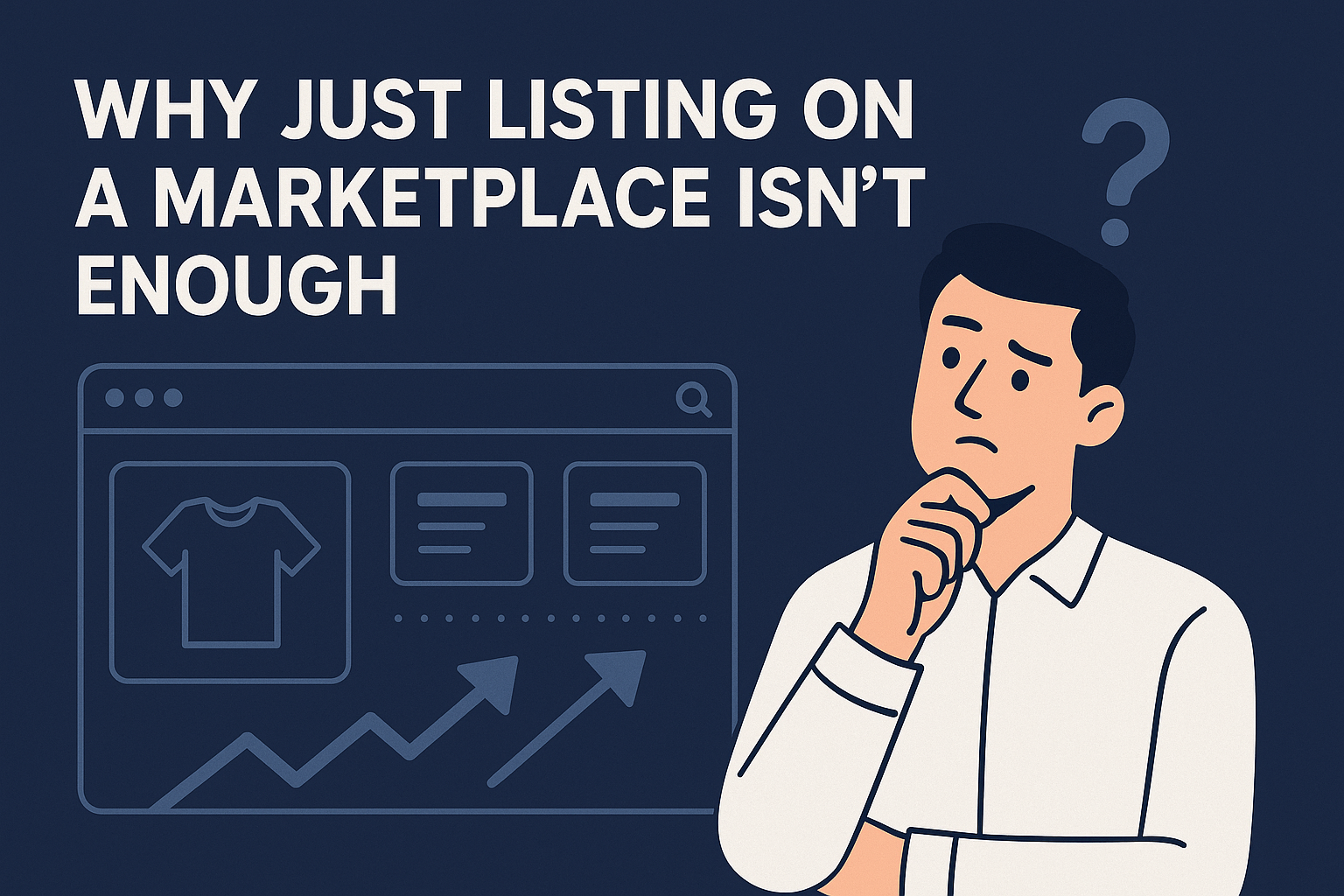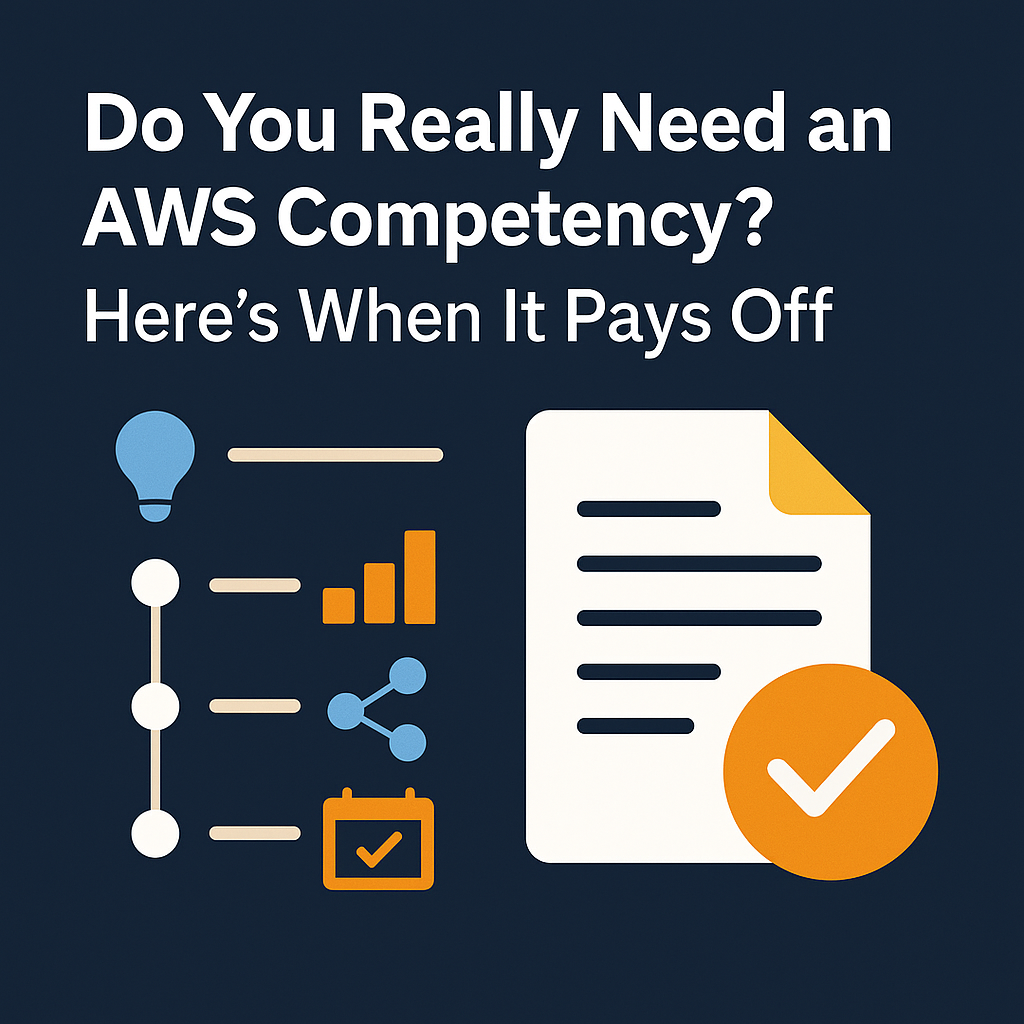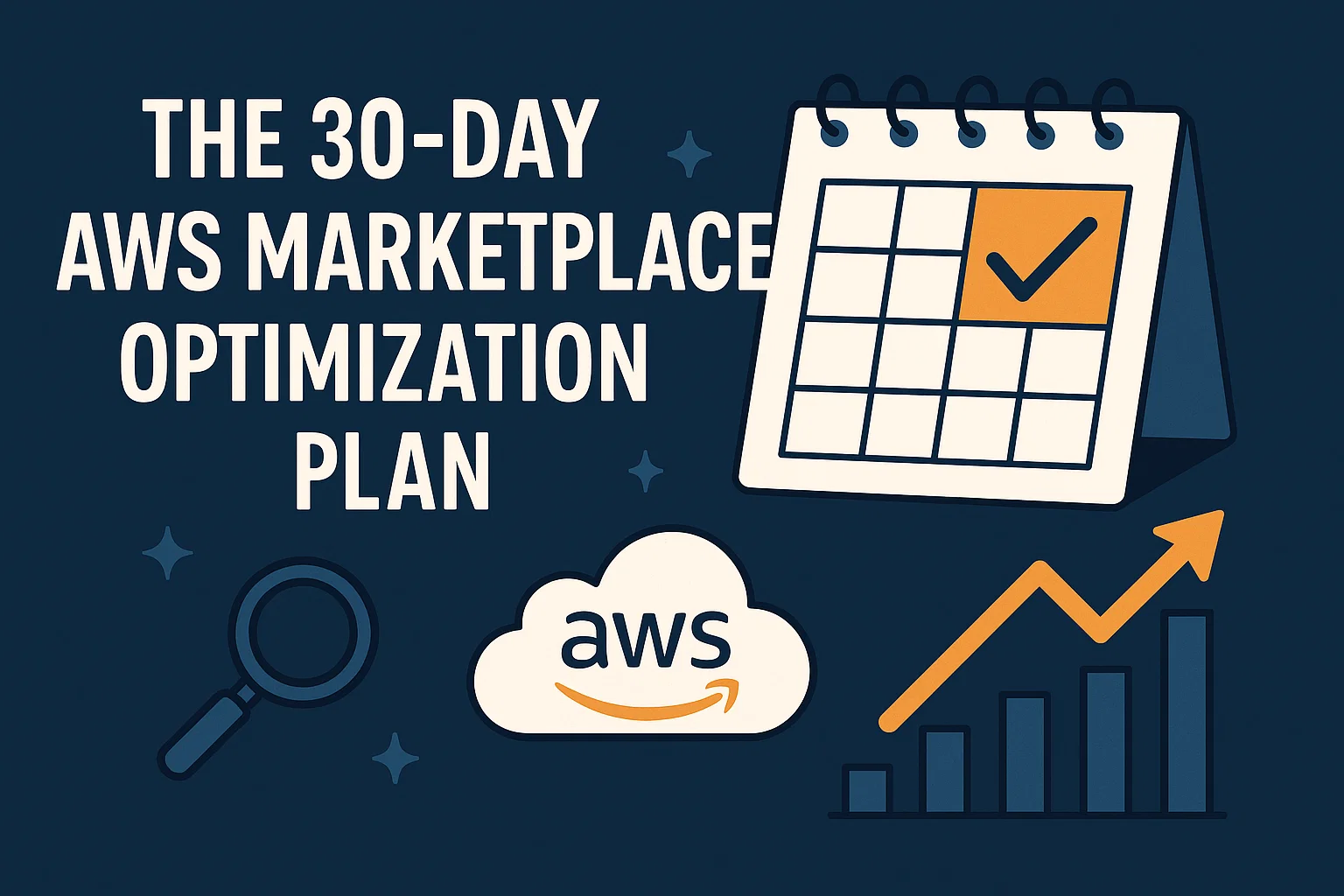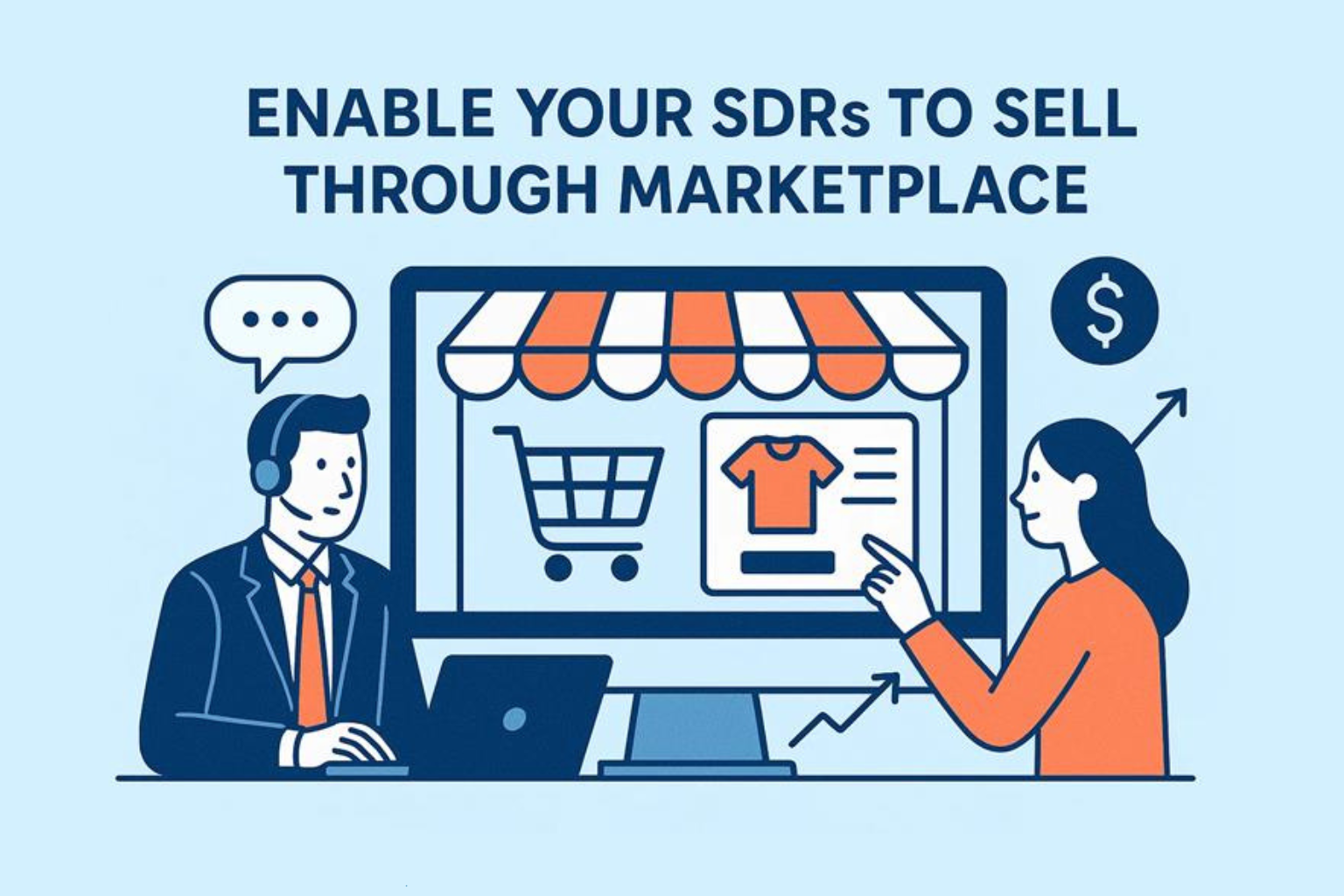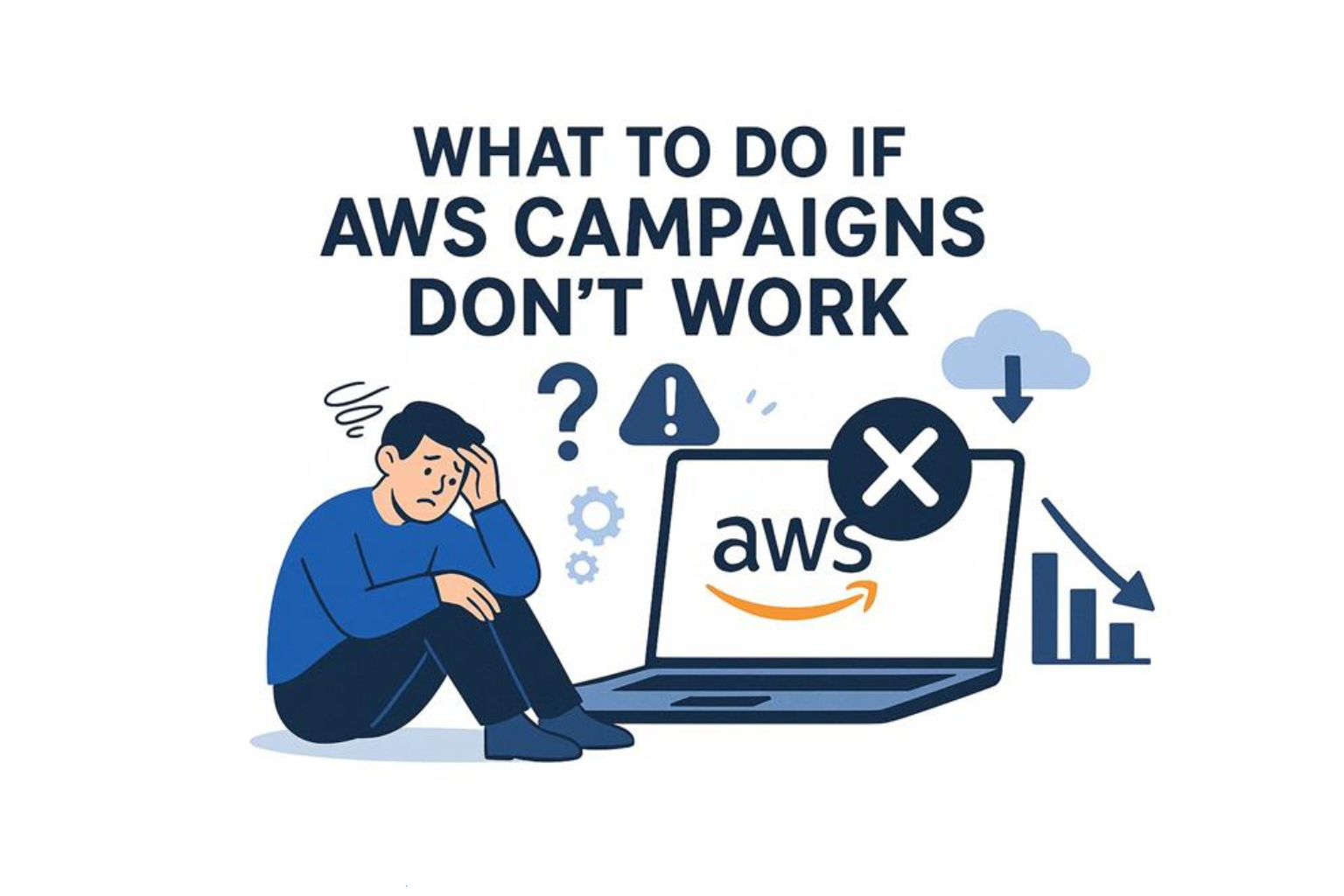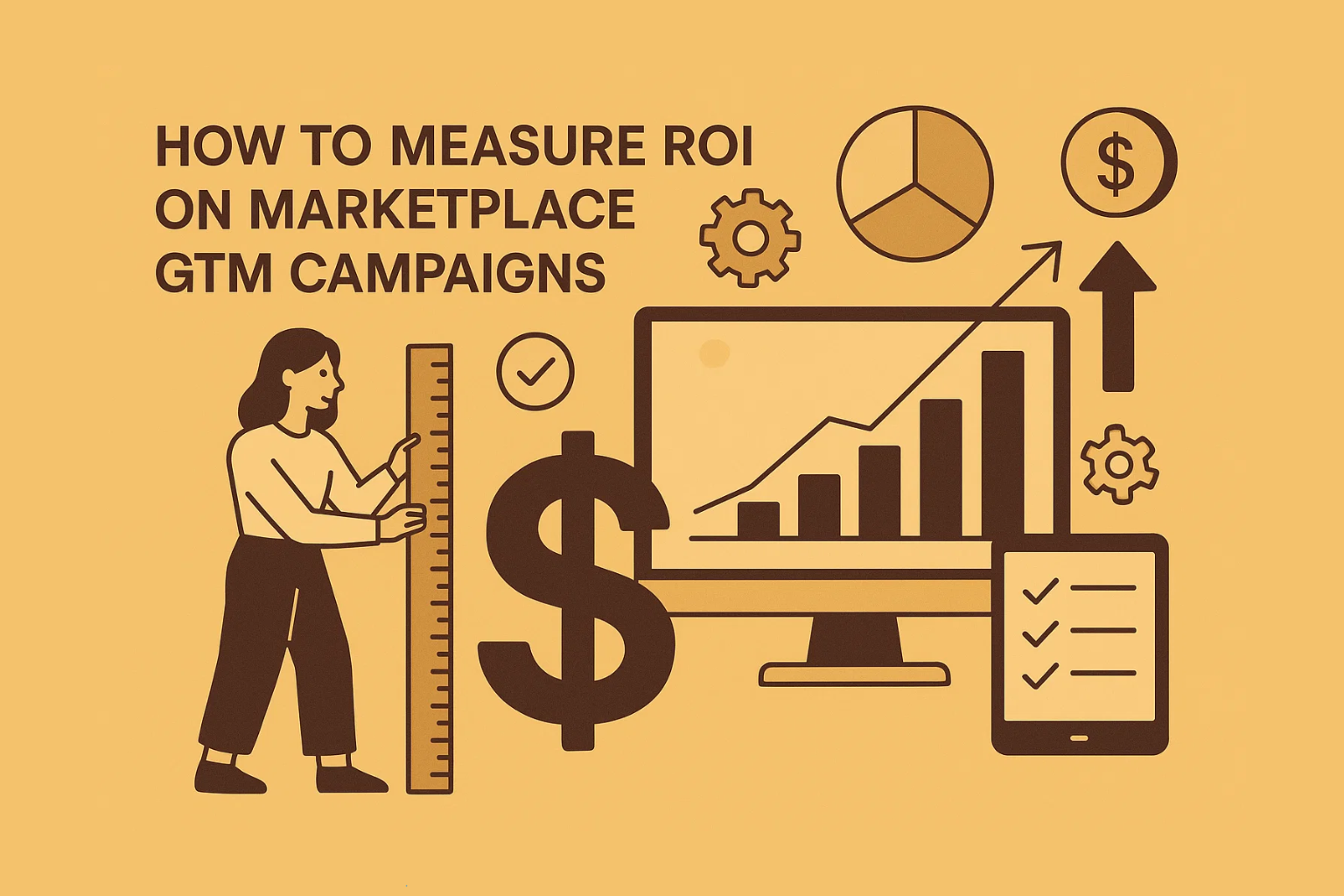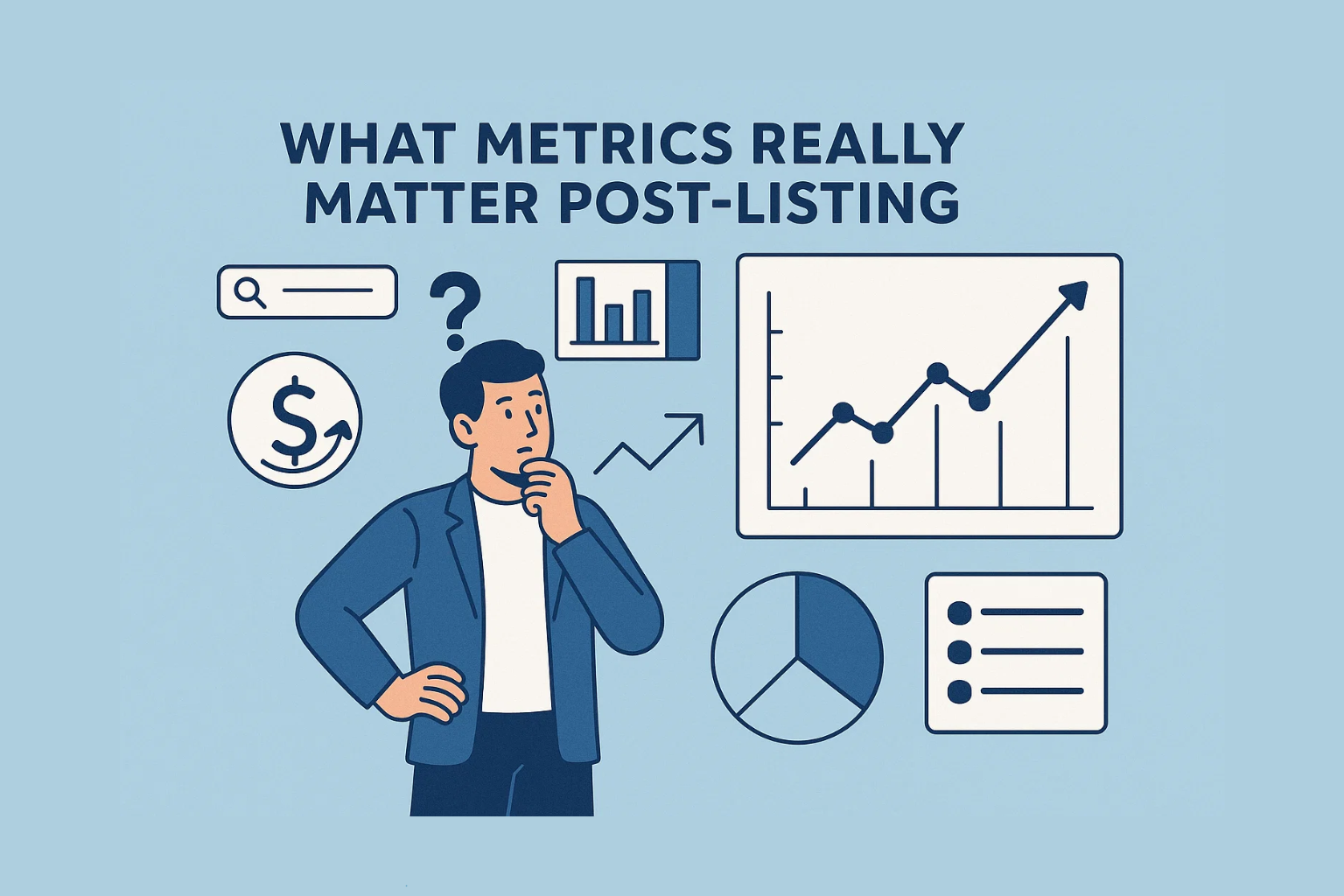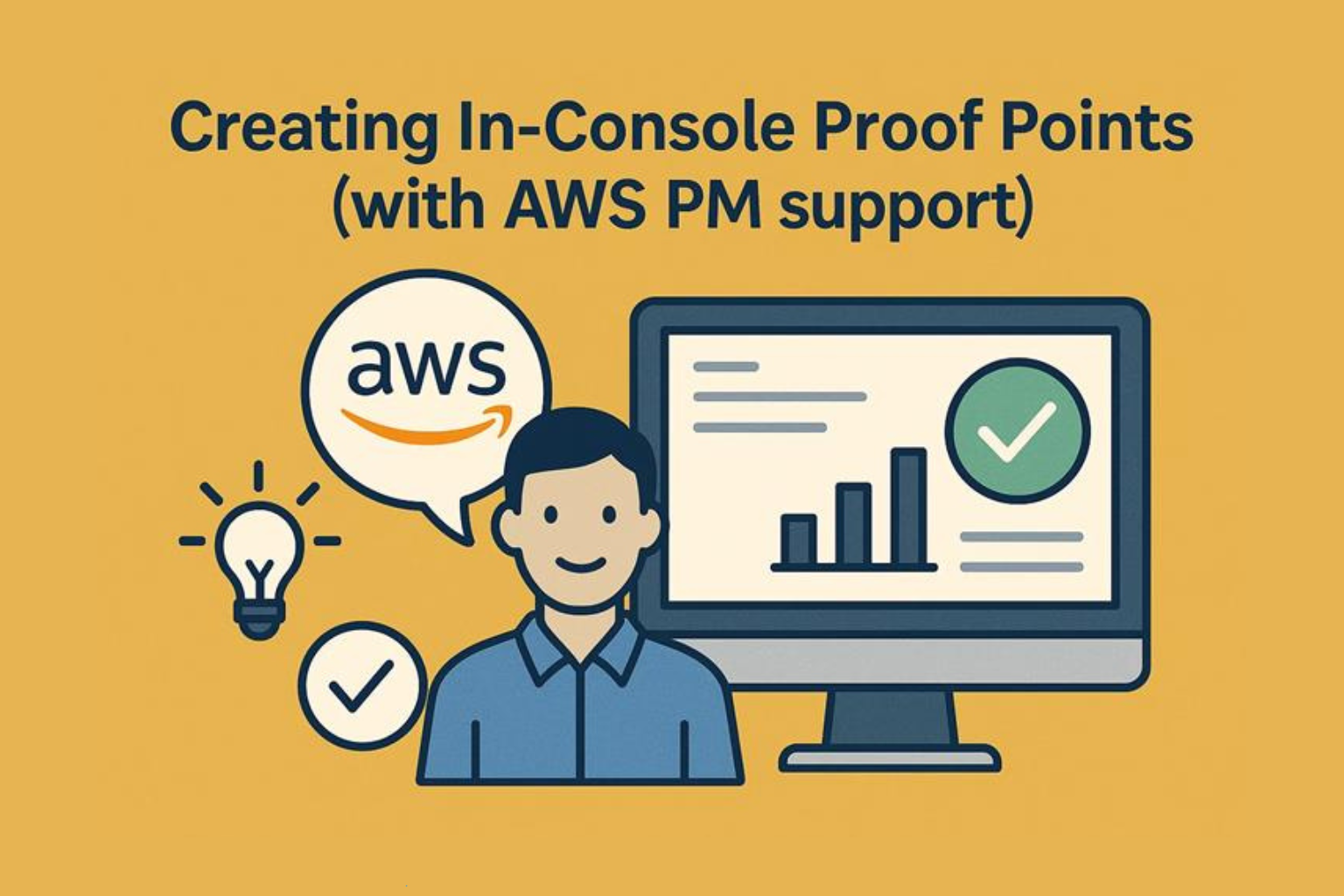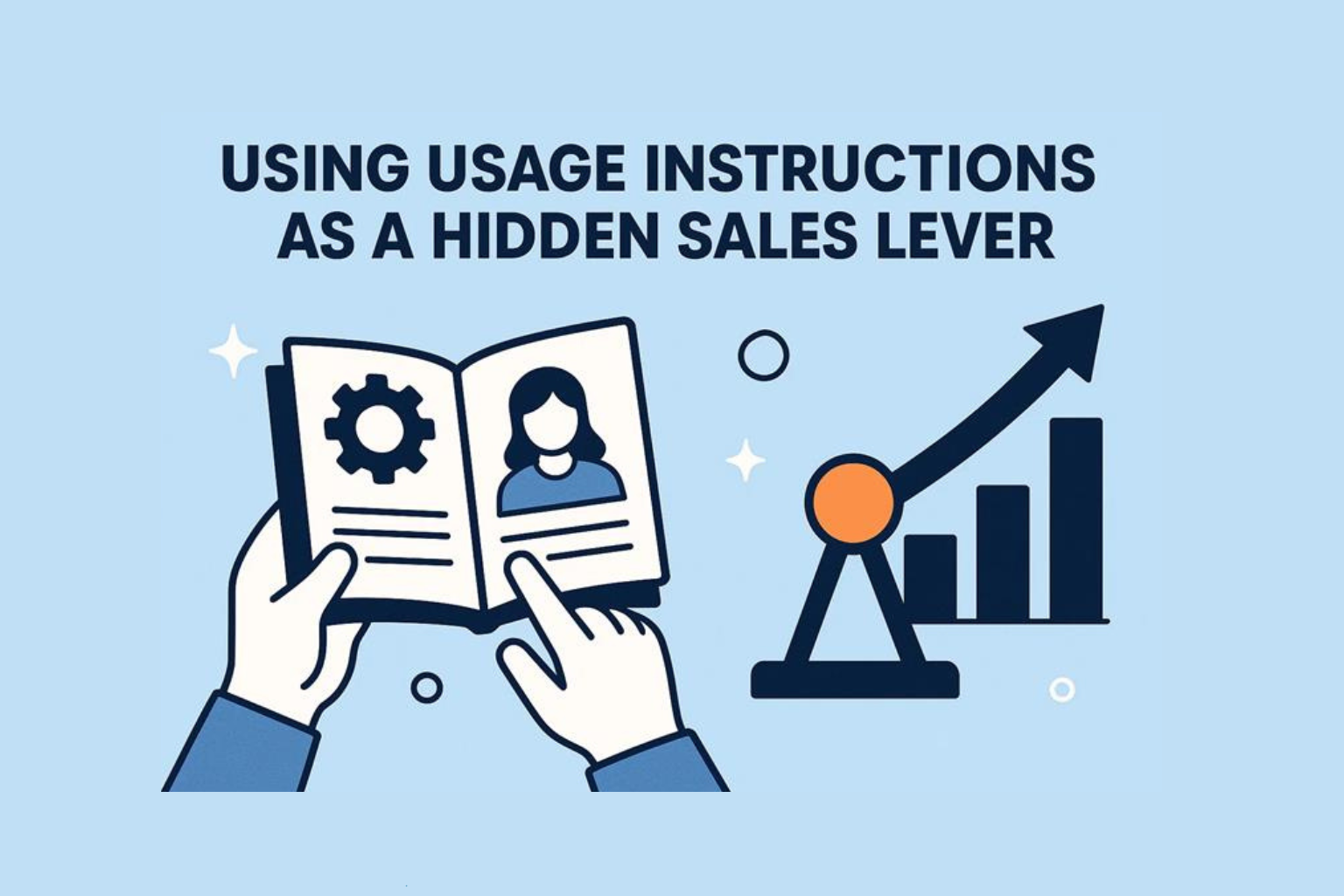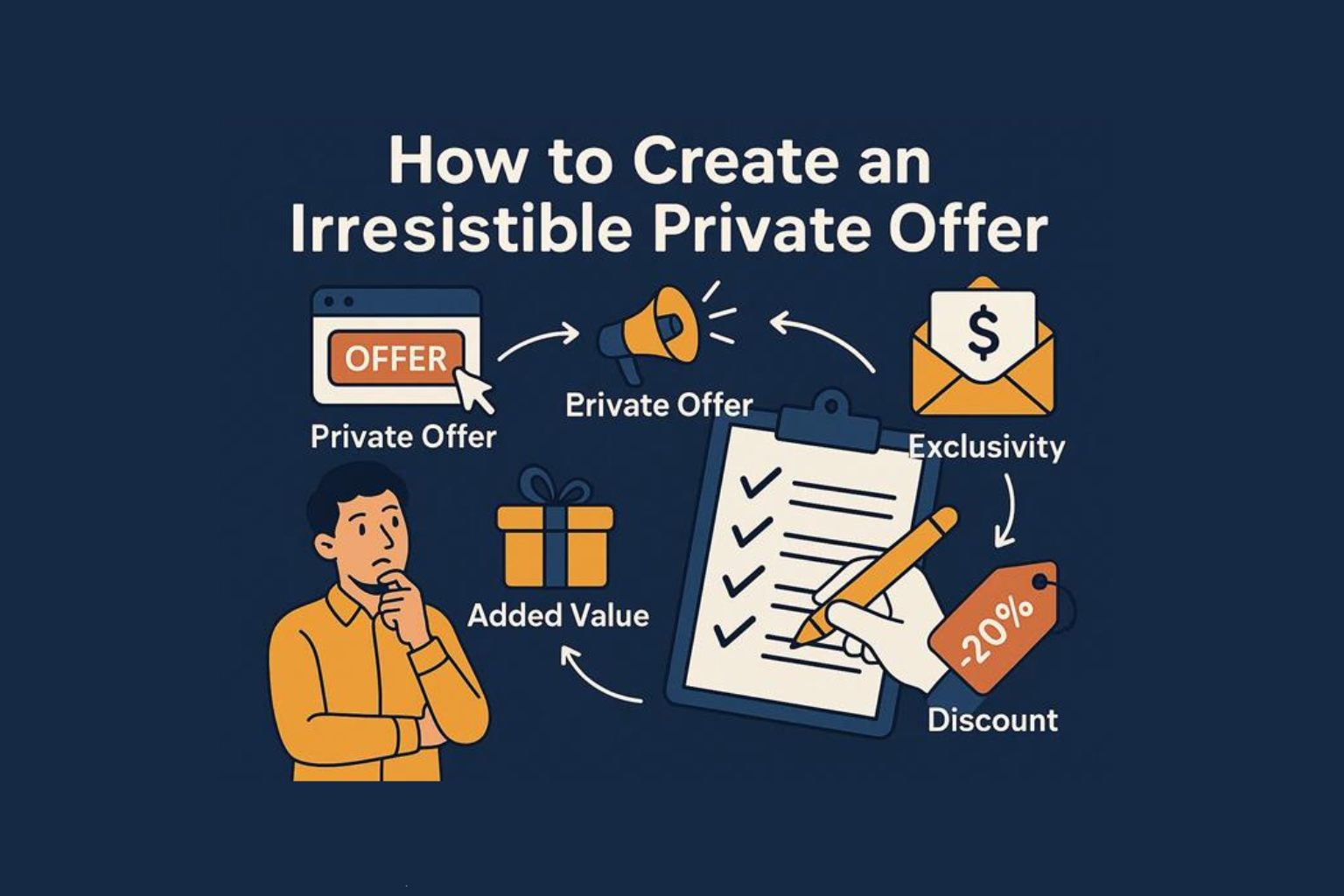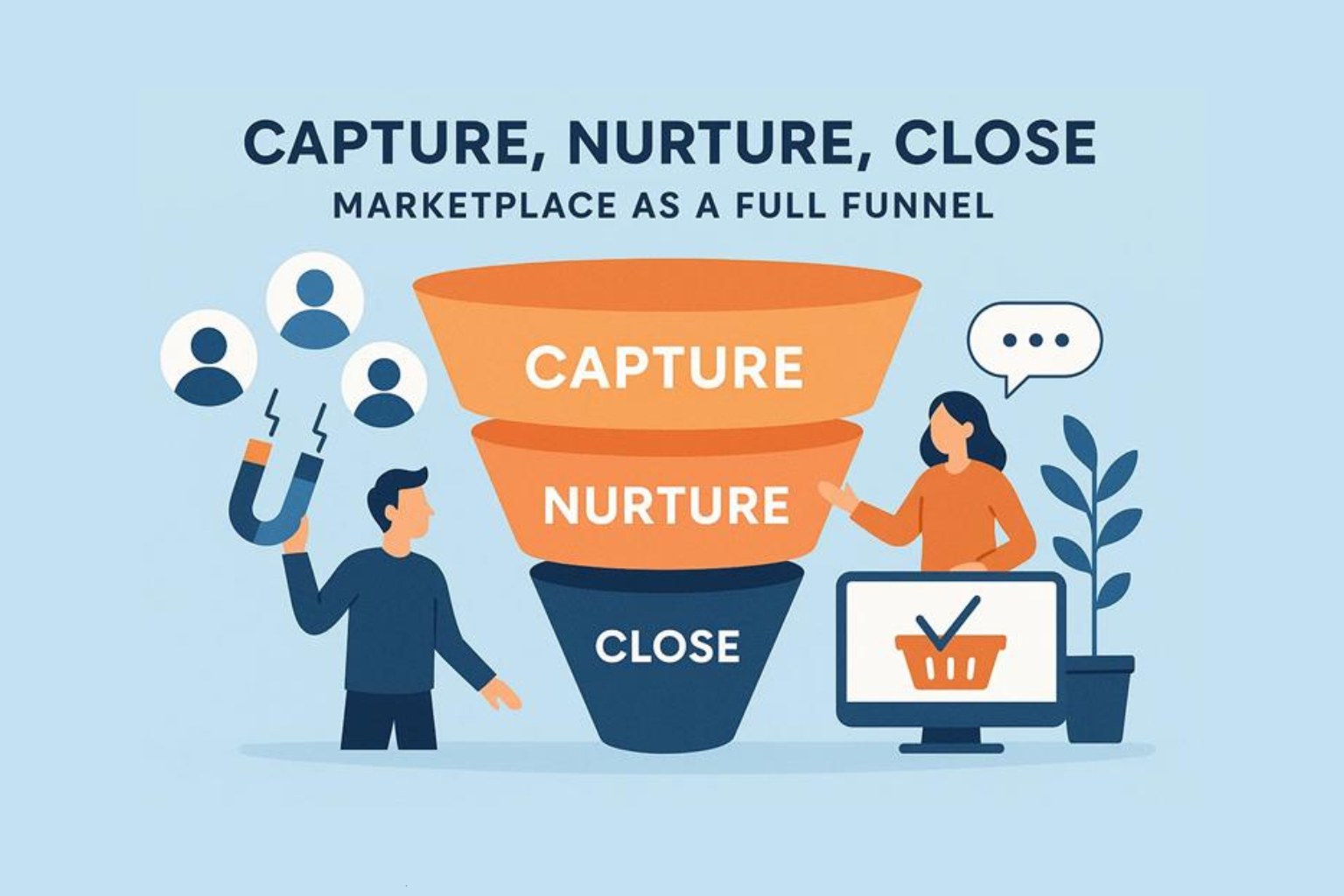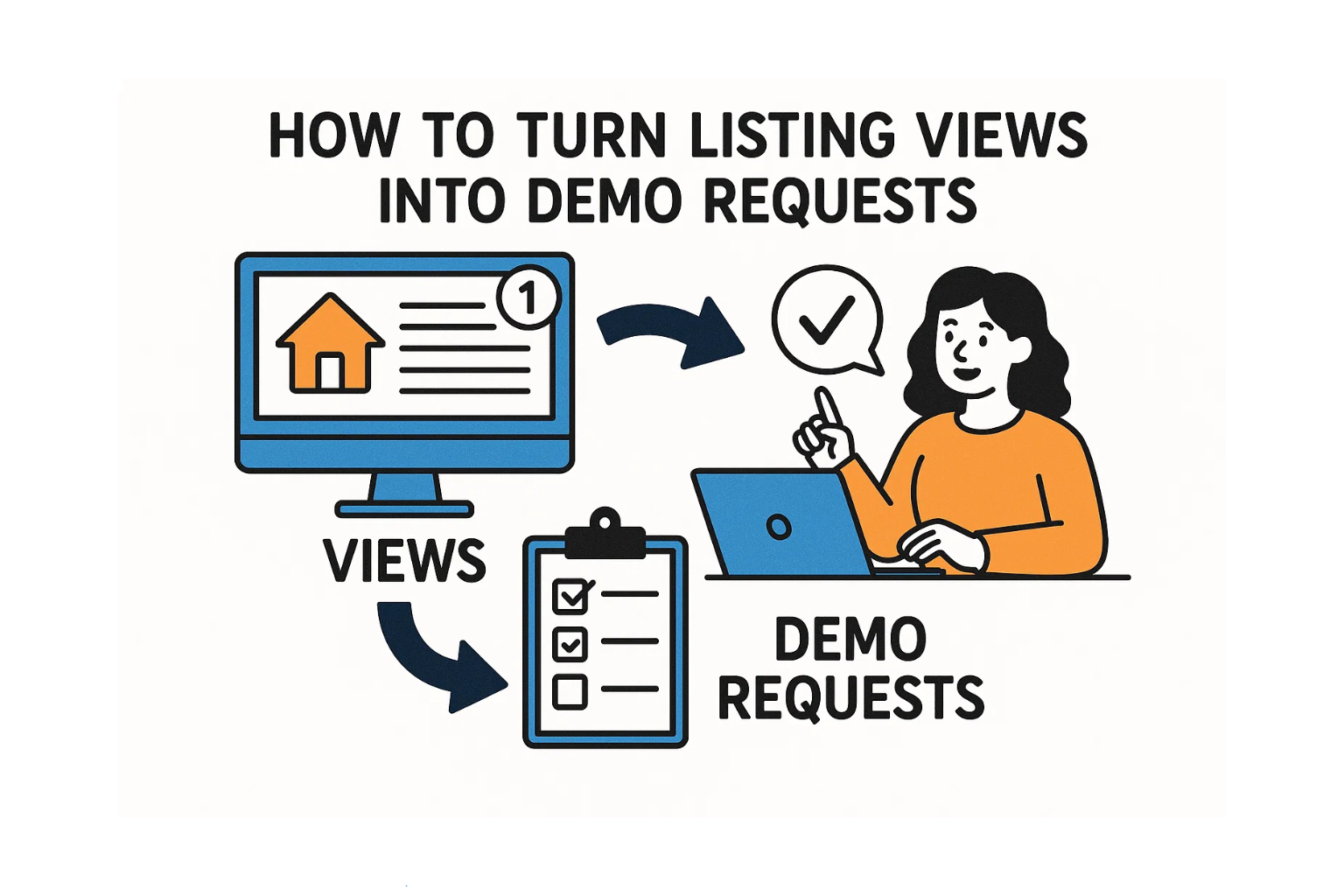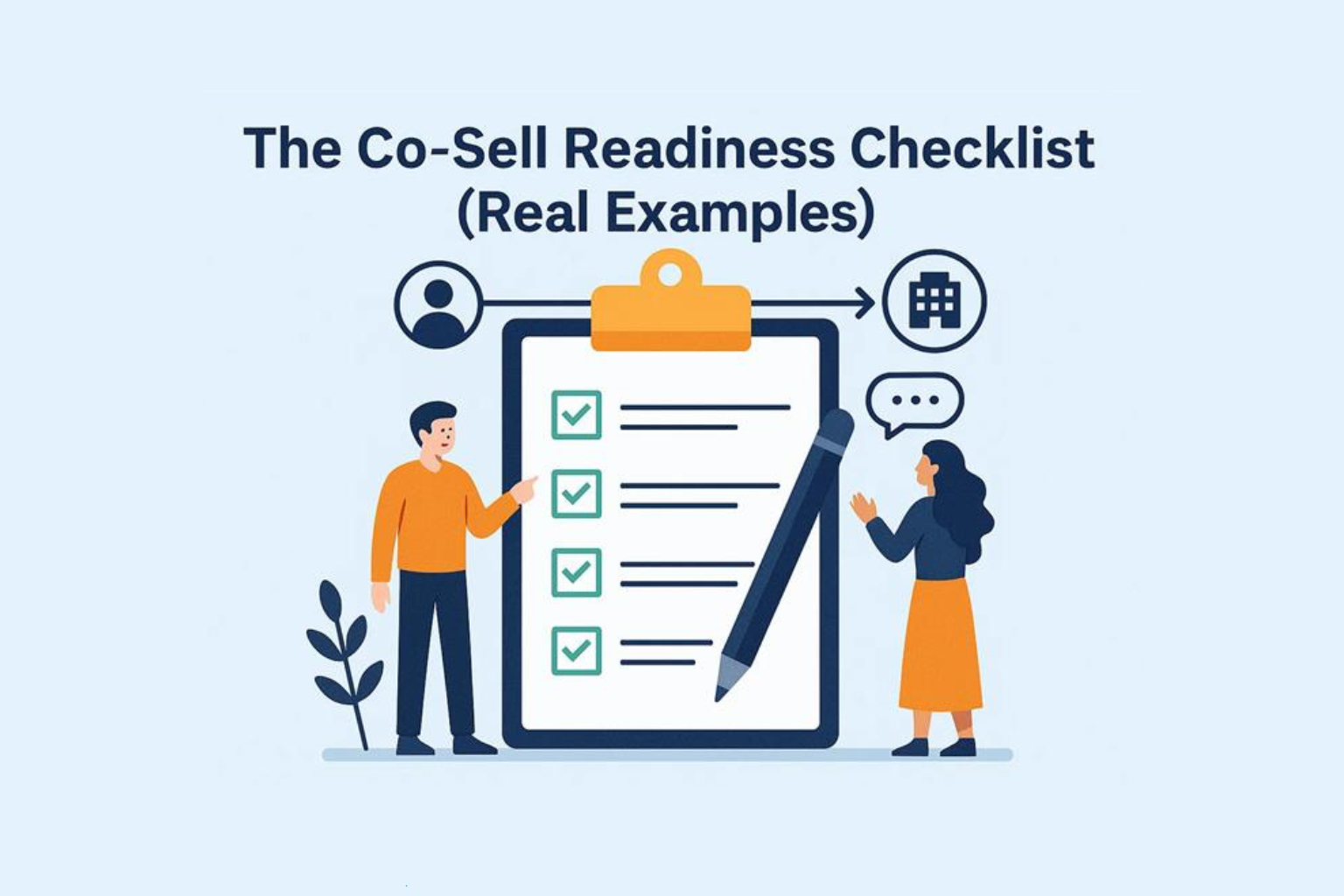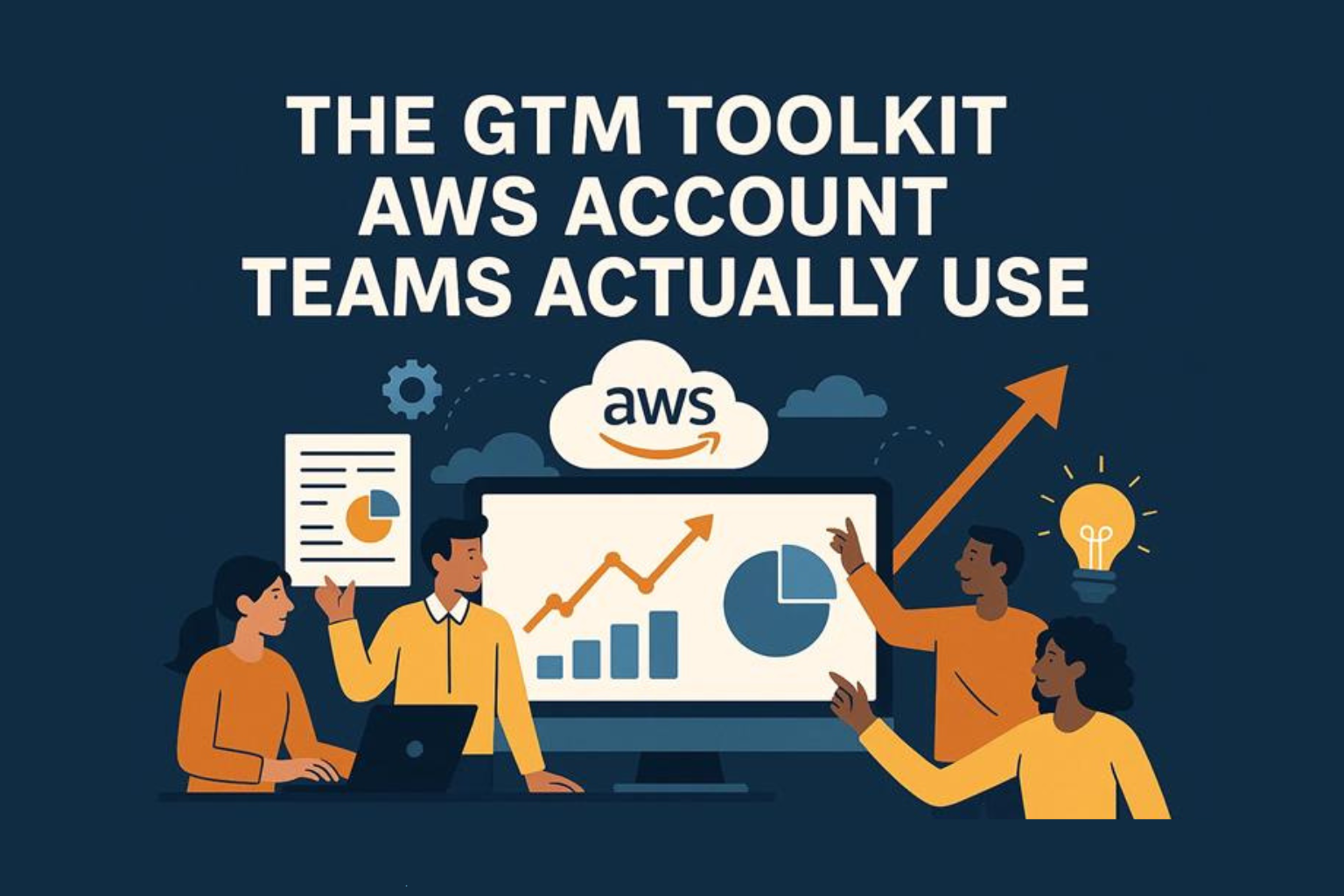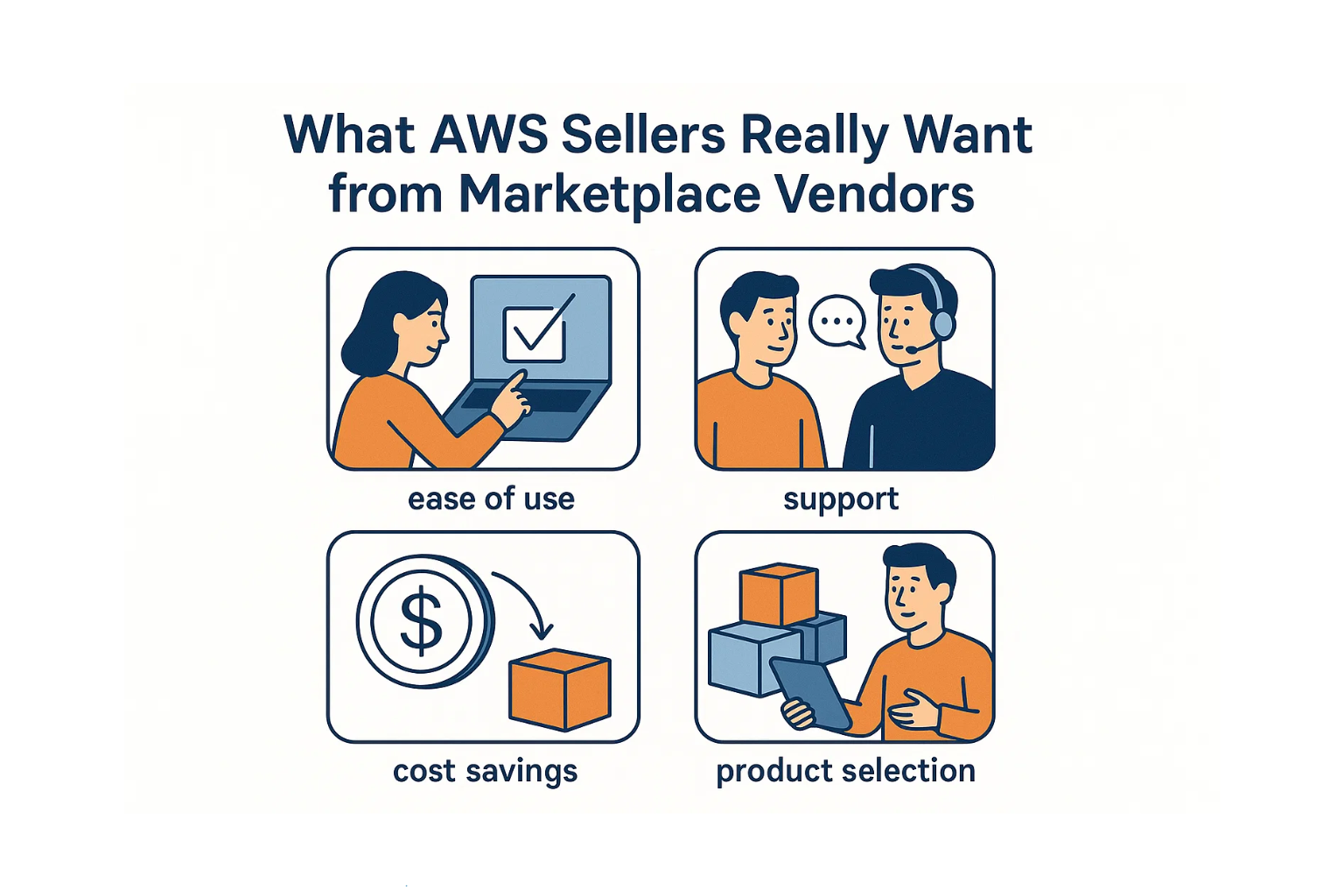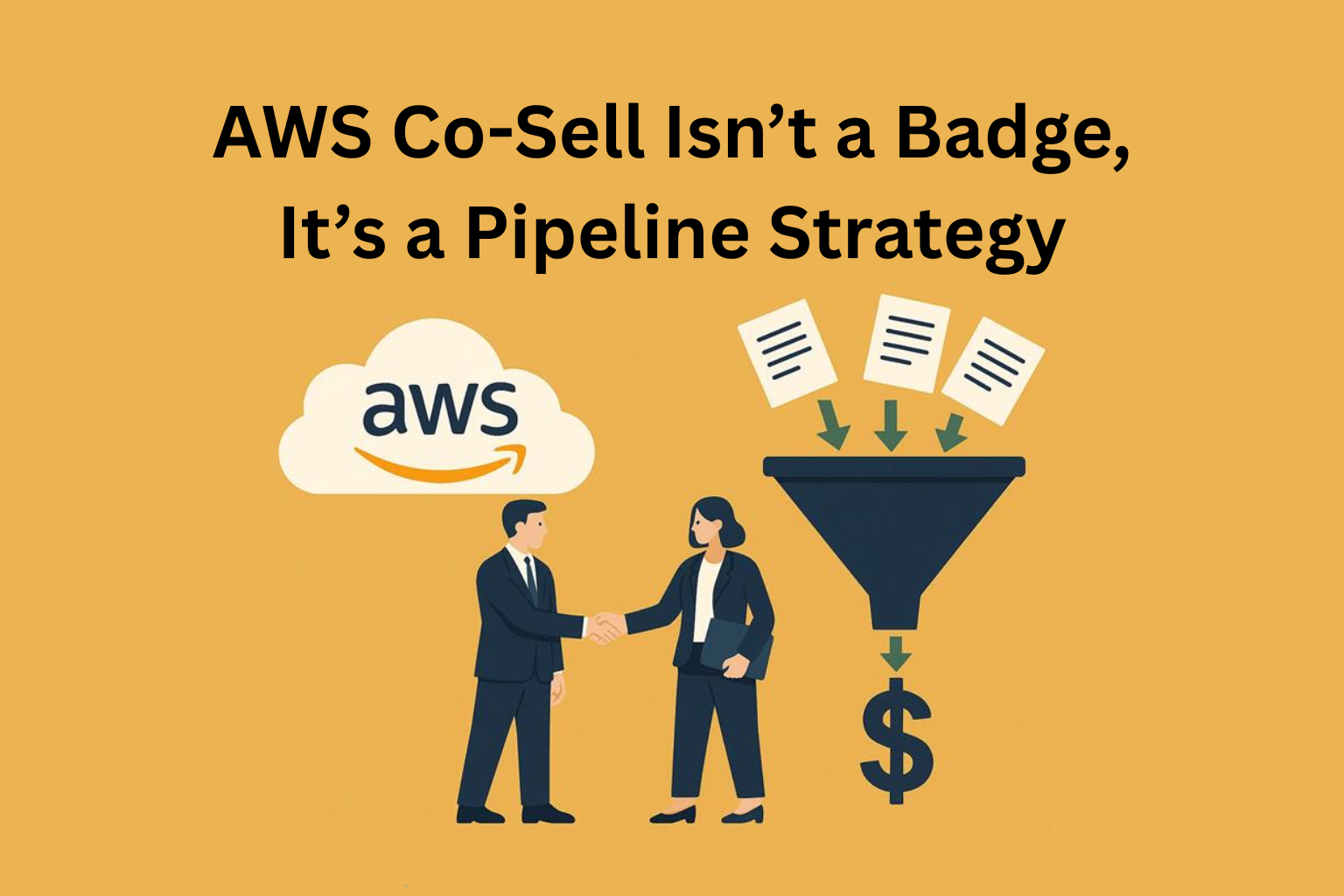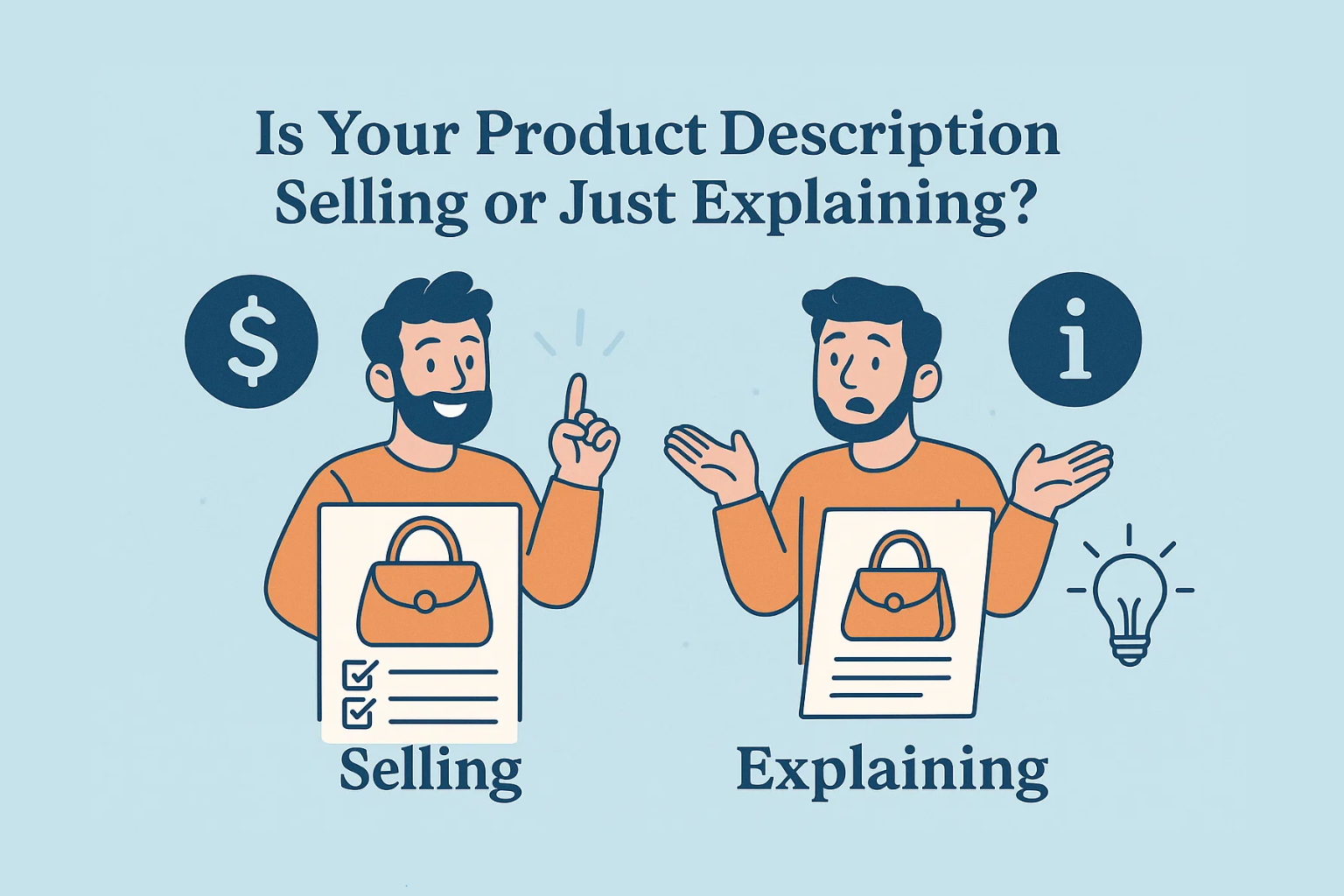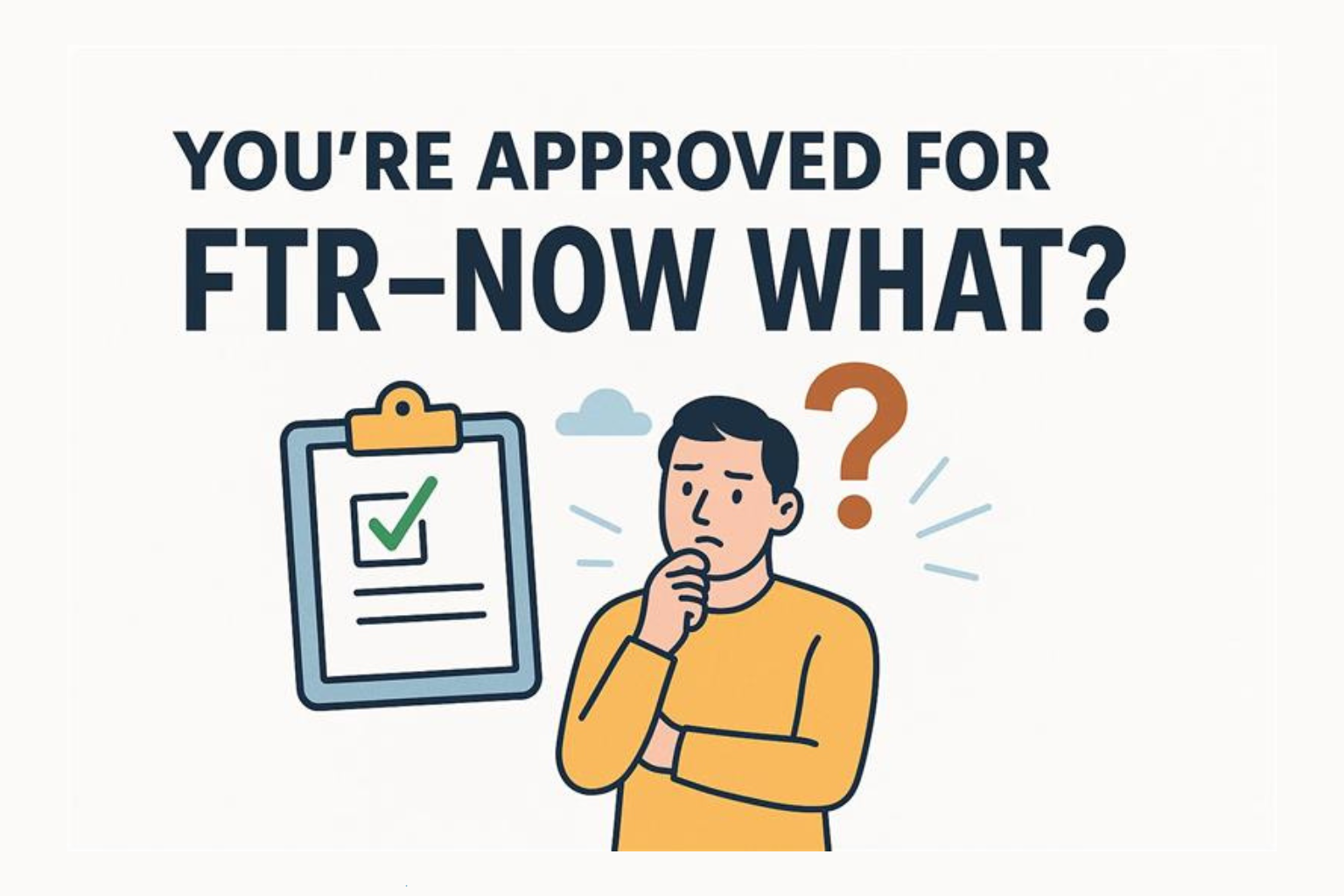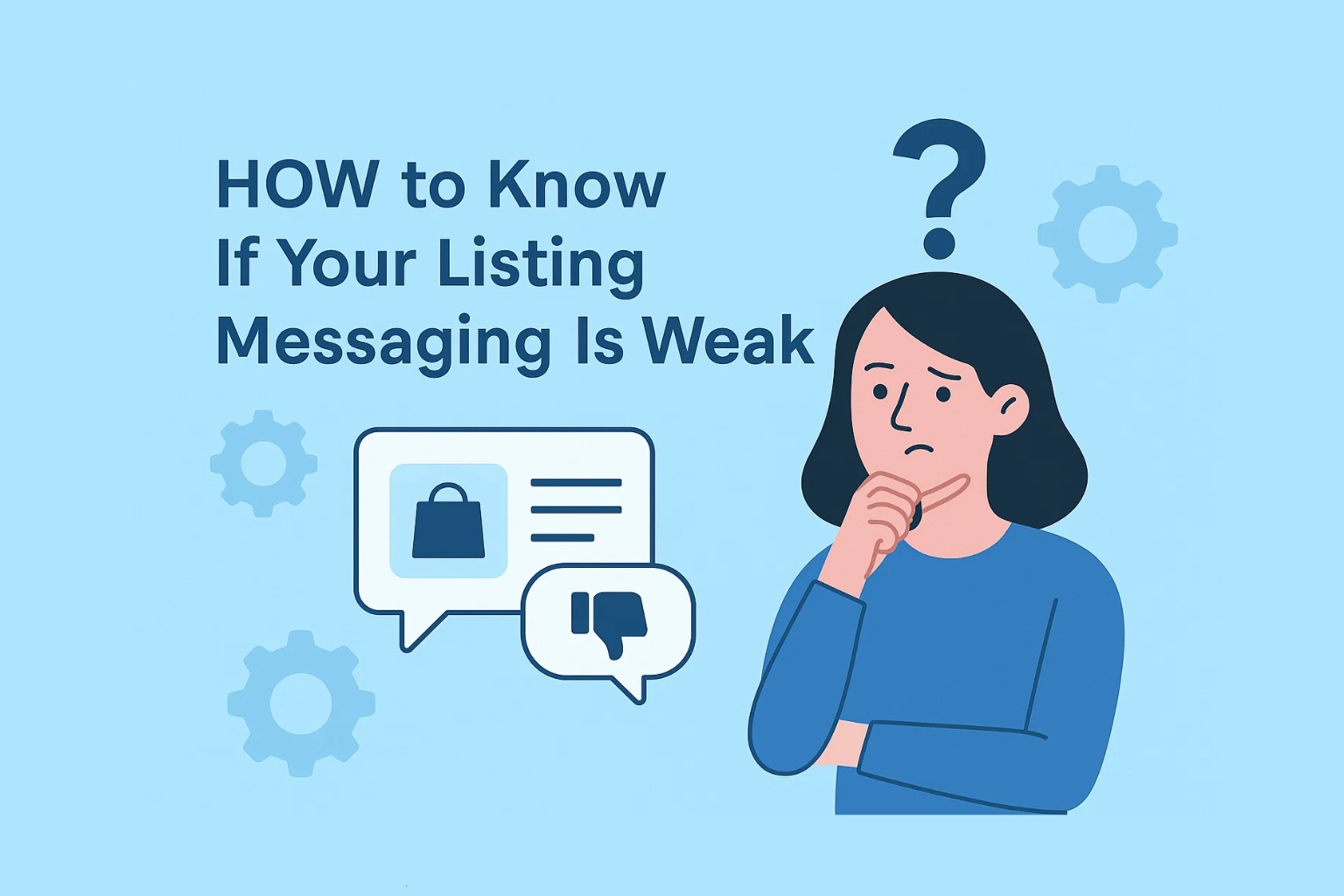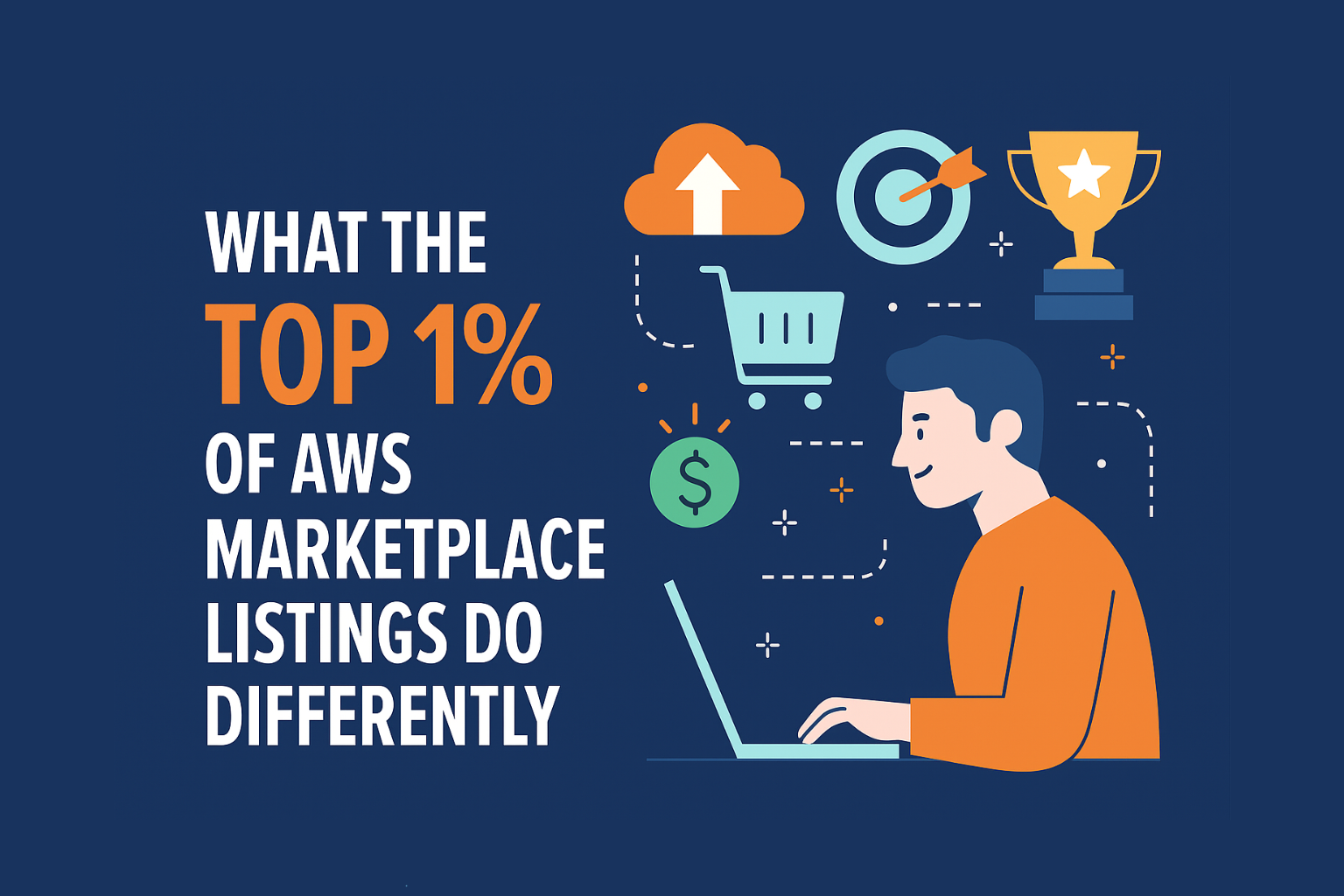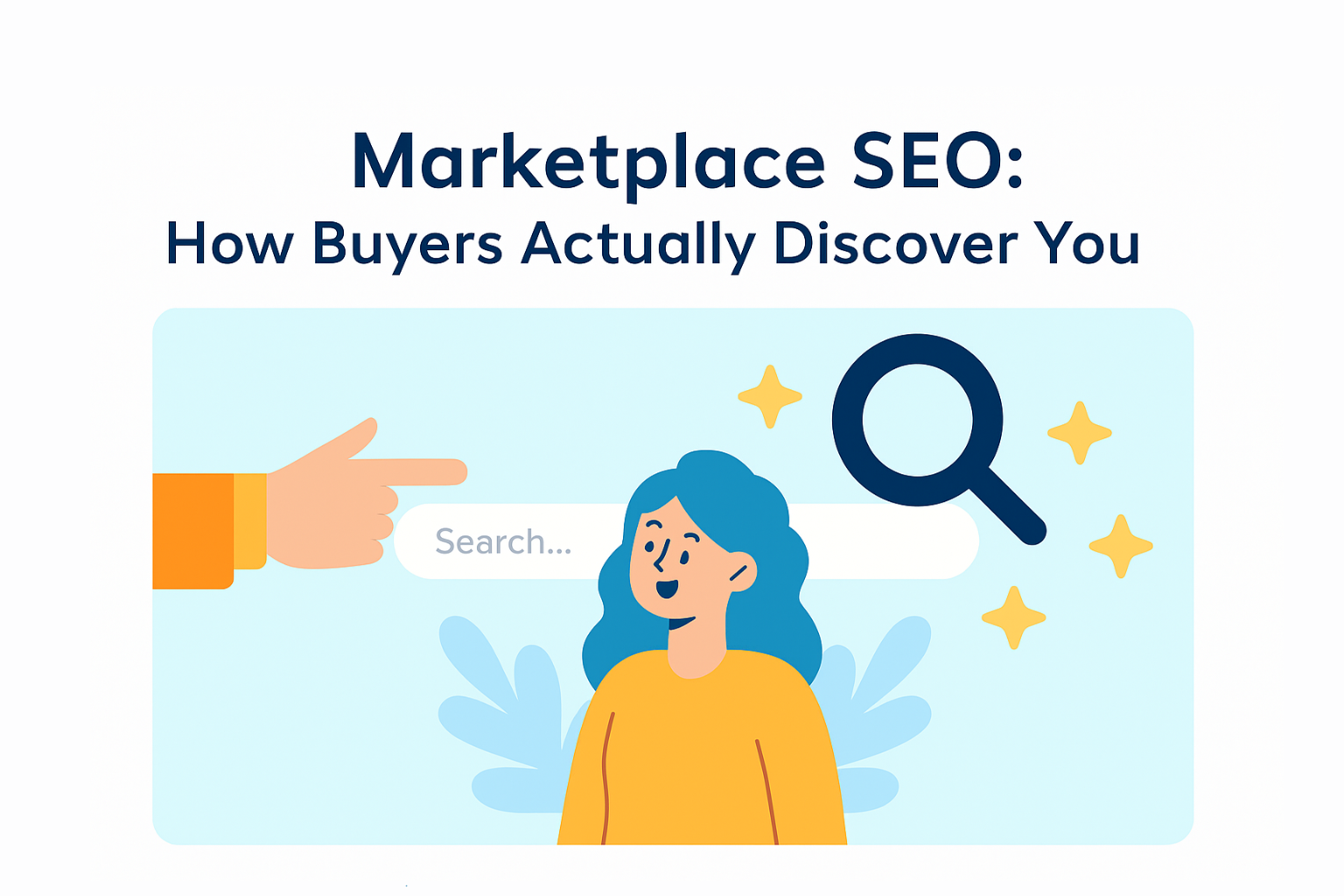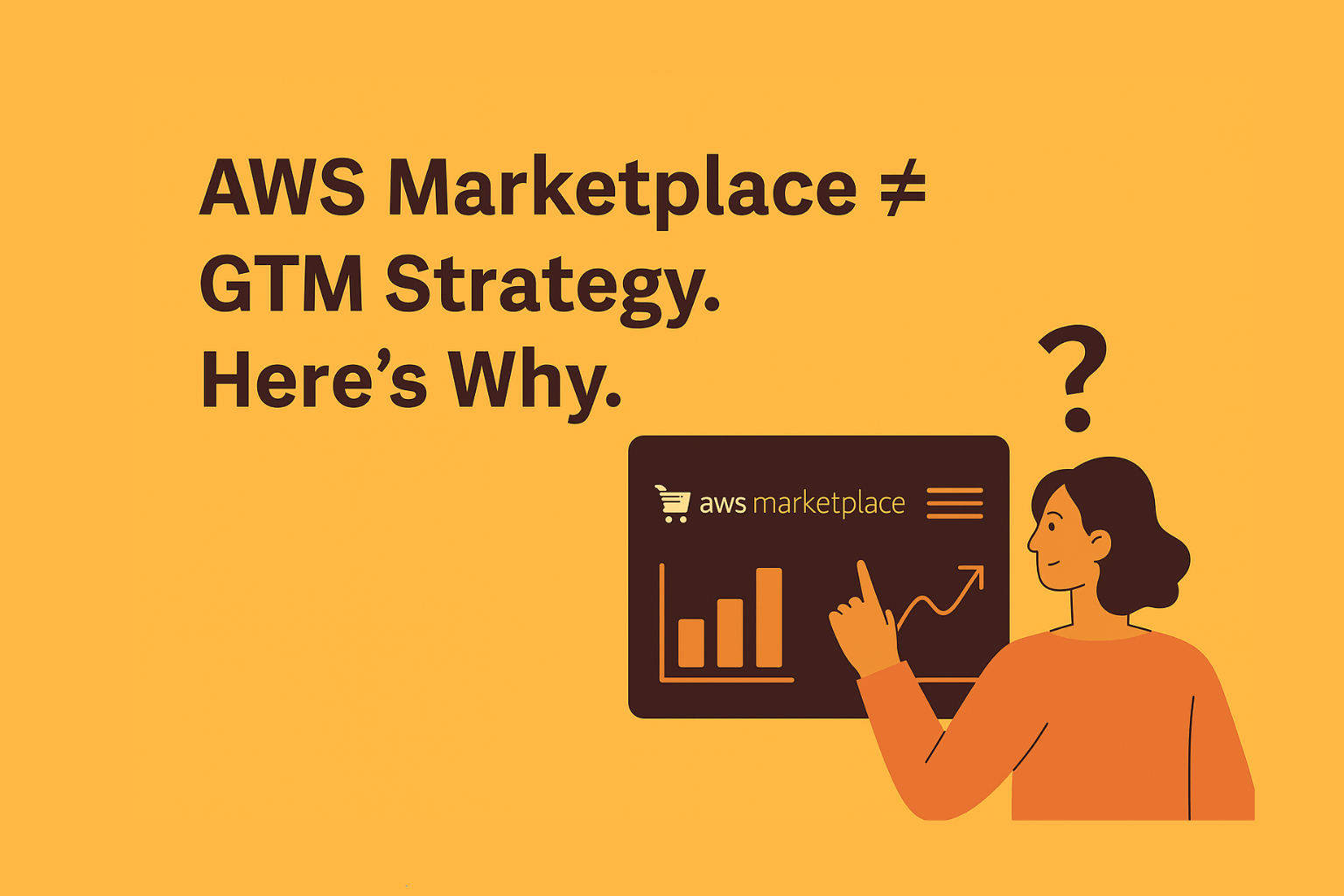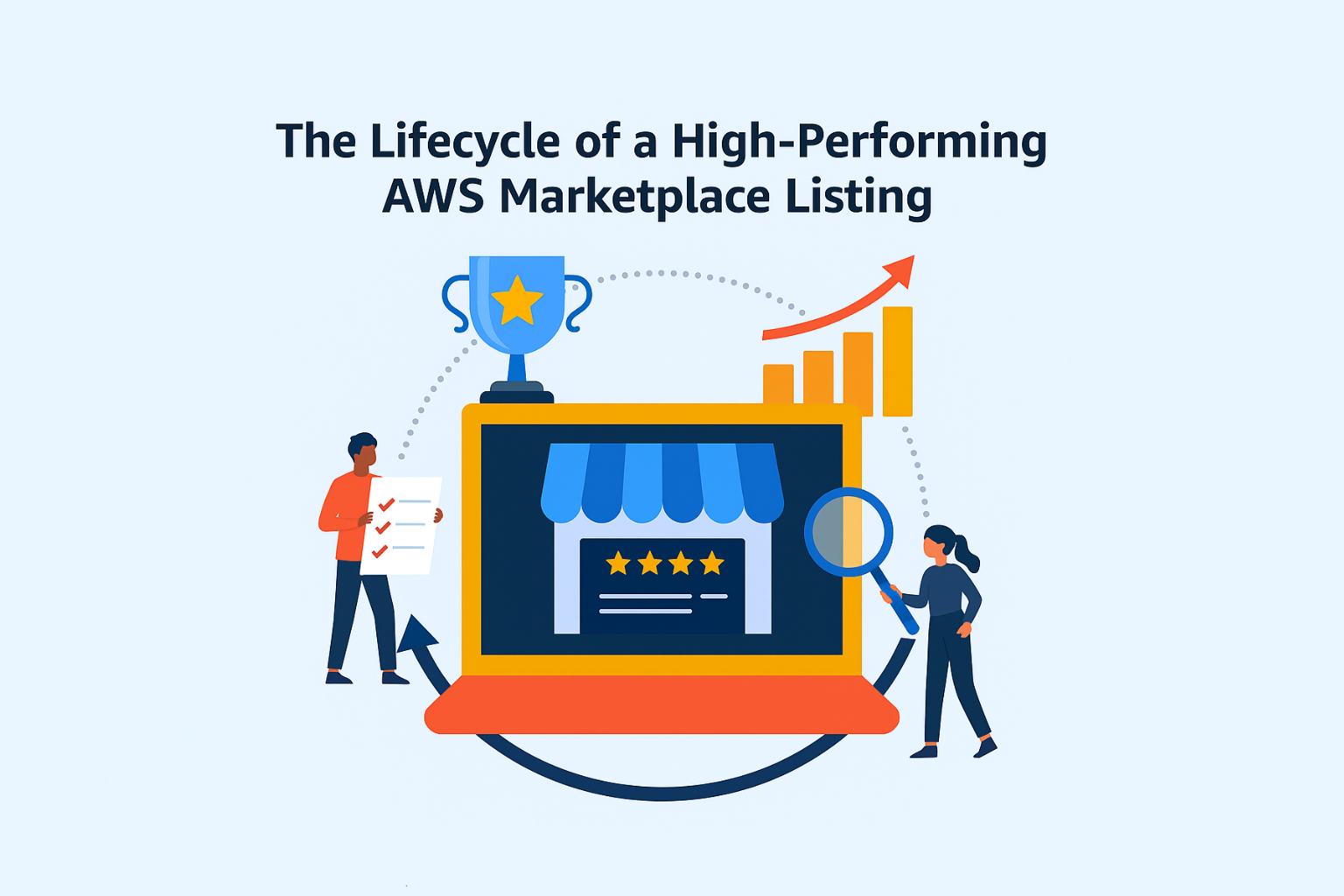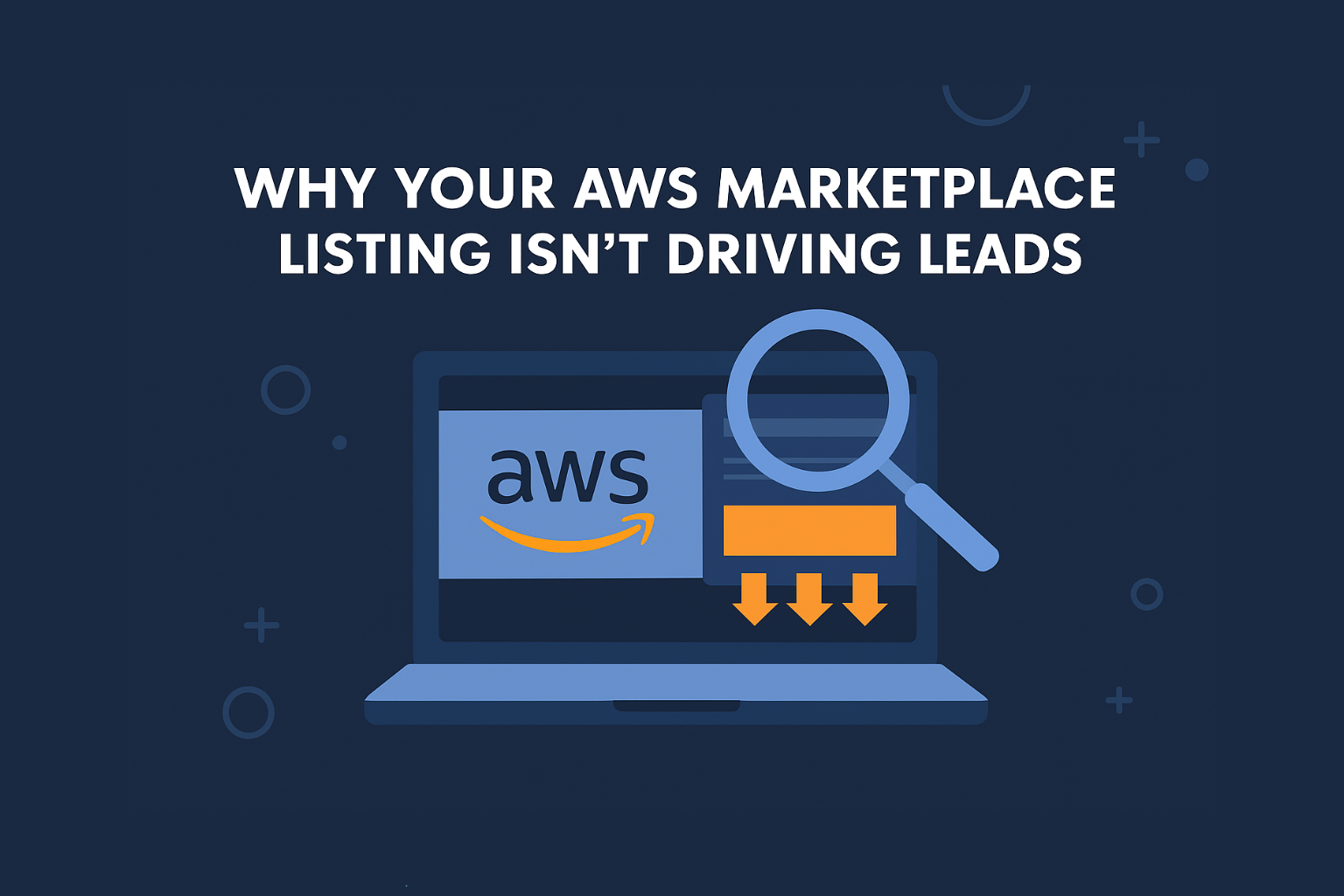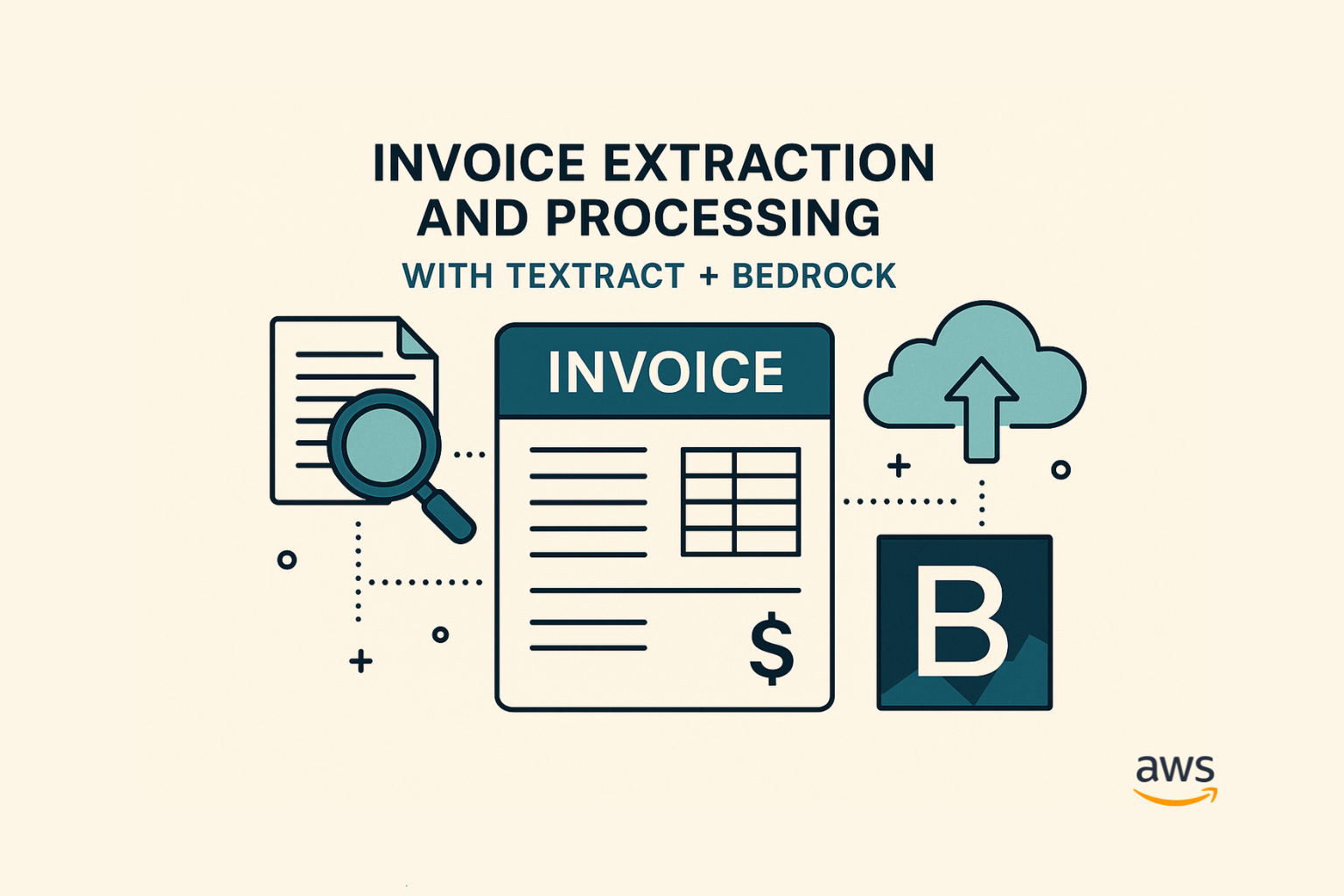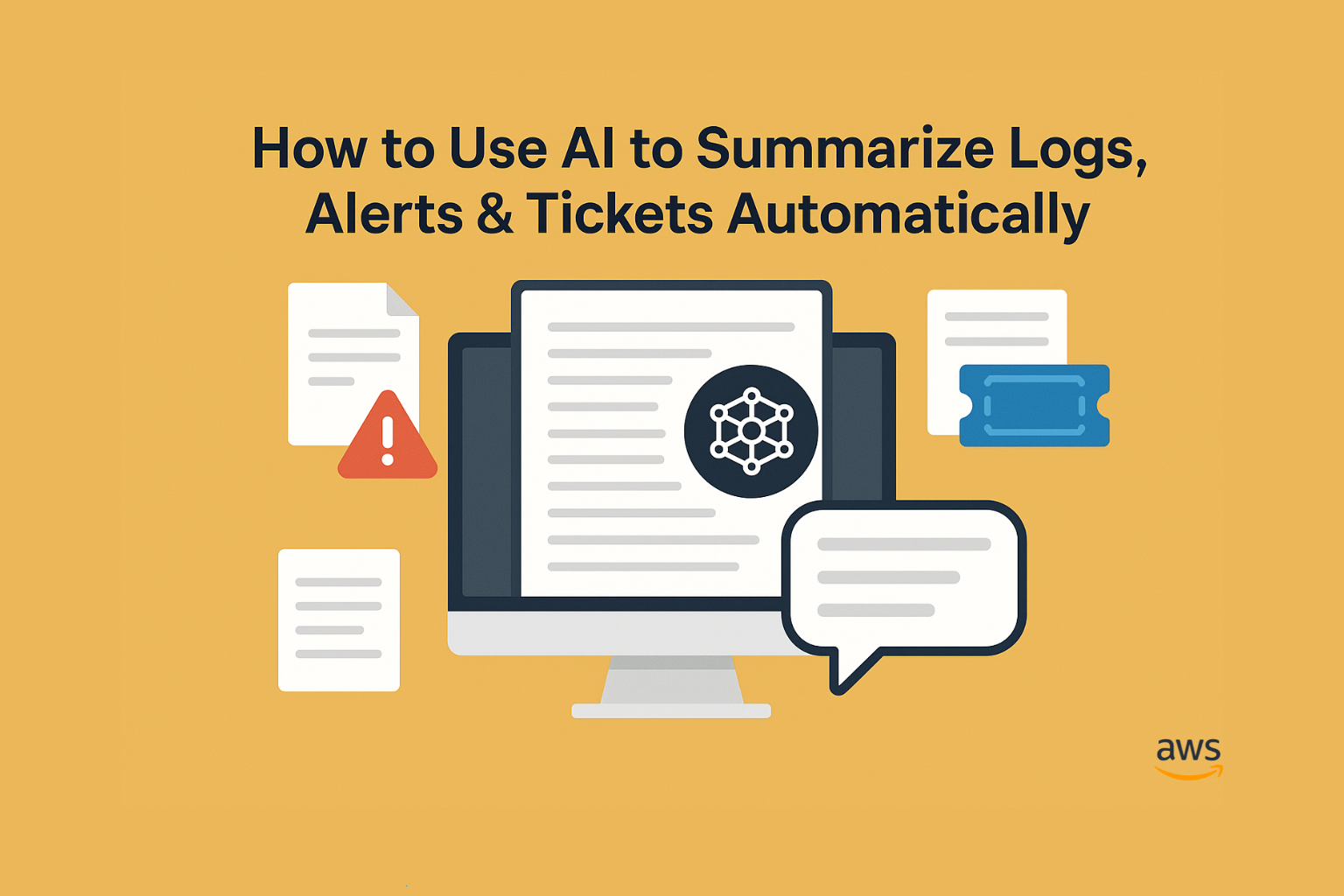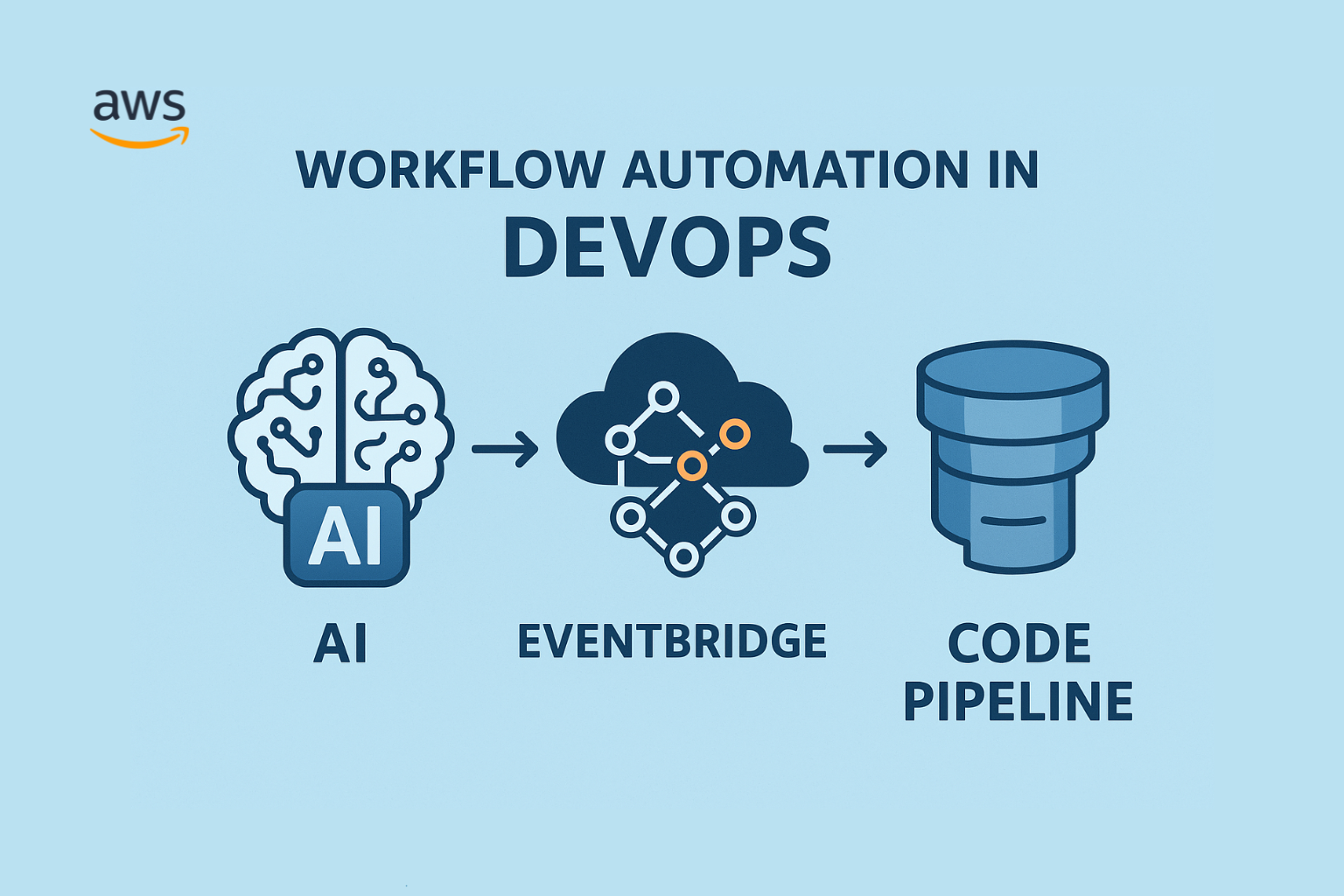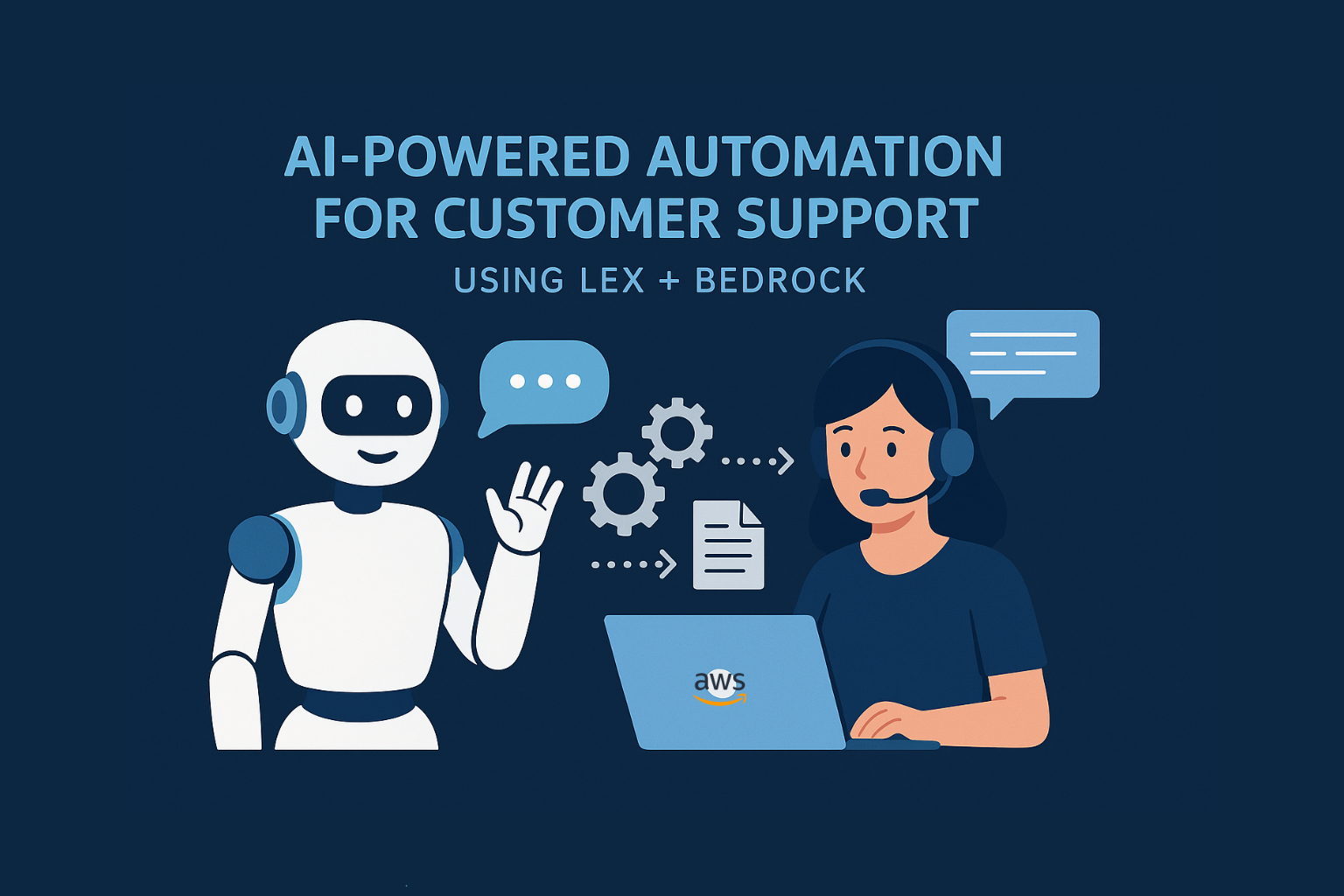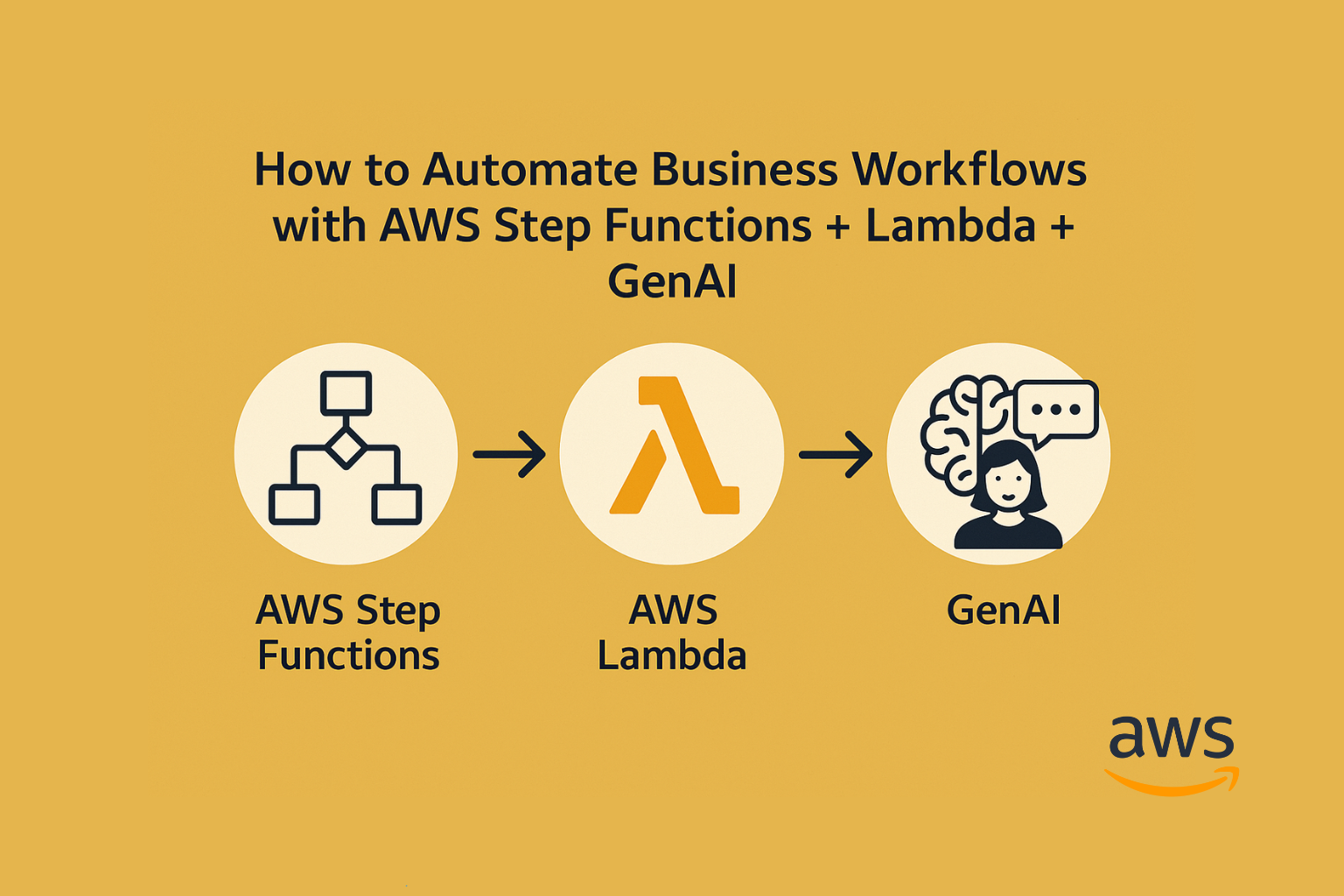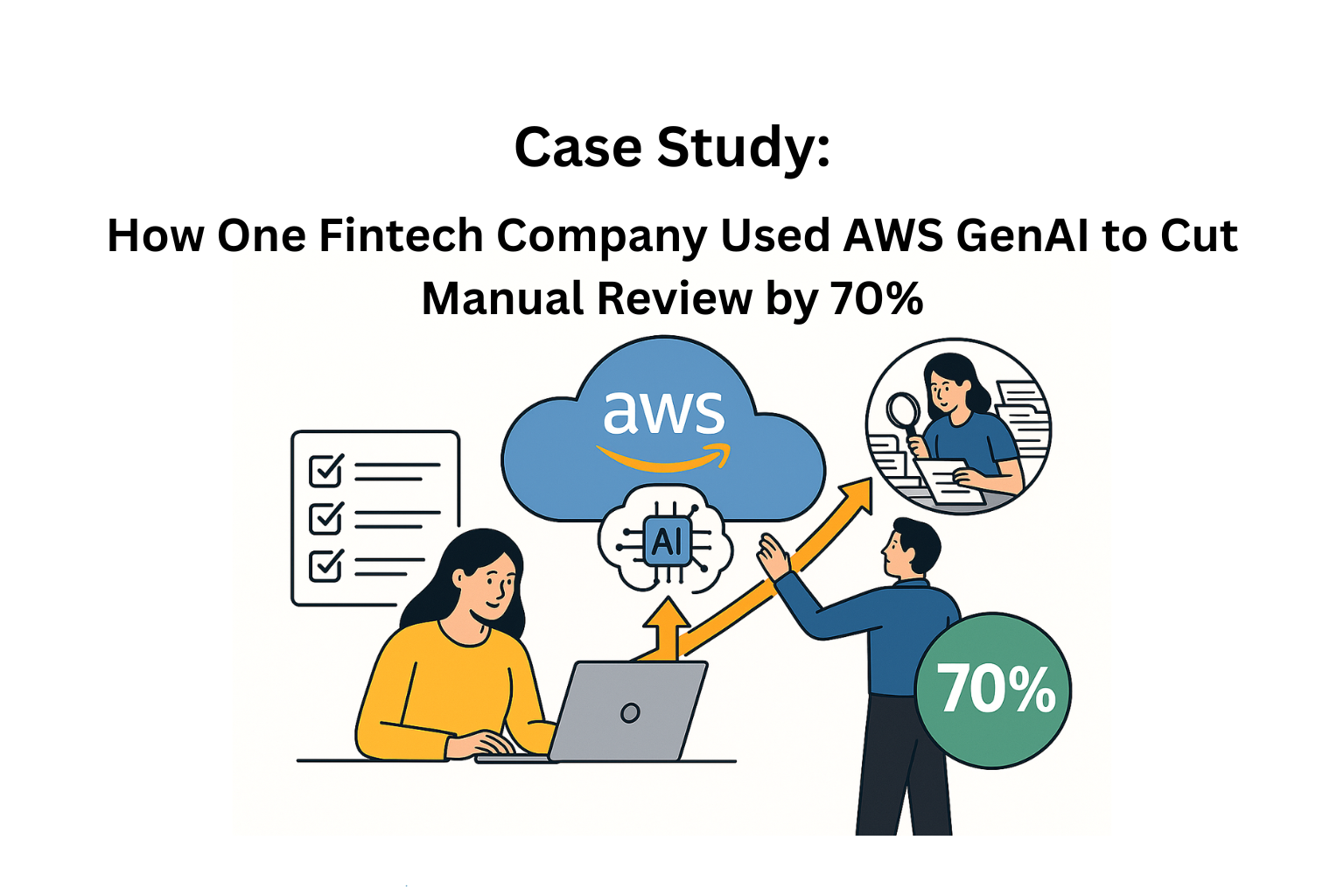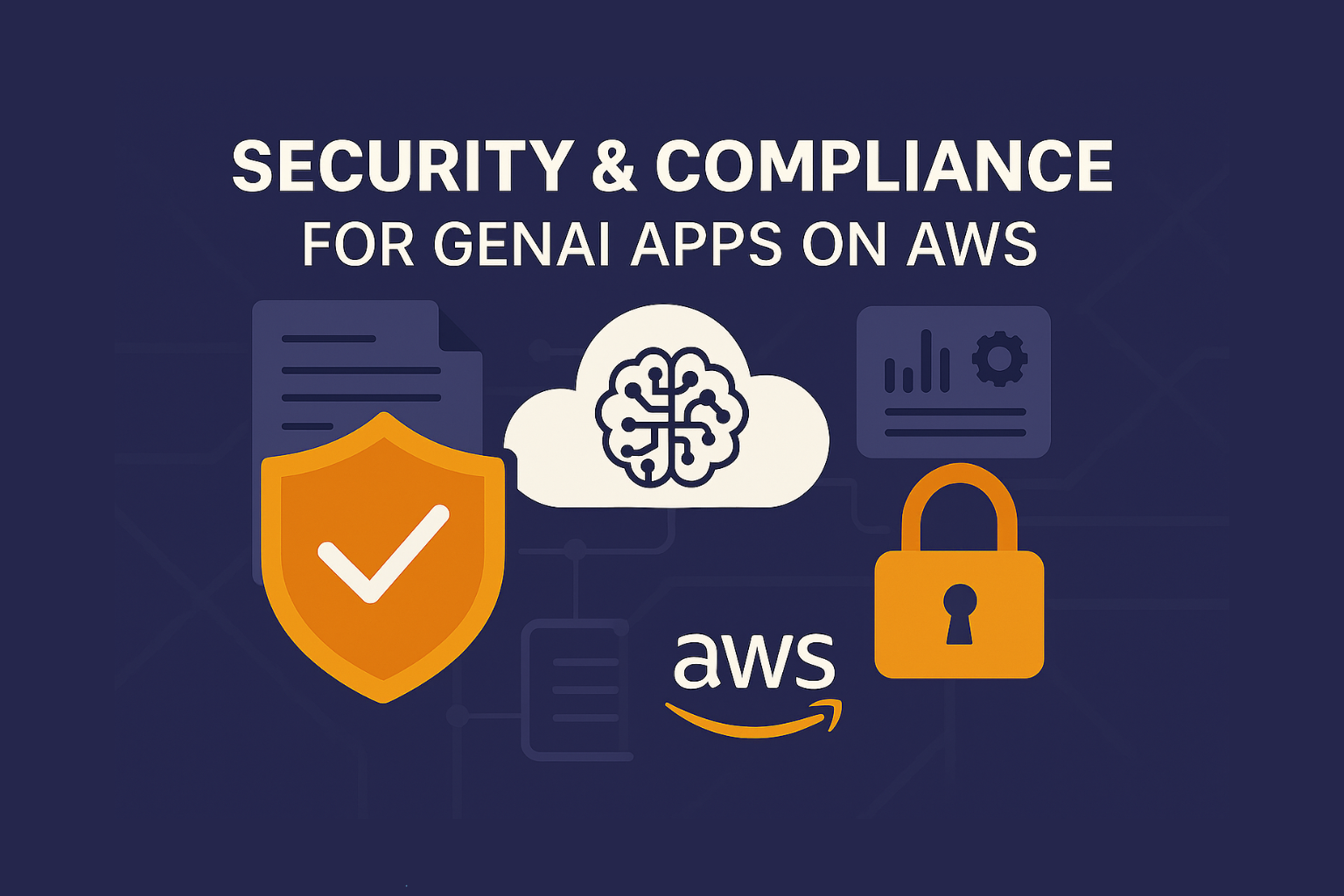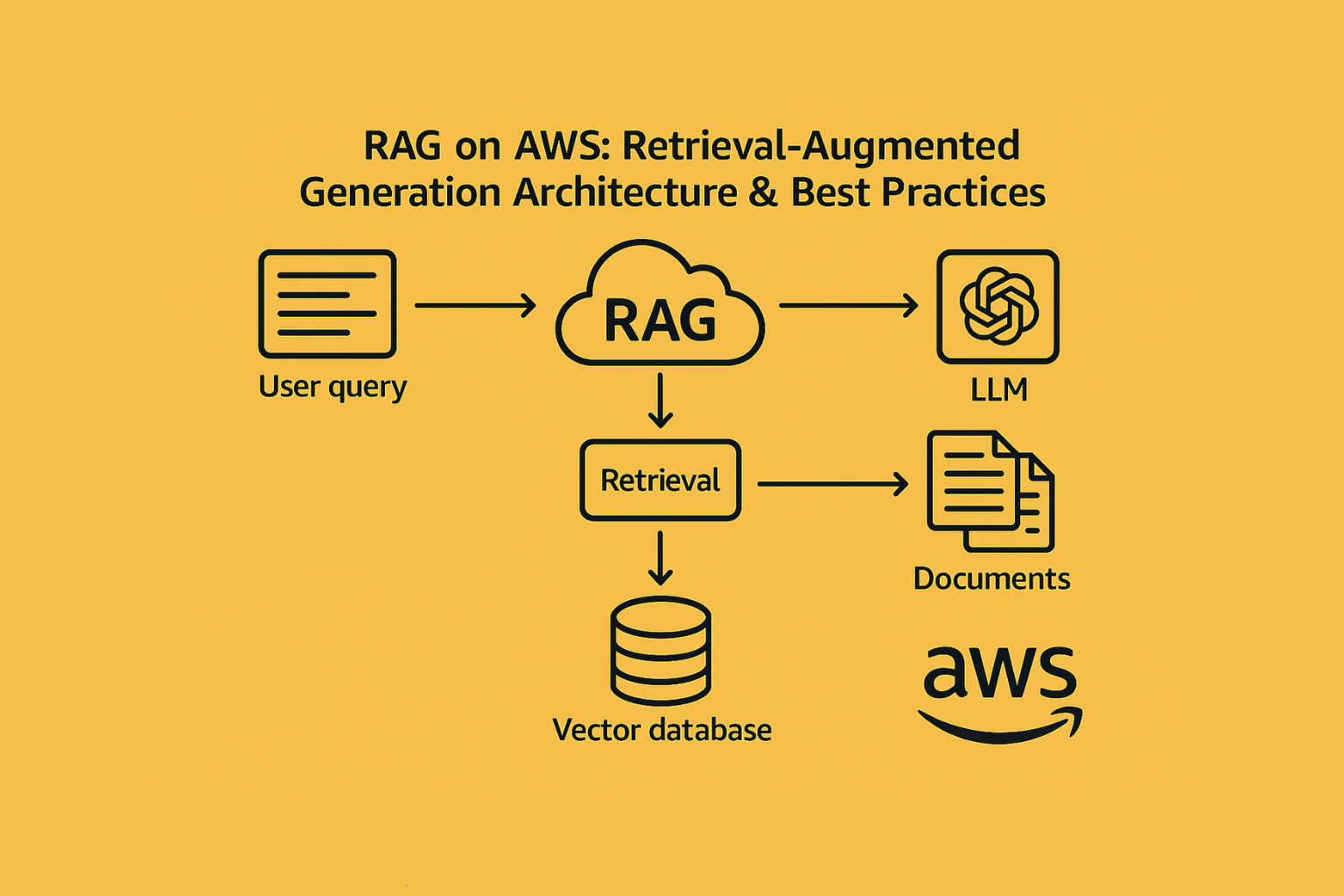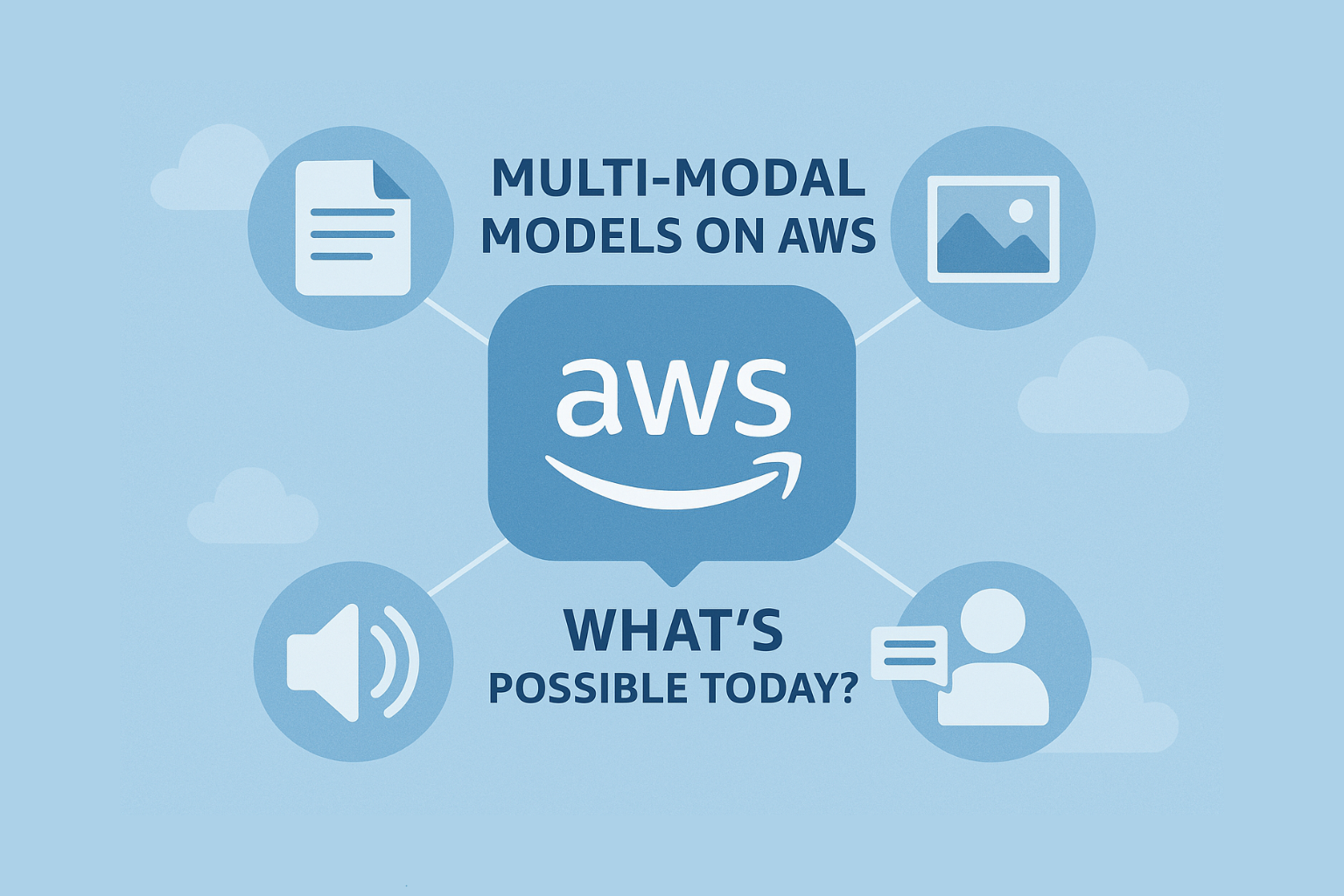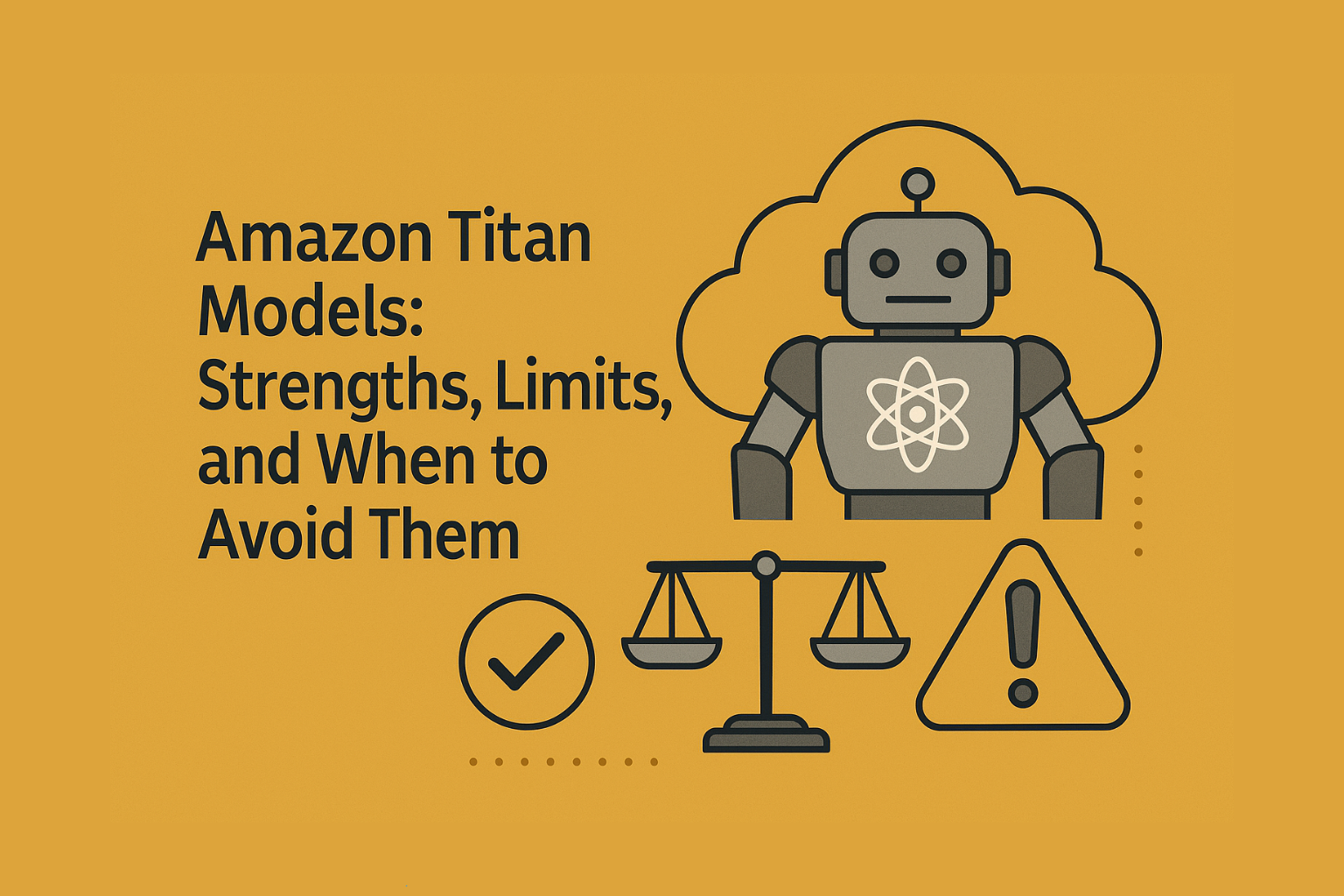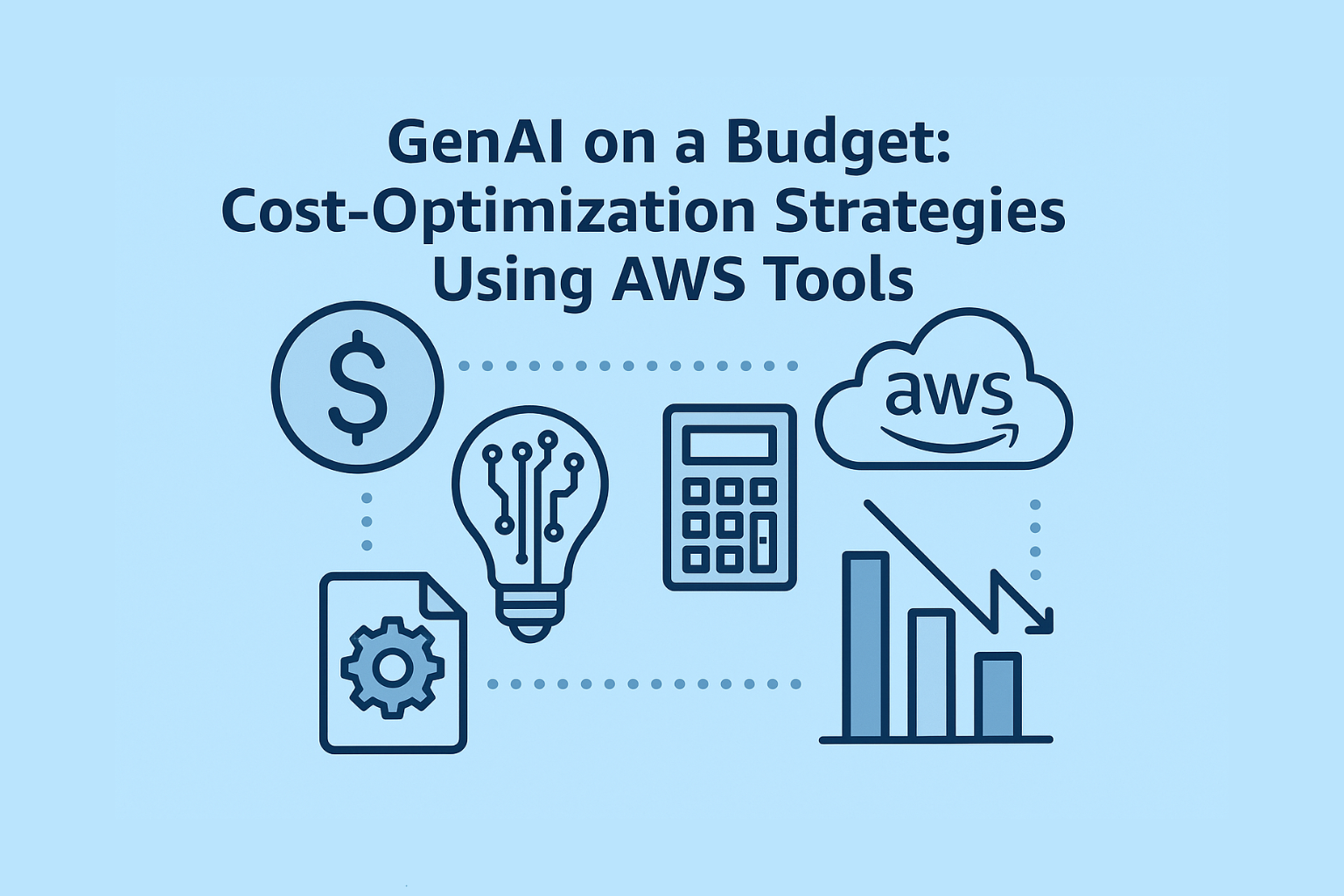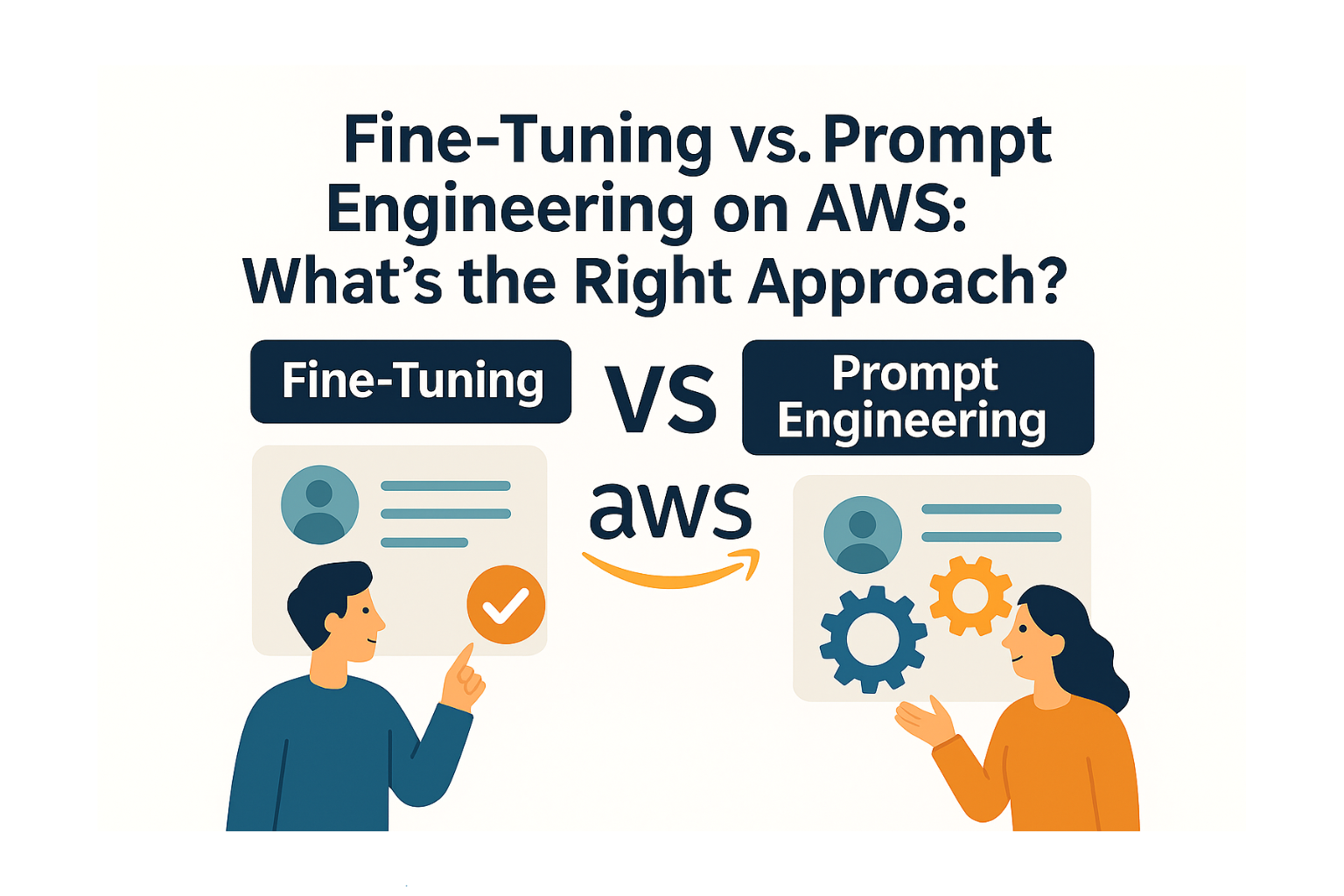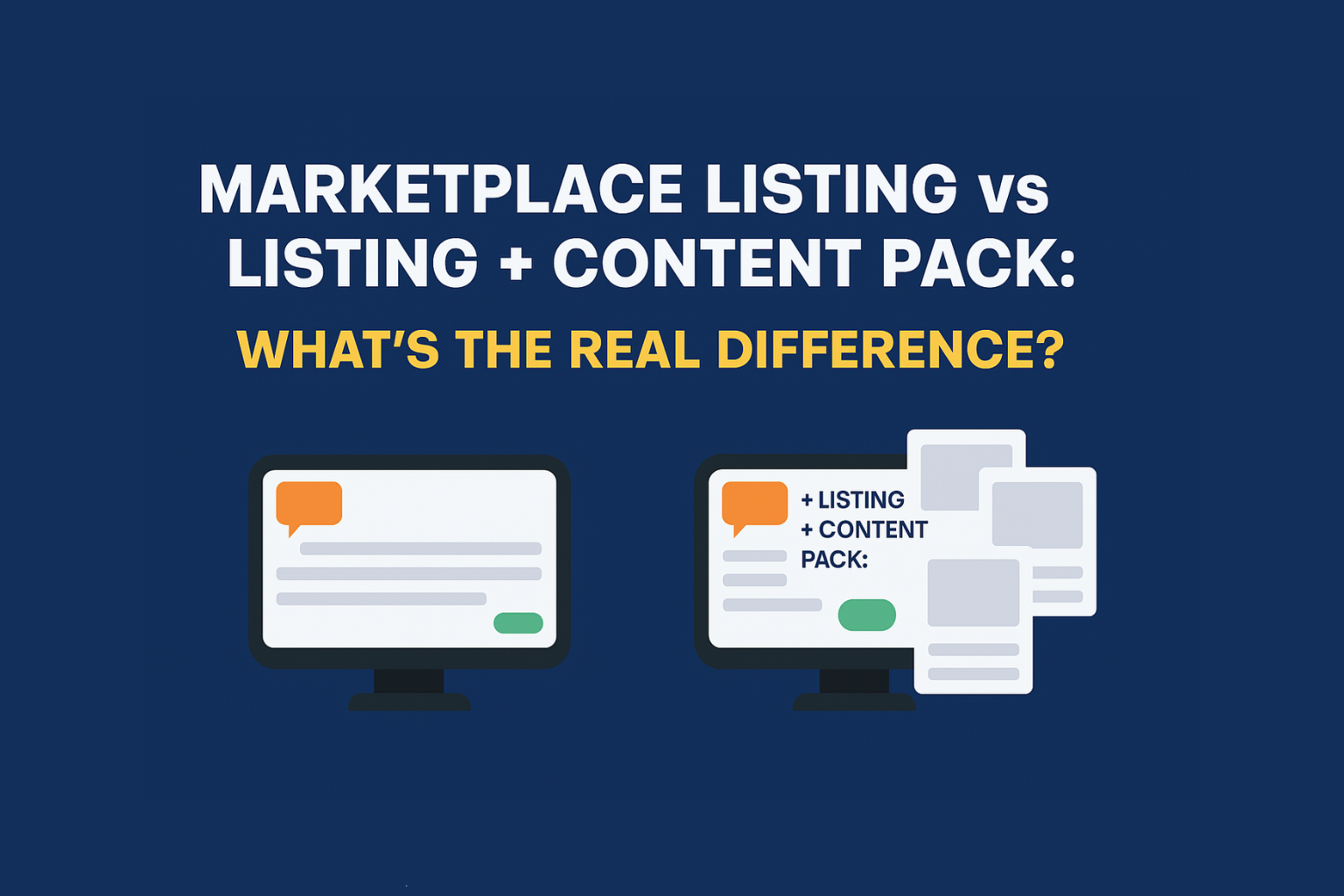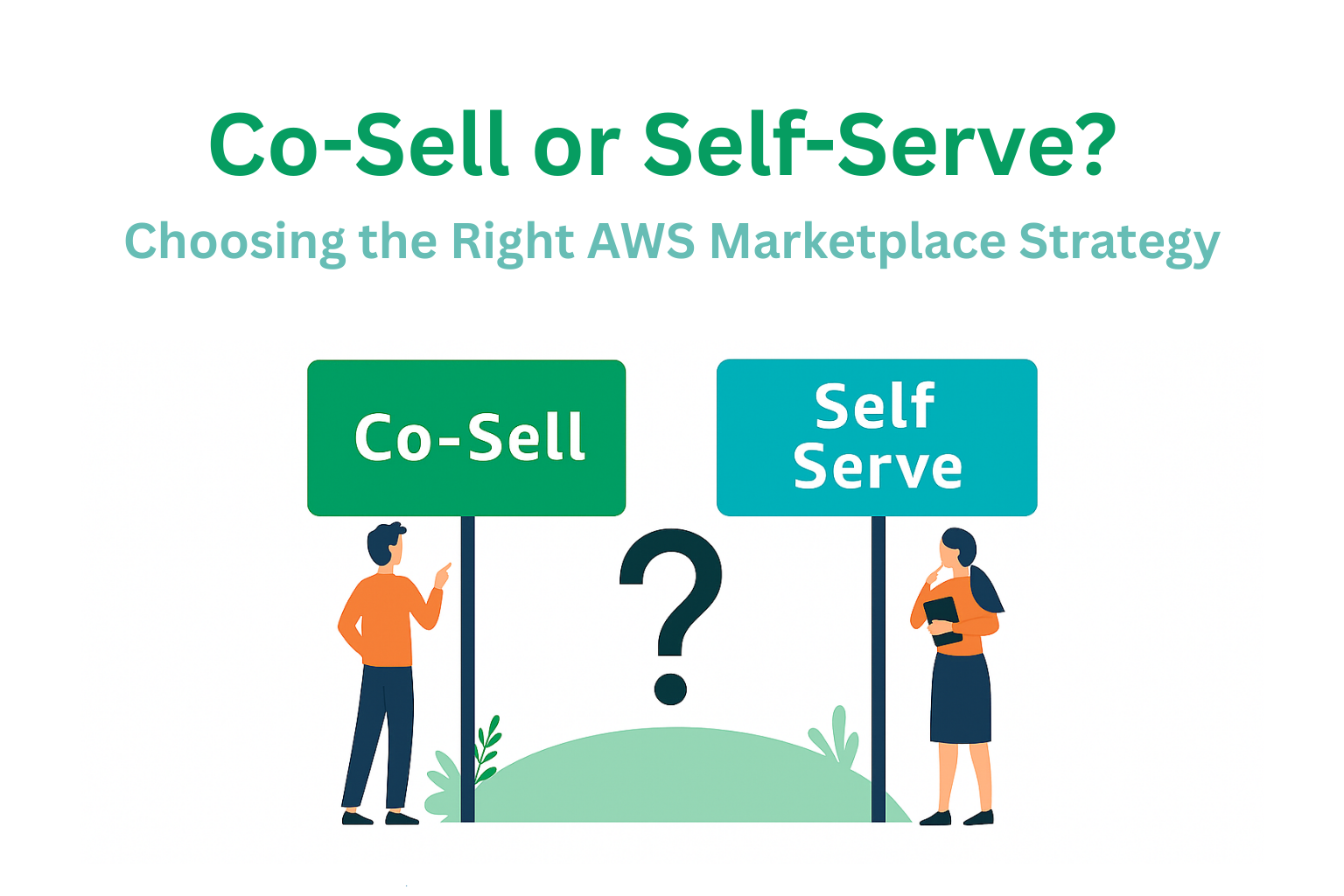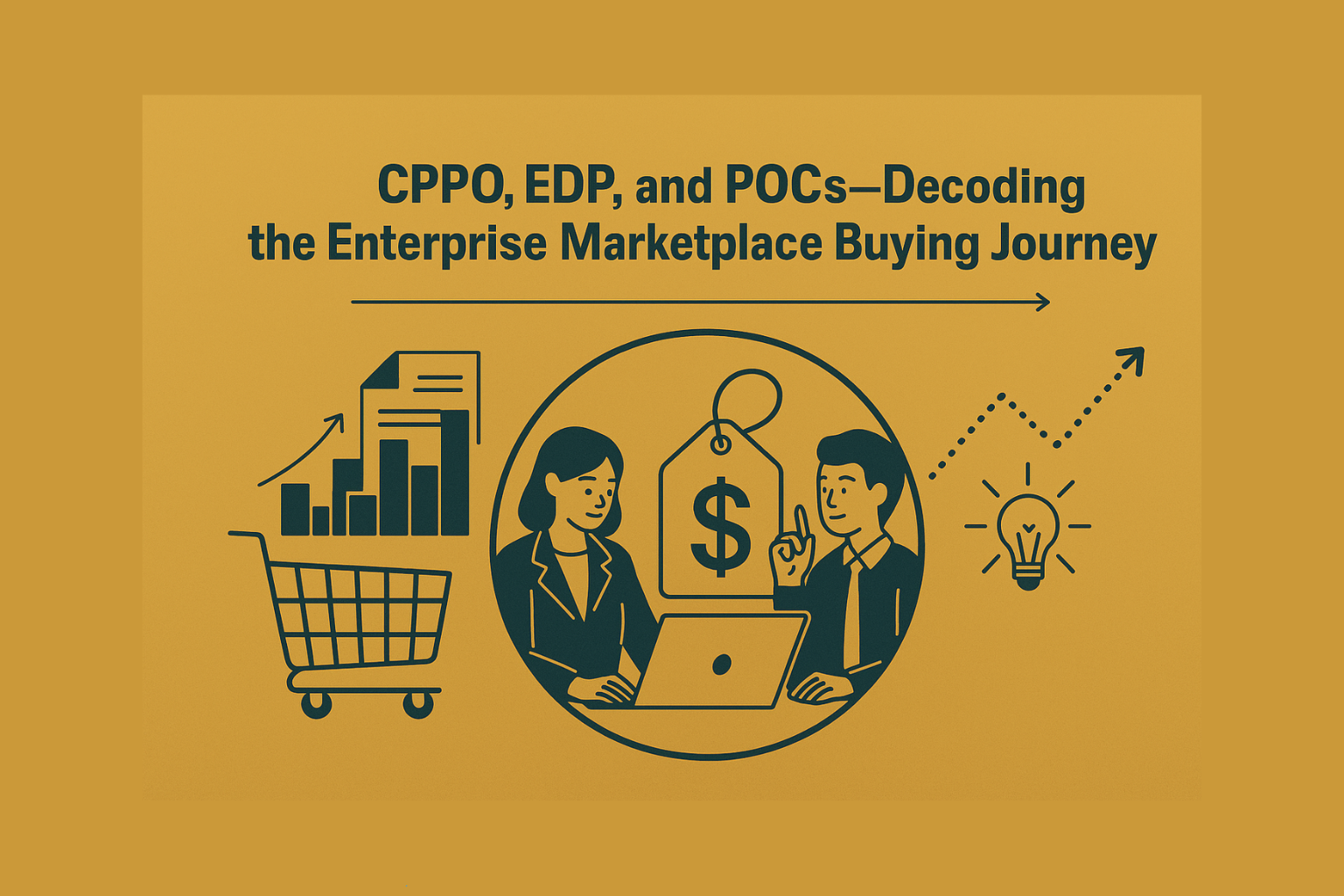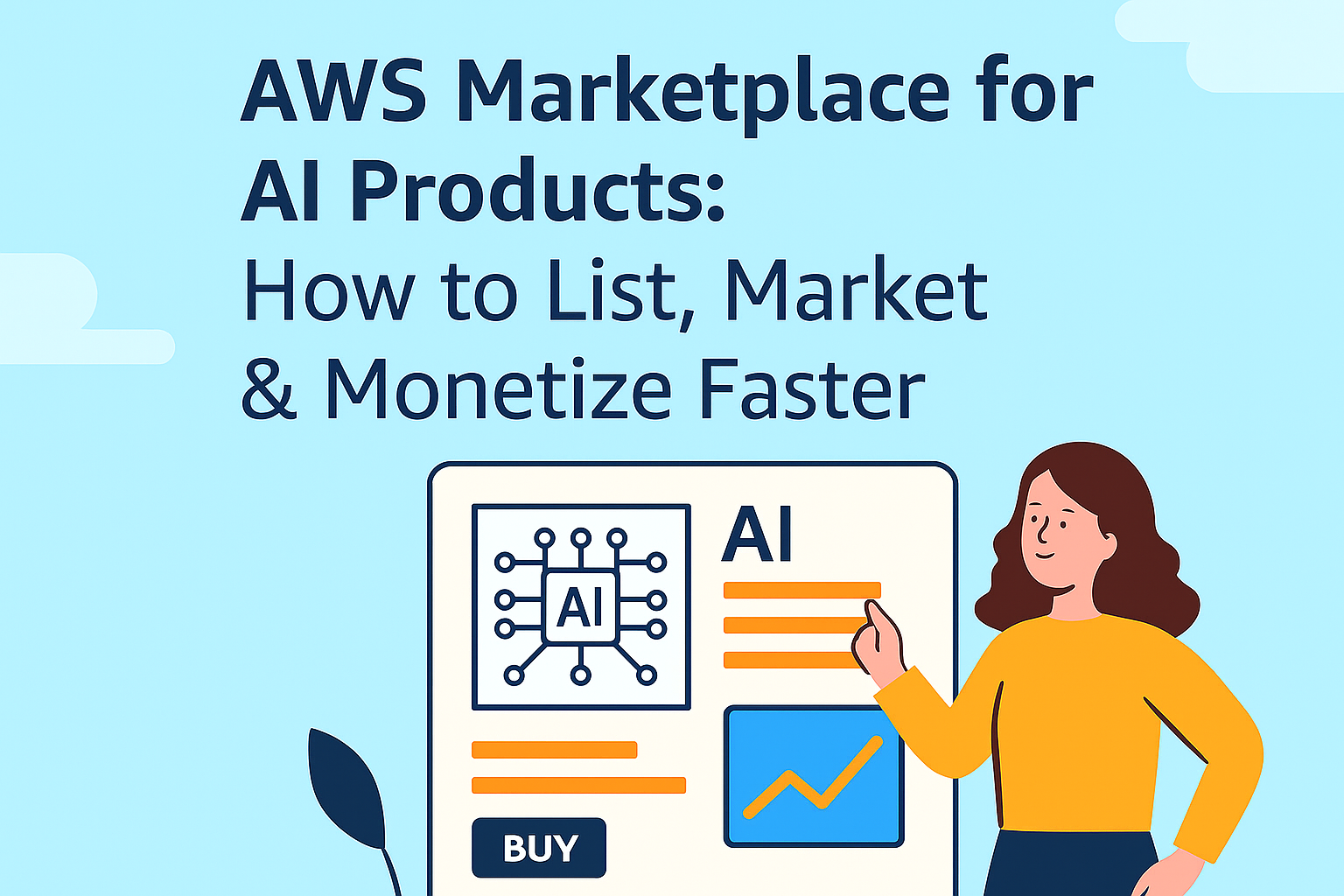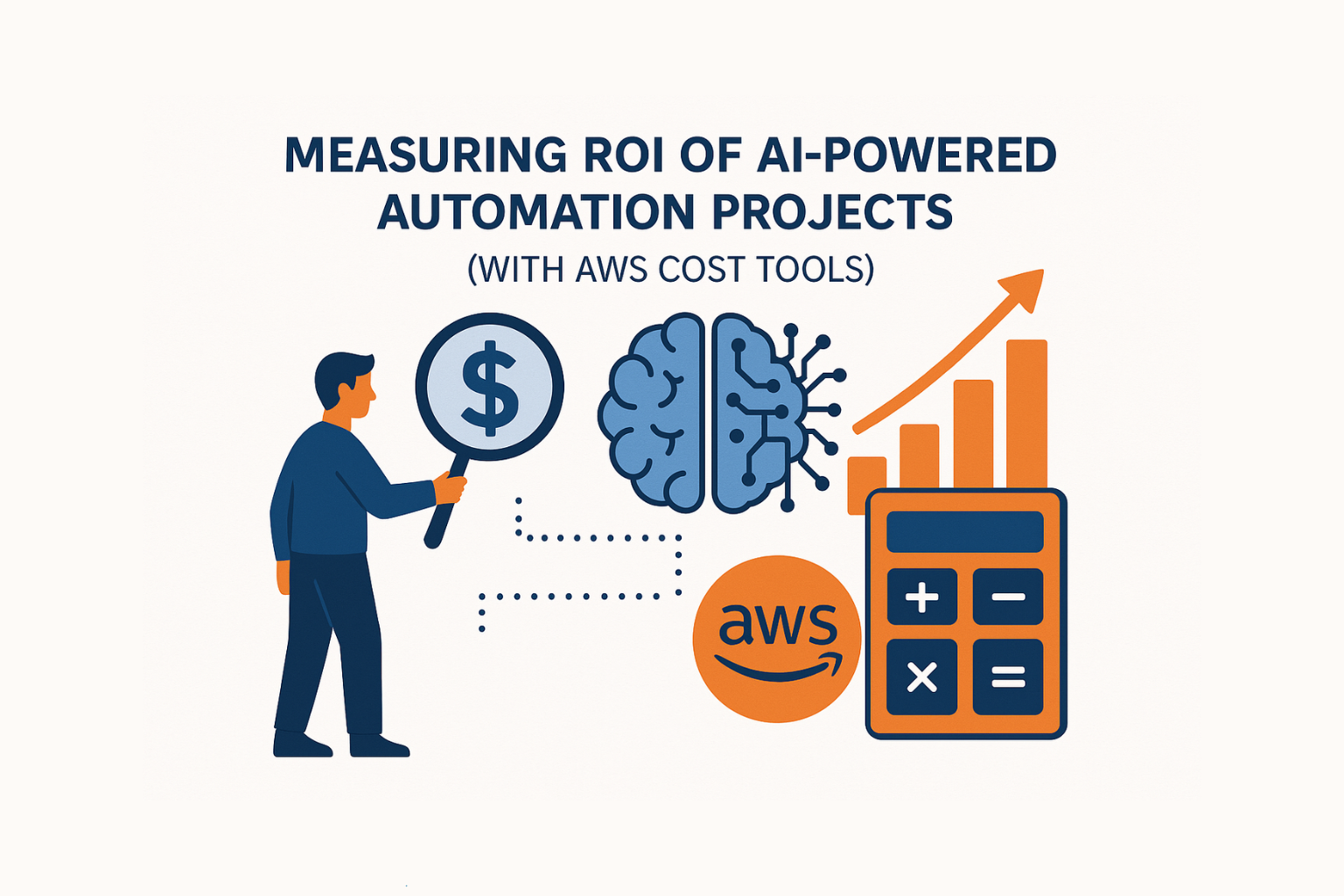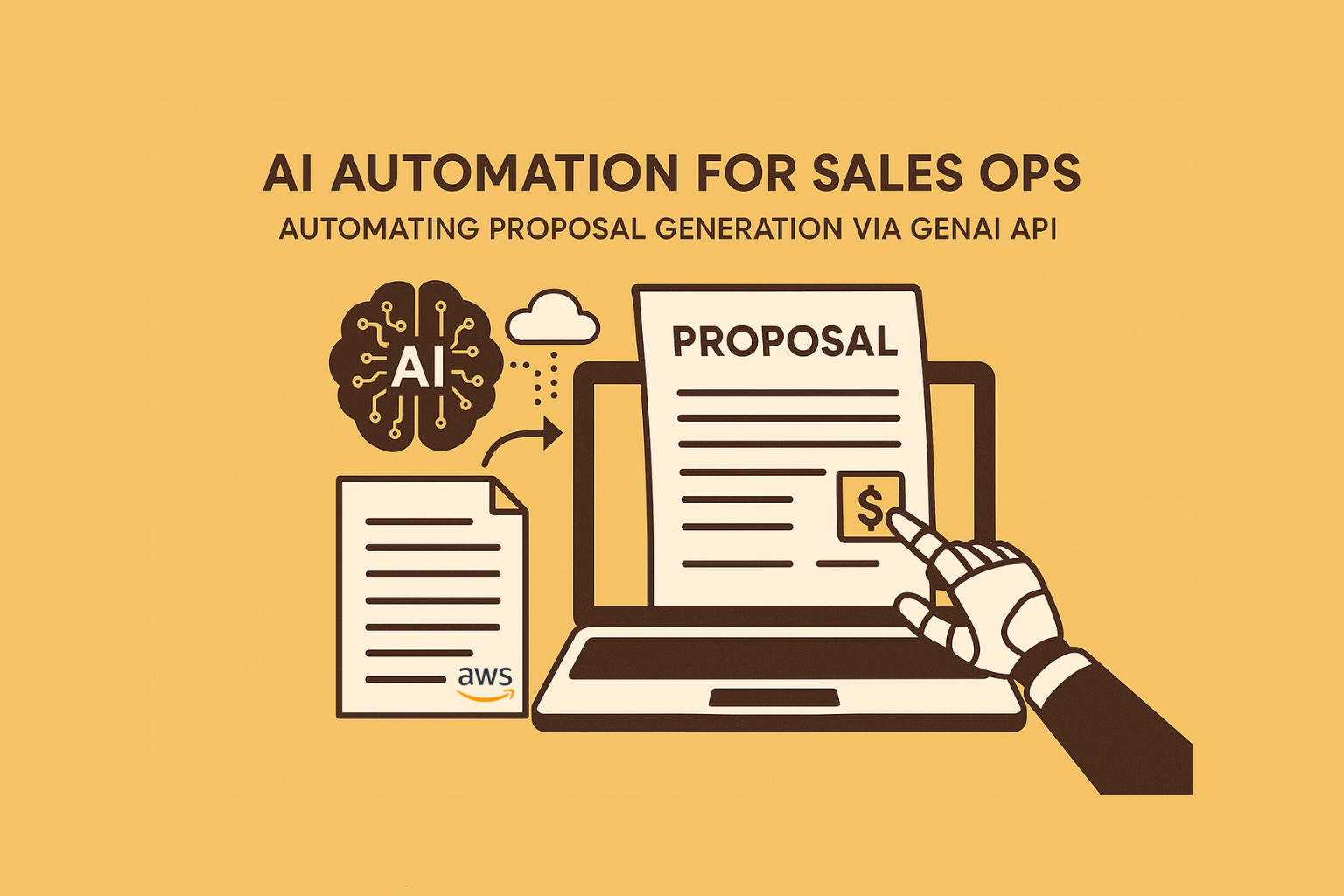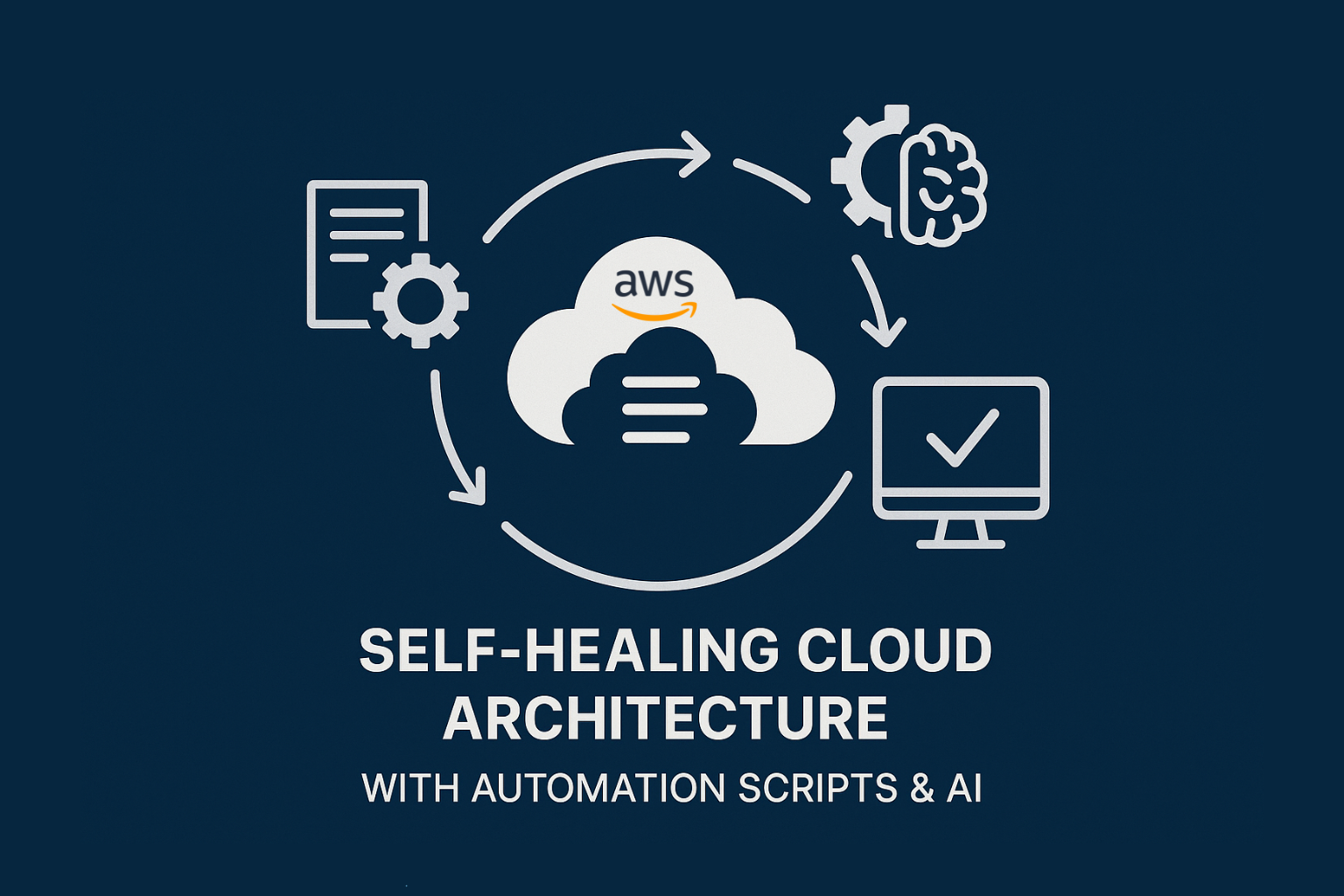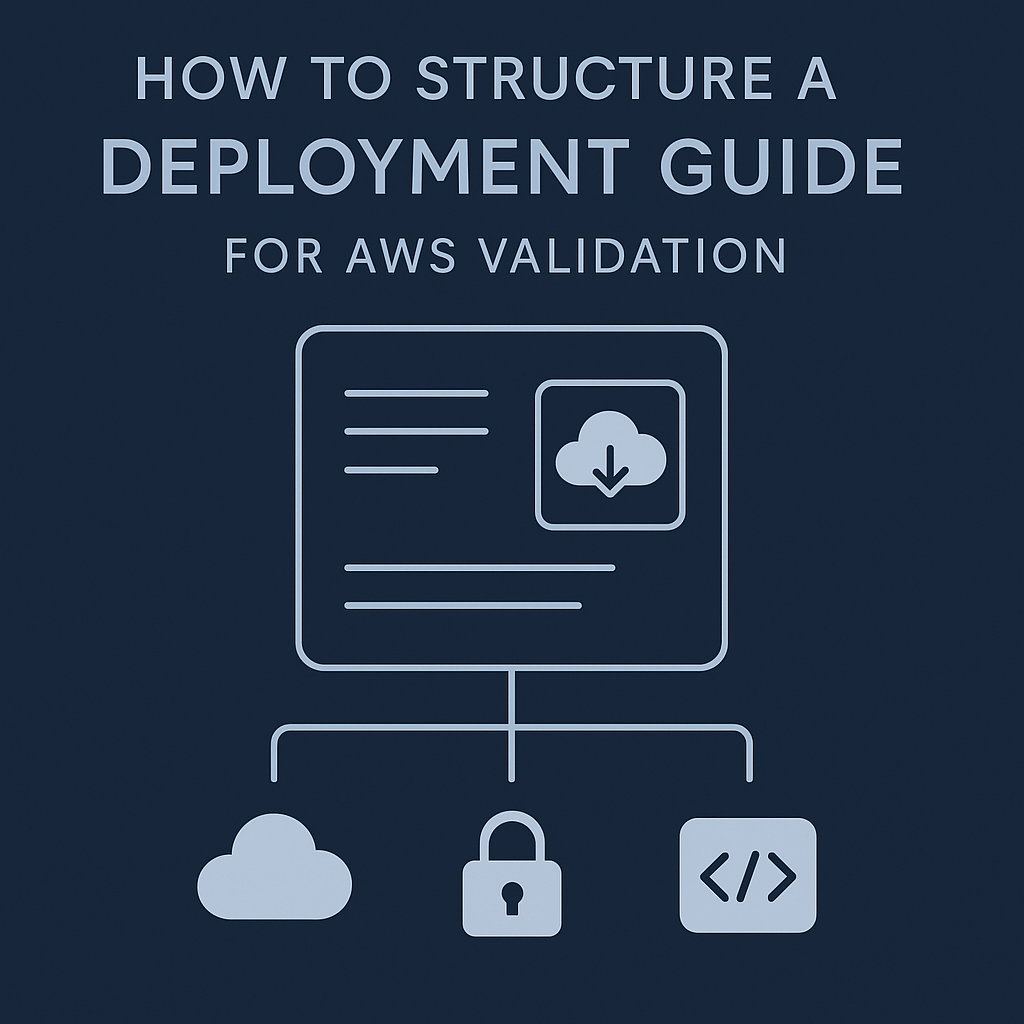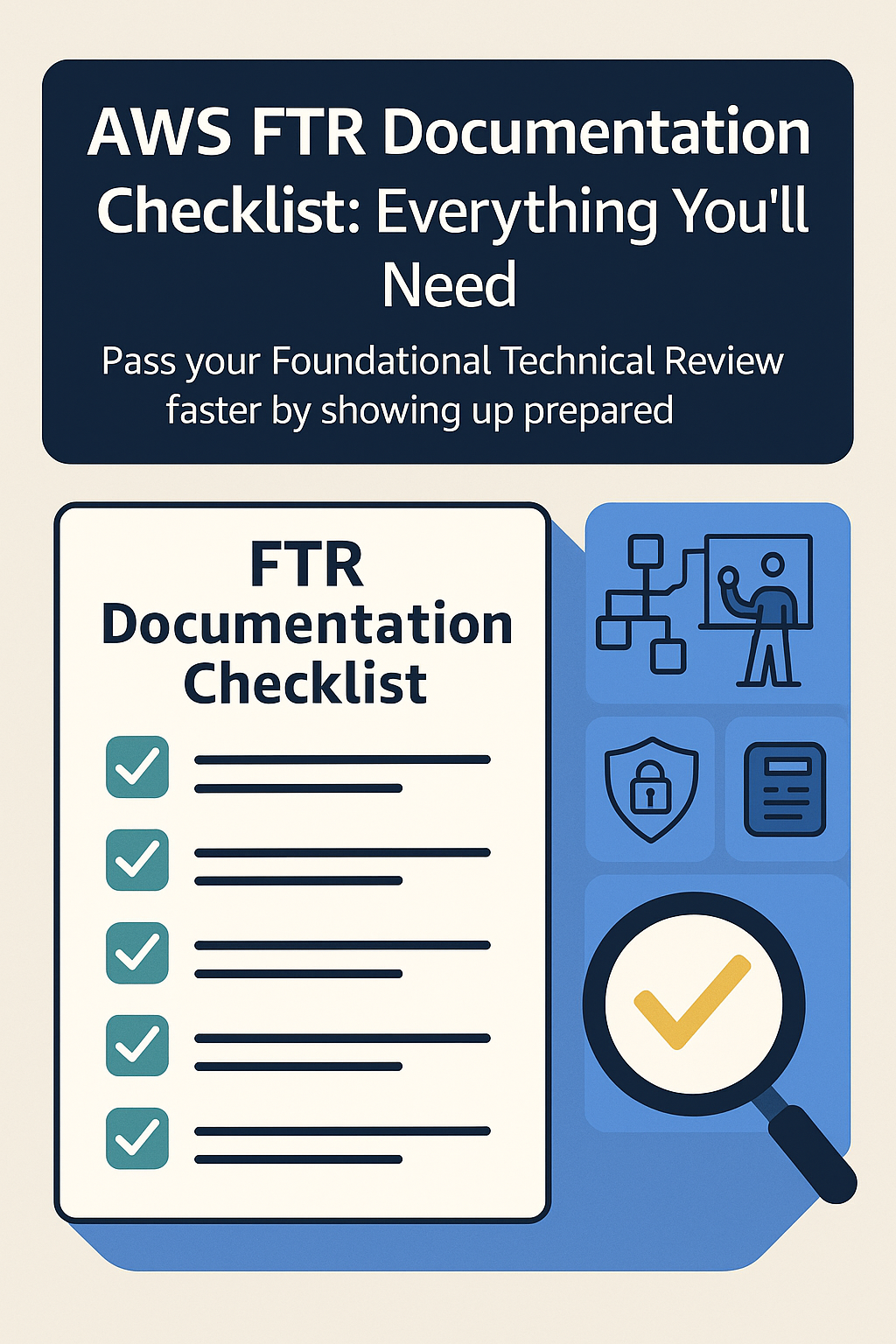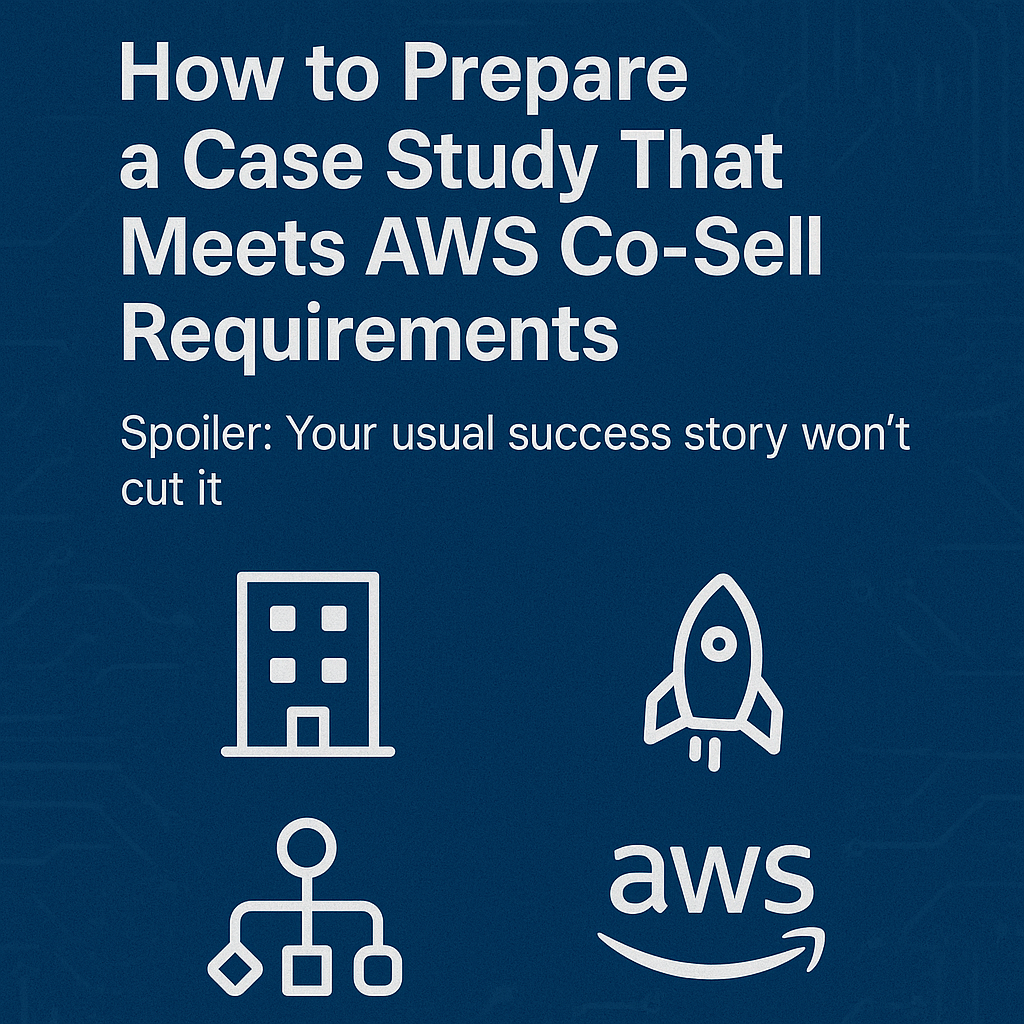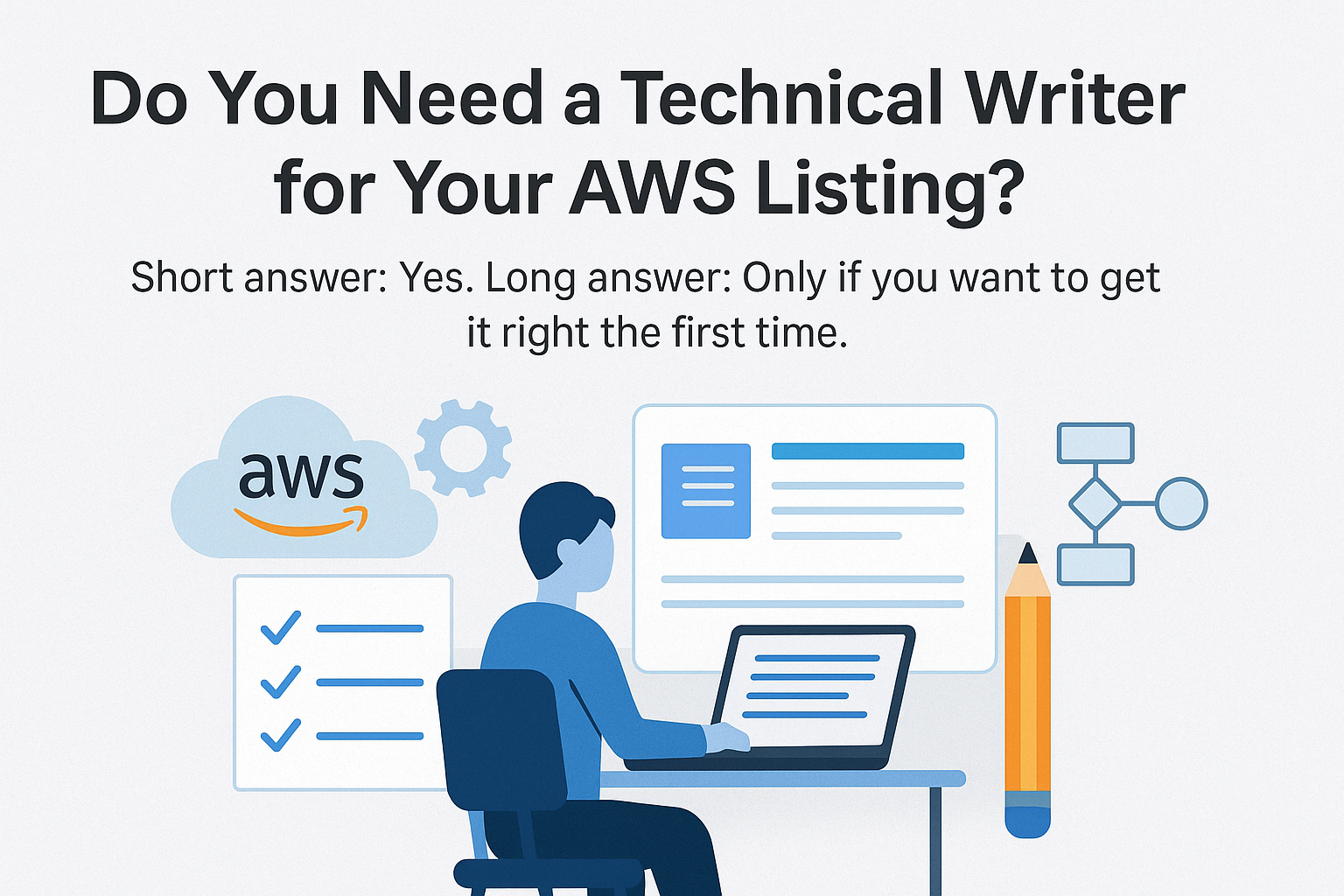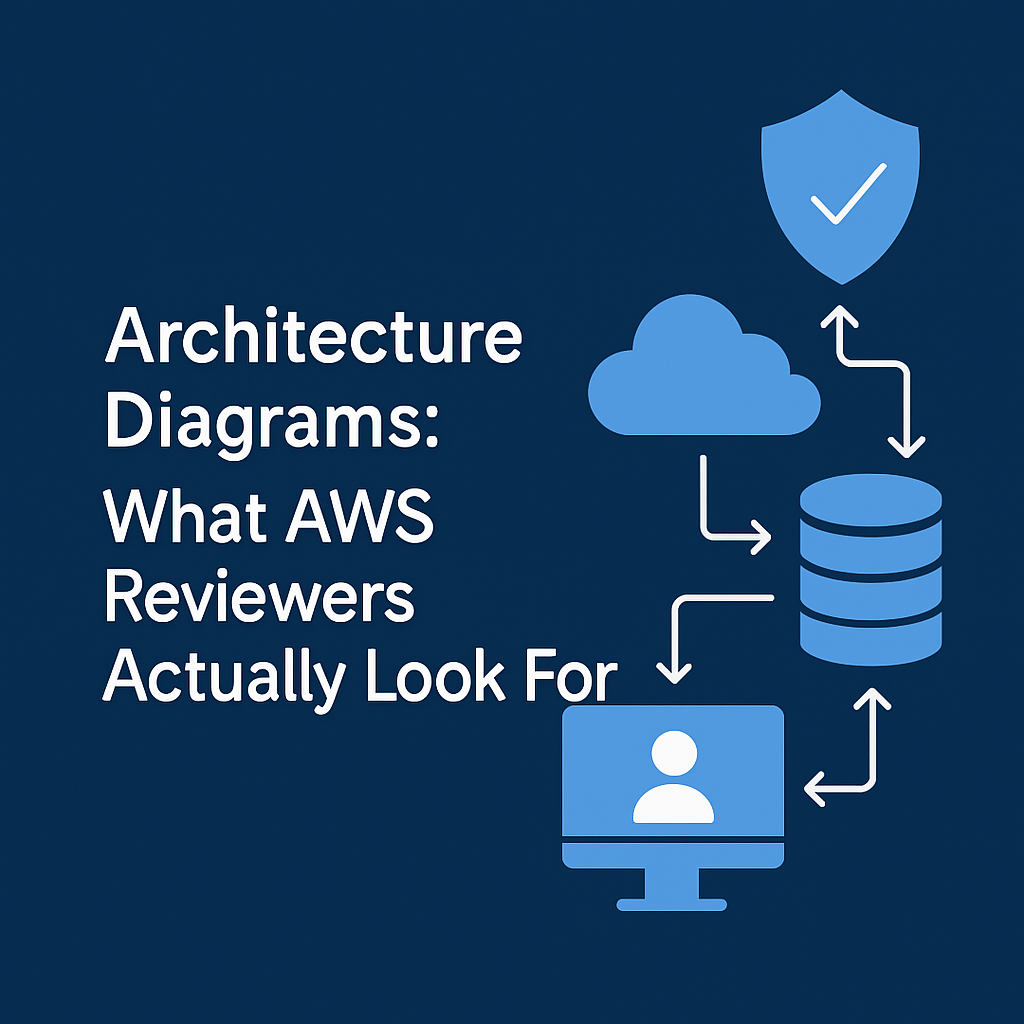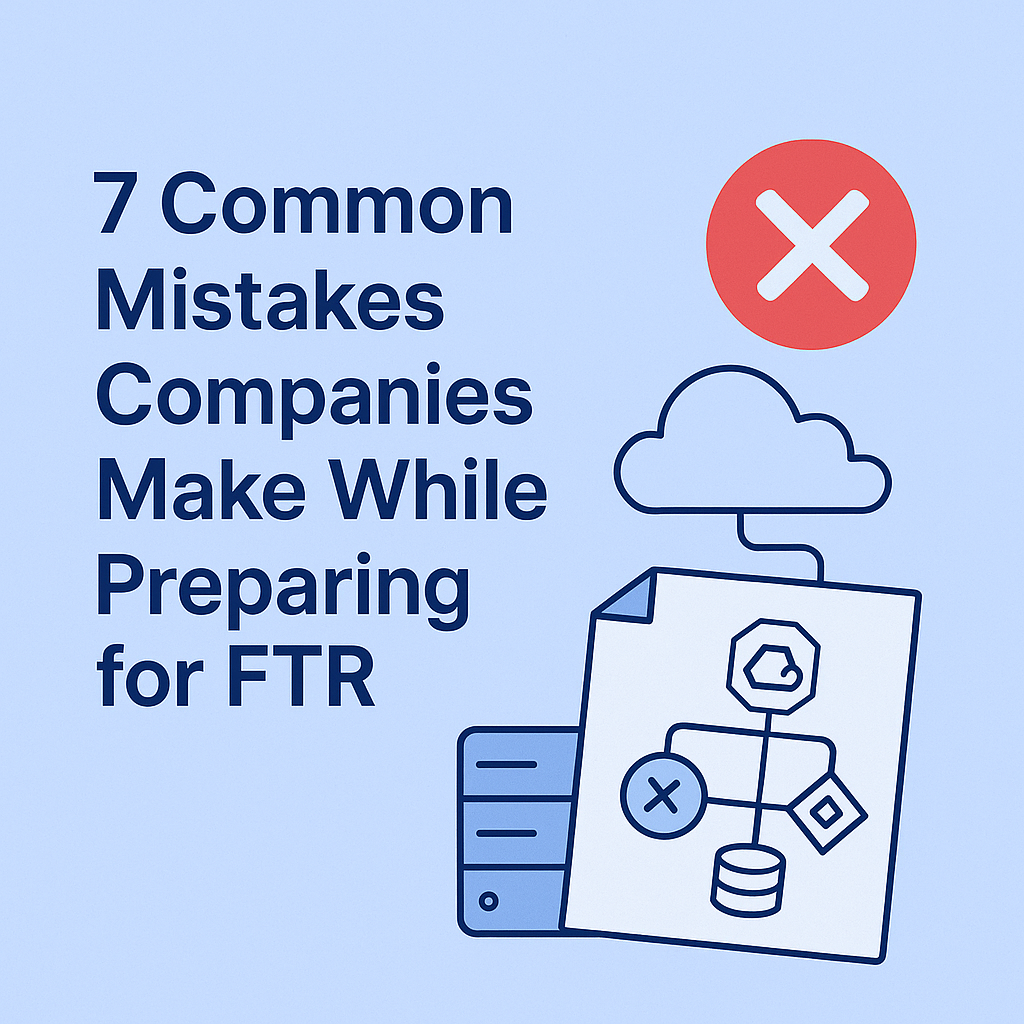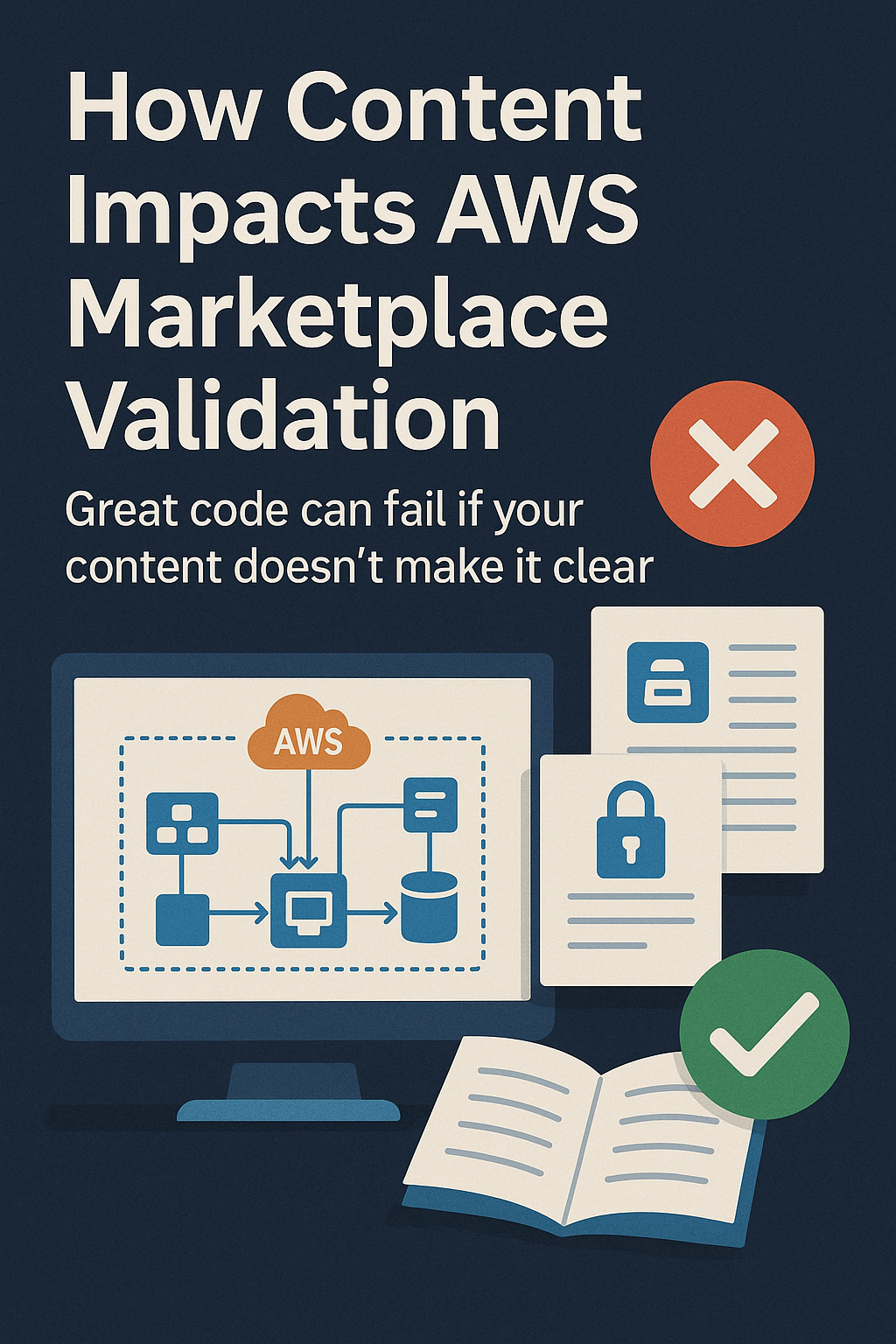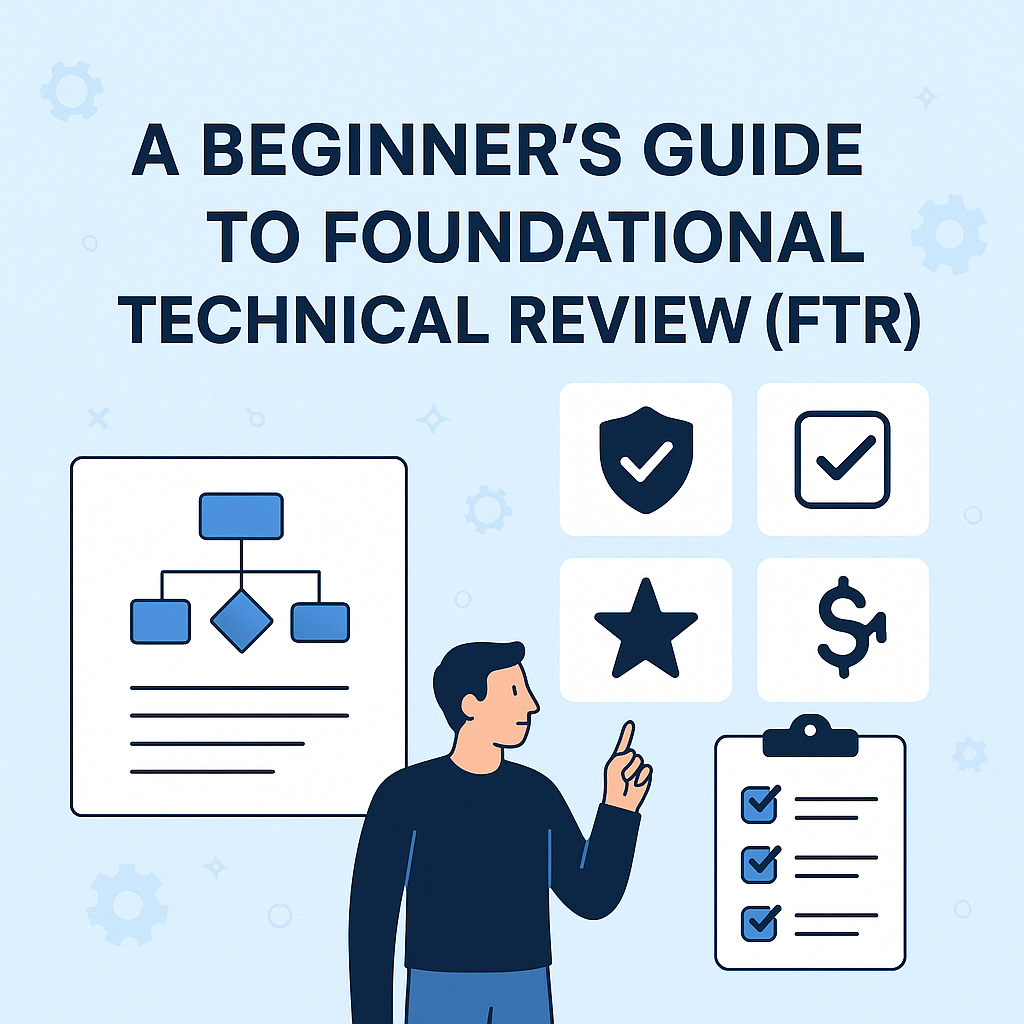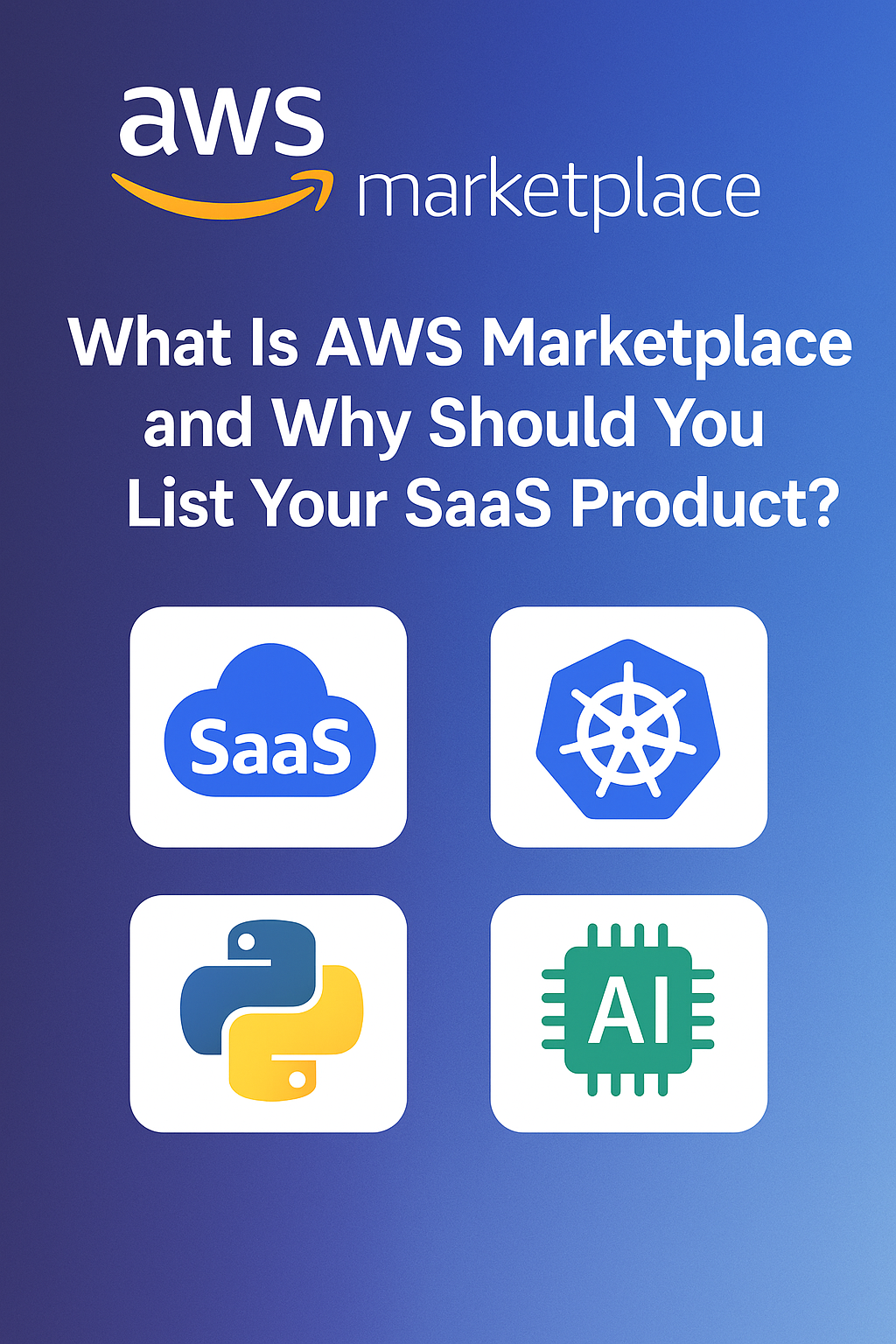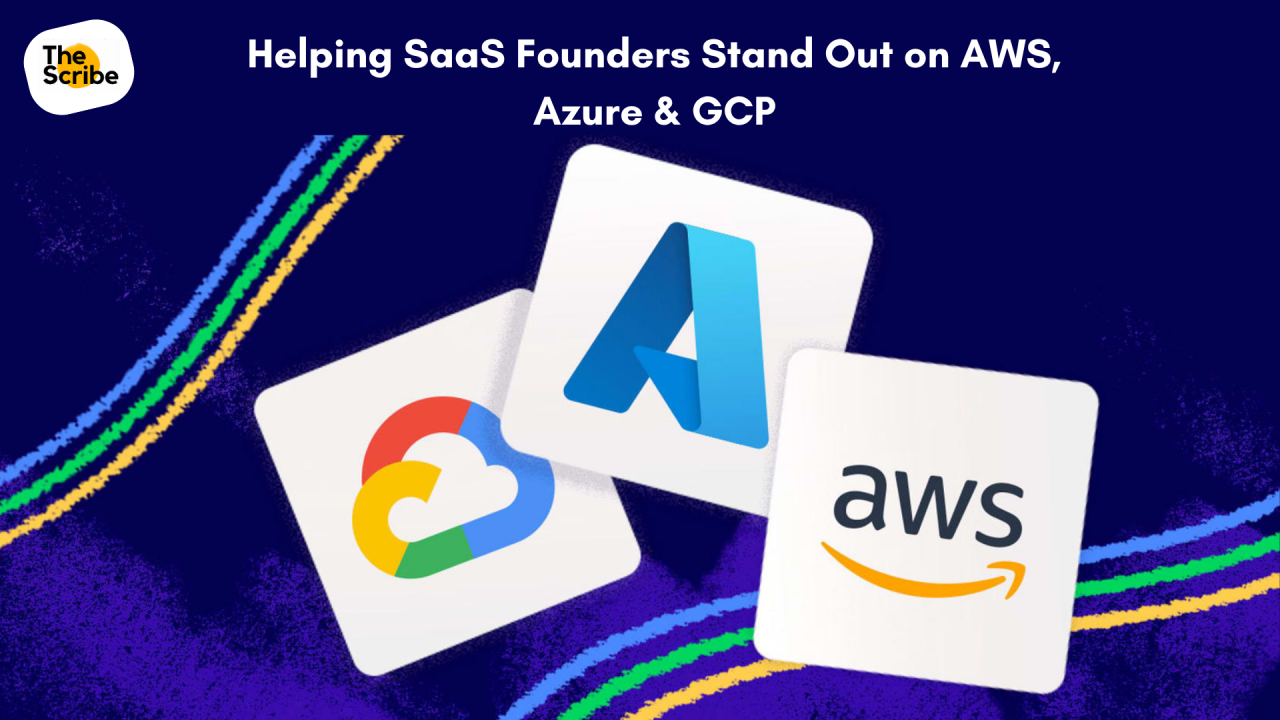The one-pager that proves you’re not just ready to sell but ready to scale with AWS
Introduction
If you’re working with your AWS Partner Manager on Co-Sell activation, they’ll eventually ask for a Project Charter.
But what is it?
Unlike technical documentation, a Project Charter isn’t about deployment; it’s about alignment.
It’s your business case to AWS:
“Here’s the customer, the problem, the solution we’re deploying on AWS, and why it matters.”
This document plays a key role in unlocking Co-Sell support, Marketplace acceleration, and partner credibility. Here’s how to get it right.
What Is an AWS Project Charter?
It’s a 1–2 page document that summarizes:
- A real (or target) customer use case
- The pain point being addressed
- How your solution (on AWS) solves that problem
- What AWS services are involved
- What the expected outcomes are
- And why this engagement matters to AWS
It helps AWS teams understand:
- What you’re selling
- Who it’s for
- How they can help you co-sell it
- And how it aligns with AWS GTM and revenue targets
Key Components of a Co-Sell Ready Charter
| S.No. | Section | What to Include |
|---|---|---|
| 1. | Customer Context | Company profile, region, industry, and why they’re a fit |
| 2. | Problem Statement | Pain point, gap, or challenge they’re facing |
| 3. | Proposed Solution | What your product is, how it runs on AWS, and why it’s a good fit |
| 4. | AWS Services Used | Clear list of AWS components leveraged in the solution |
| 5. | Expected Outcomes | Quantified or qualified results (performance, cost, risk, etc.) |
| 6. | Timeline / Deployment Plan | Milestones or GTM stages (e.g., pilot, scale, handoff) |
| 7. | Ask for AWS | What kind of support you want—e.g., Account Manager intro, POC credits, etc. |
How to Write It Effectively
- Use clear, non-technical language
- Avoid acronyms unless they’re AWS-specific
- Highlight business outcomes, not just technical goals
- Tie the solution to AWS GTM priorities (e.g., AI/ML, security, modernization)
- Use real or anonymized customer stories for credibility
Common Mistakes
- Too much jargon (“Our orchestration layer uses X to automate Y…”)
- No AWS services listed—makes the solution look ungrounded
- Unclear target customer— “anyone in finance” doesn’t work
- No clear call to action for AWS
- Generic value statements without real data or timelines
Tip: Your charter should feel like a pitch deck distilled into two pages—tight, persuasive, and AWS-aligned.
Real Example (Sanitized)
A regional healthcare startup needed secure document-sharing compliant with HIPAA.
We deployed our product on AWS using S3, KMS, and CloudTrail to ensure secure storage, encryption, and audit logging.
AWS Co-Sell support helped us land 3 pilot accounts in under 60 days—with 2 converting to multi-year contracts.
We’re now expanding to public-sector clients in 2 additional regions.
That’s a Co-Sell story AWS can run with.
Conclusion
The Project Charter is your “executive summary” for AWS.
It tells them:
- Who your product serves
- How it solves real problems
- Where AWS fits in
- And what kind of support you’re looking for
Done right, it becomes a launchpad—not just for one deal, but for a Co-Sell motion that scales.
Need a Project Charter drafted for your AWS Partner Manager or Co-Sell path?
Contact us for more details
